Knotless braids have taken the beauty and hairstyling world by storm, offering a chic alternative to traditional braiding techniques. Their appeal lies in the promise of a less painful installation process and more comfortable wear. But when people ask, "are knotless braids really knotless?", it sparks debates among hair enthusiasts and professionals alike. Are these braids devoid of knots, or is it a clever marketing term requiring further unraveling? In this article, we delve into the intricacies of knotless braids to uncover the reality behind their name.
Understanding Braids and Knots
To fully appreciate the concept of knotless braids, we must first define what a knot means in the context of hair styling. Traditional braiding often involves tying the hair into a knot at the base to secure the extension and begin the braiding process. This knot serves as an anchor, holding the braid in place but also creating tension at the scalp.
Knotless braids, on the other hand, claim to eliminate this initial knot. Instead, they start with your natural hair and gradually feed in the braiding hair, giving the illusion that the braid grows directly from the scalp without any visible knots.
The Knotless Braid Technique
Creating knotless braids is an intricate process that requires both skill and patience. Unlike traditional box braids that start with a small knot to secure the added hair, knotless braids begin with your natural hair. A section is parted and braided for a few stitches before pieces of braiding hair are added in small increments. This technique provides an easier transition and a flatter appearance at the roots.
The process continues down the length of the hair, with additional synthetic hair fed in to create a seamless braid that gradually increases in thickness. This method not only gives the appearance of knotless braids but also distributes the weight of the extensions more evenly, resulting in less tension.
The Myth of "Knotlessness"
The term "knotless" in knotless braids may suggest a complete absence of knots, which can be somewhat misleading. While the technique does not employ the traditional knot used to secure the braid at the base, there is a nuanced form of knotting involved in the process.
The Subtle Anchoring Technique
In knotless braids, hair is added in small sections as the braid progresses down the scalp. This method does create a form of anchor. Still, instead of a single, bulky knot, the extension hair is integrated so that it is anchored along the braid. This is achieved through a methodical and strategic placement of the hair, which is then intertwined with the natural hair, creating a secure base without needing a knot.
Clarifying the Terminology
The term "knotless" refers more to the absence of the conspicuous and often uncomfortable knots at the base of each braid seen in traditional braiding styles. It is a descriptor of the result – a braid that lies flat and smooth at the scalp without the usual lump that a knot creates.
You May Also Like: What are knotless braids >>
The Art of 'Invisible' Knots
The hairstylist's skill plays significantly in creating the illusion of knotlessness. The stylist must carefully balance the tension with which they add new pieces of hair to the braid to ensure it is secure but not tight to the point of discomfort. The 'knots' in this sense are present but are worked into the braid in such a way that they are effectively invisible, both to the eye and to the touch.
The Evolution of the Term
The popularity of knotless braids has expanded, as has our understanding of what the phrase means. Clients may have been confused or even disappointed when they discovered that knotless braids were not knot-free. However, as the benefits of the style have become more commonly acknowledged, the phrase "knotless" refers to a braiding technique that emphasizes comfort and natural appearance rather than a literal lack of knots.
JALIZA Wig Store stands as a testament to the beauty and versatility of black women's hair, offering an extensive selection of wig products that cater to the diverse preferences of our clientele. Our braid wigs are particularly popular for their realistic appearance and the detailed attention given to their construction. 
Benefits of Knotless Braids
Knotless braids offer a variety of benefits that extend beyond their initial appeal of being less painful and more comfortable than traditional braids.
Reduced Tension and Scalp Stress
Knotless braids alleviate scalp strain, which is one of its main advantages. Because the technique avoids the tight knot at the base of traditional braids, there is less pulling on the hair follicles, which can prevent headaches and discomfort often associated with more closed braiding styles. This tension reduction makes the installation process more bearable and promotes a healthier scalp environment.
Natural Look and Feel
Knotless braids have a more natural appearance as they lay flat against the scalp without the bulkiness of a knot. This results in a smooth transition from natural hair to braid, which many people find more appealing. The technique allows the braids to move more freely, mimicking the movement of natural, unbraided hair. This natural drape can make knotless braids a preferable option for those seeking a style that closely resembles their natural hair texture and behavior.You May Also Like: How many packs of hair for knotless braids >>
Versatility in Styling
Knotless braids offer versatility in styling options. Without the bulk of knots, pulling the braids into updos, ponytails, and other hairstyles is easier without discomfort. The flatter base of the braid makes it simpler to create a variety of looks without the constraint of hiding or accommodating bulky knots.
Overall, knotless braids are an appealing alternative for people seeking a protective style that has the aesthetics of conventional braids but has some related downsides. Their advantages go beyond beauty, providing genuine benefits for hair health and comfort, making them an increasingly popular choice among individuals who want to keep their hair's integrity while enjoying the diversity of braided designs.
You May Also Like: How long does it take to do knotless braids >>
Potential Drawbacks
Despite their advantages, knotless braids have several downsides. Installing knotless braids can take longer because of the meticulous and progressive feeding in of hair. This increase in time naturally results in a higher expense in terms of stylist time and braiding hair used.
The skill level required for installing knotless braids is also typically higher than that for traditional braids. It takes a trained hand to seamlessly blend the extensions with natural hair, making it harder to find a qualified stylist and contributing to the higher cost.
Additionally, while many find that knotless braids last just as long as traditional braids, others note that they may require more maintenance to keep them looking neat without the initial securing knot. At JALIZA Wig Store, we recognize that individuality is key when it comes to hairstyling. That's why we've curated a comprehensive collection to include an array of wigs, ensuring that every customer finds their perfect match. Our knotless braided wig selection is meticulously designed to offer the classic braided look with a lightweight feel, perfect for those seeking a traditional style with a modern twist.
Conclusion
In conclusion, while knotless braids are not entirely devoid of knots, they represent a substantial advancement in braiding technology. The approach aimed to reduce the discomfort of traditional knots and produced a more comfortable and natural-looking braid. Despite their name, the complicated way of adding hair involves knotting, although it is less taxing on the scalp and hair.
Understanding the unique requirements of our customers, JALIZA Wig Store focuses on delivering quality and variety in every strand. Our platform showcases a rich variety of styles that range from the timeless elegance of small box braids wigs to the innovative design of knotless braided wigs. Each product is crafted to provide not only an exquisite look but also to ensure comfort and ease of wear.
Choosing between knotless and traditional braids ultimately depends on personal preference, hair health, and lifestyle. The benefits of knotless braids, particularly in terms of comfort and reduced tension, make them an attractive option for many. However, the higher cost, longer installation time, and potential need for more maintenance are factors to consider.


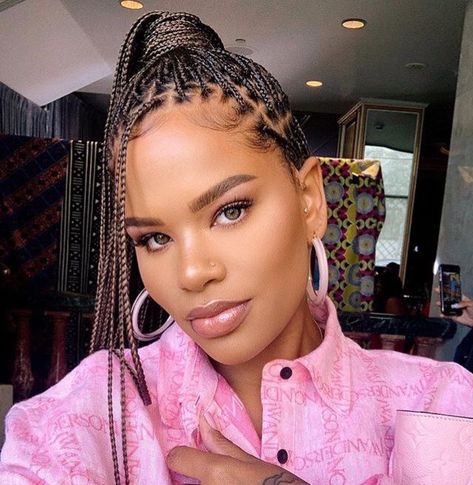
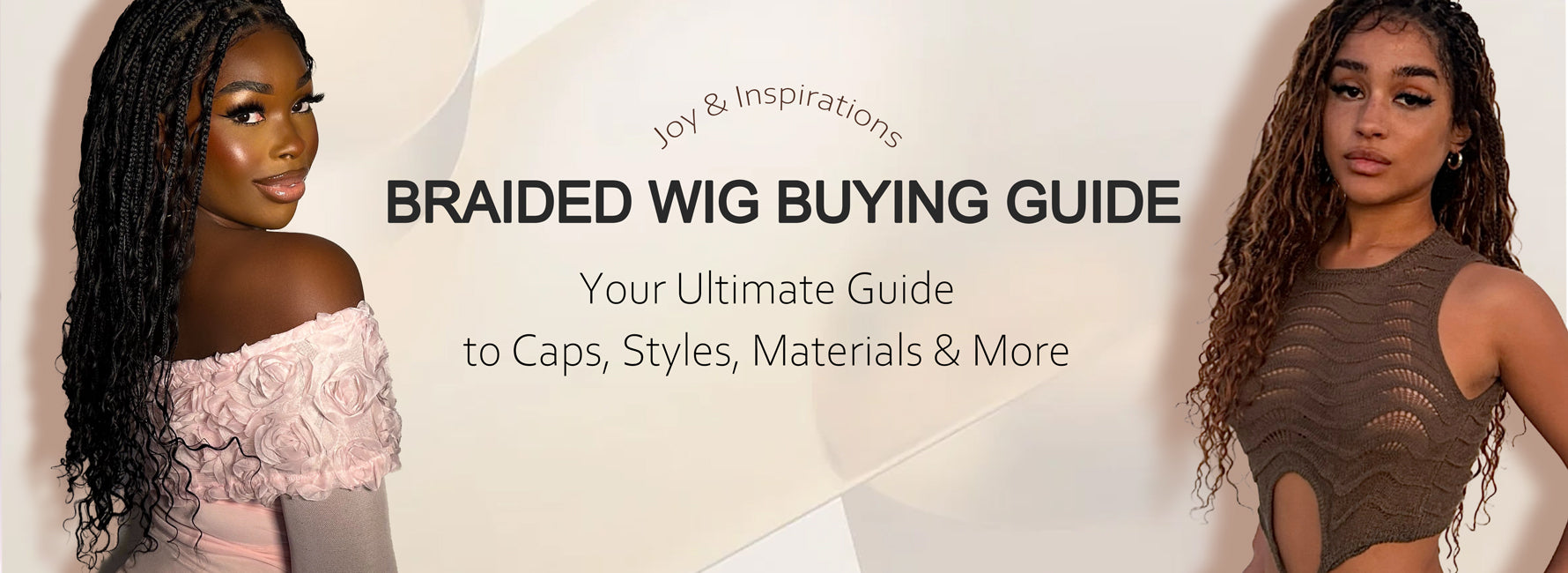
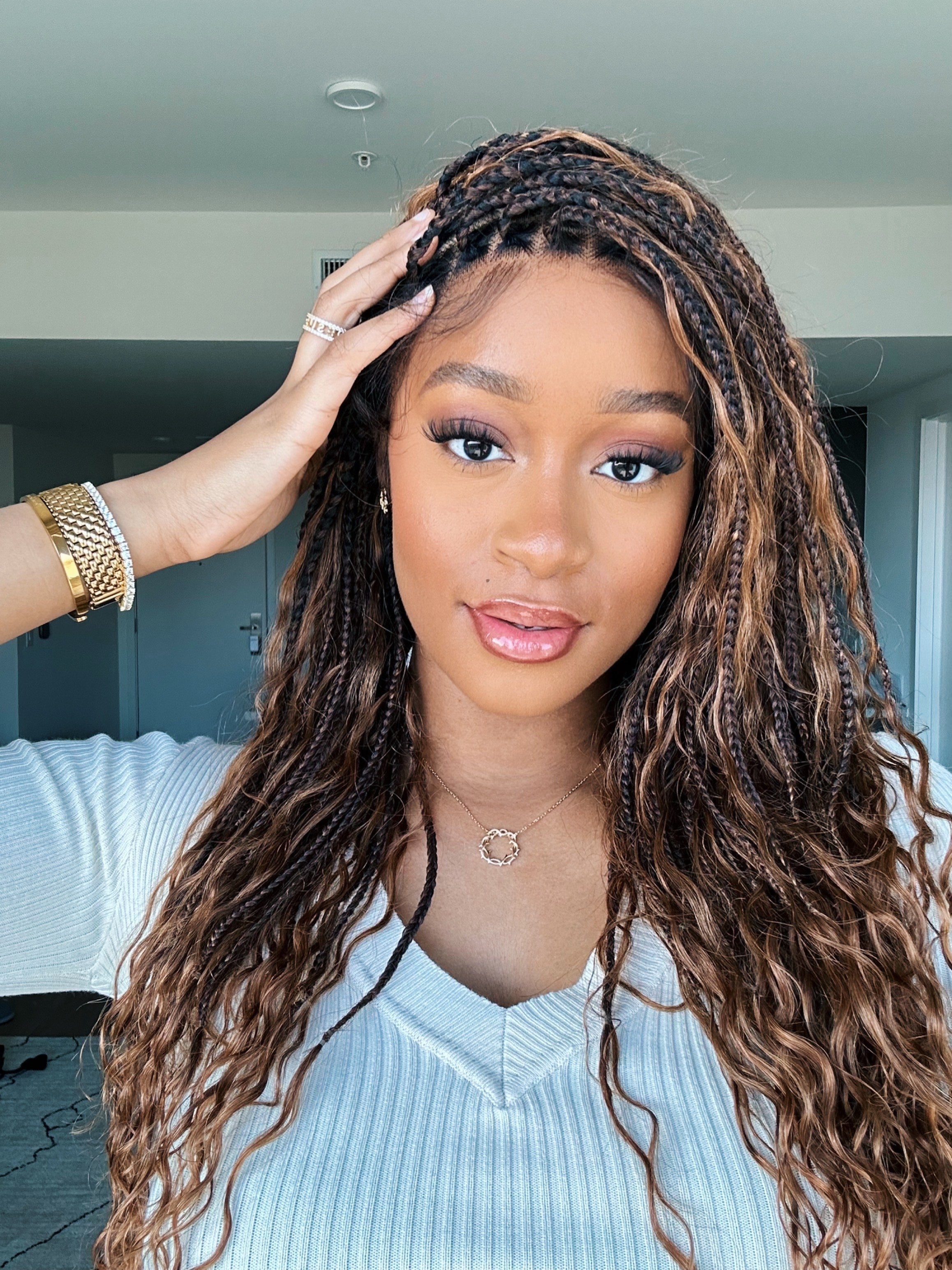

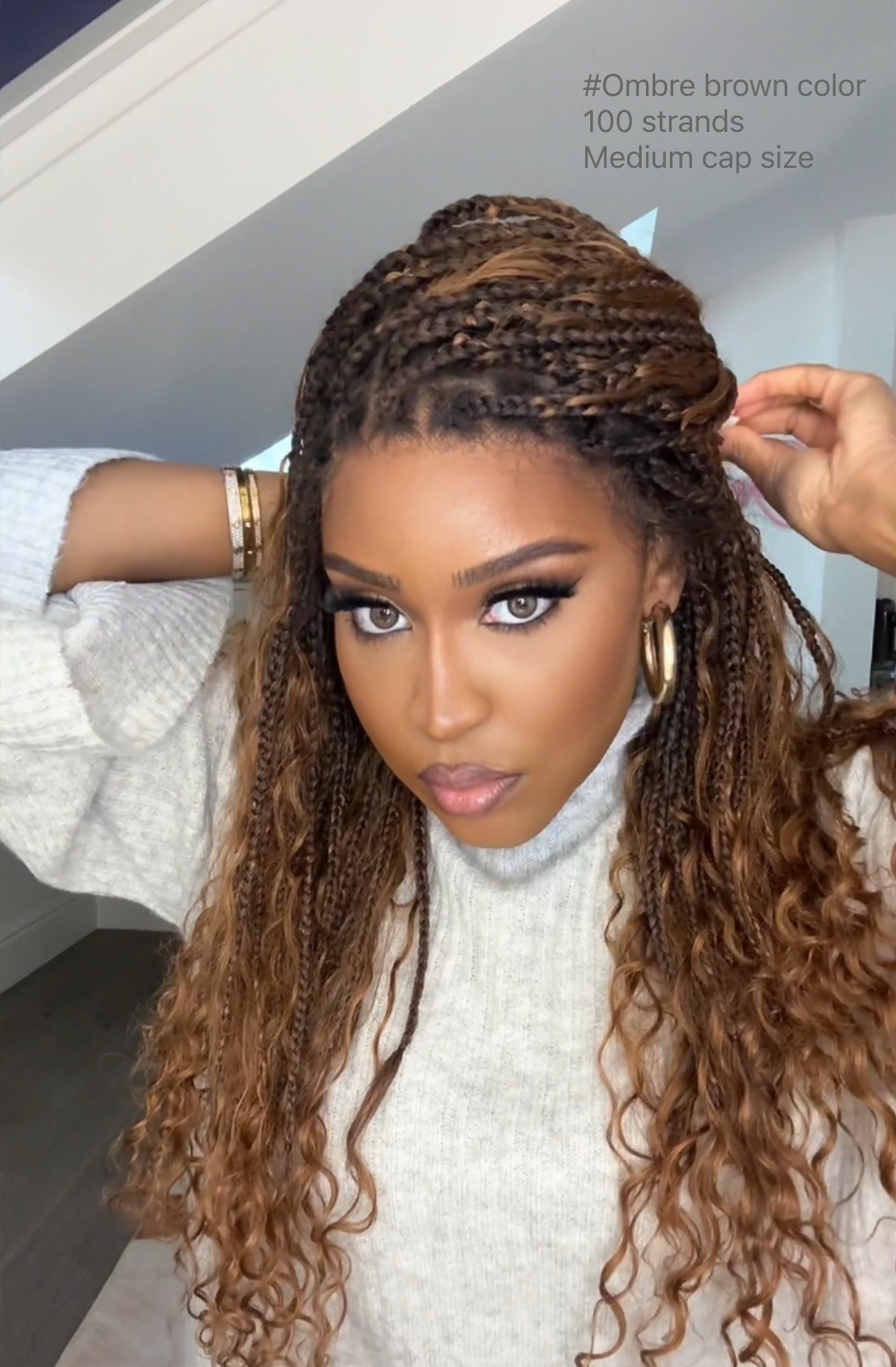
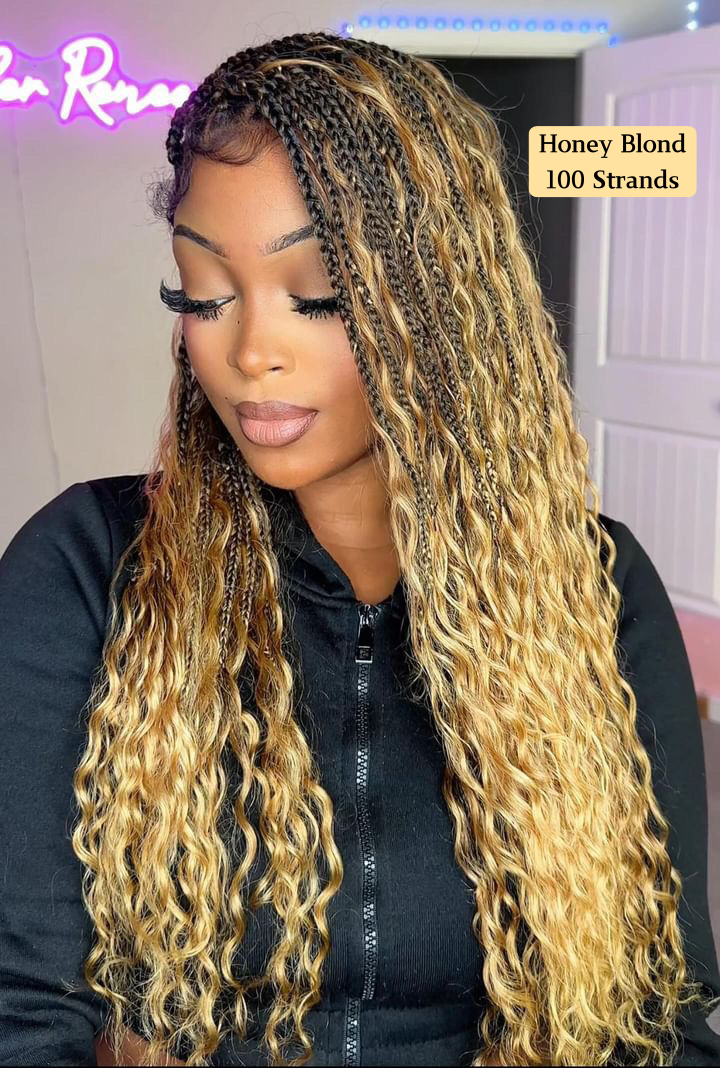
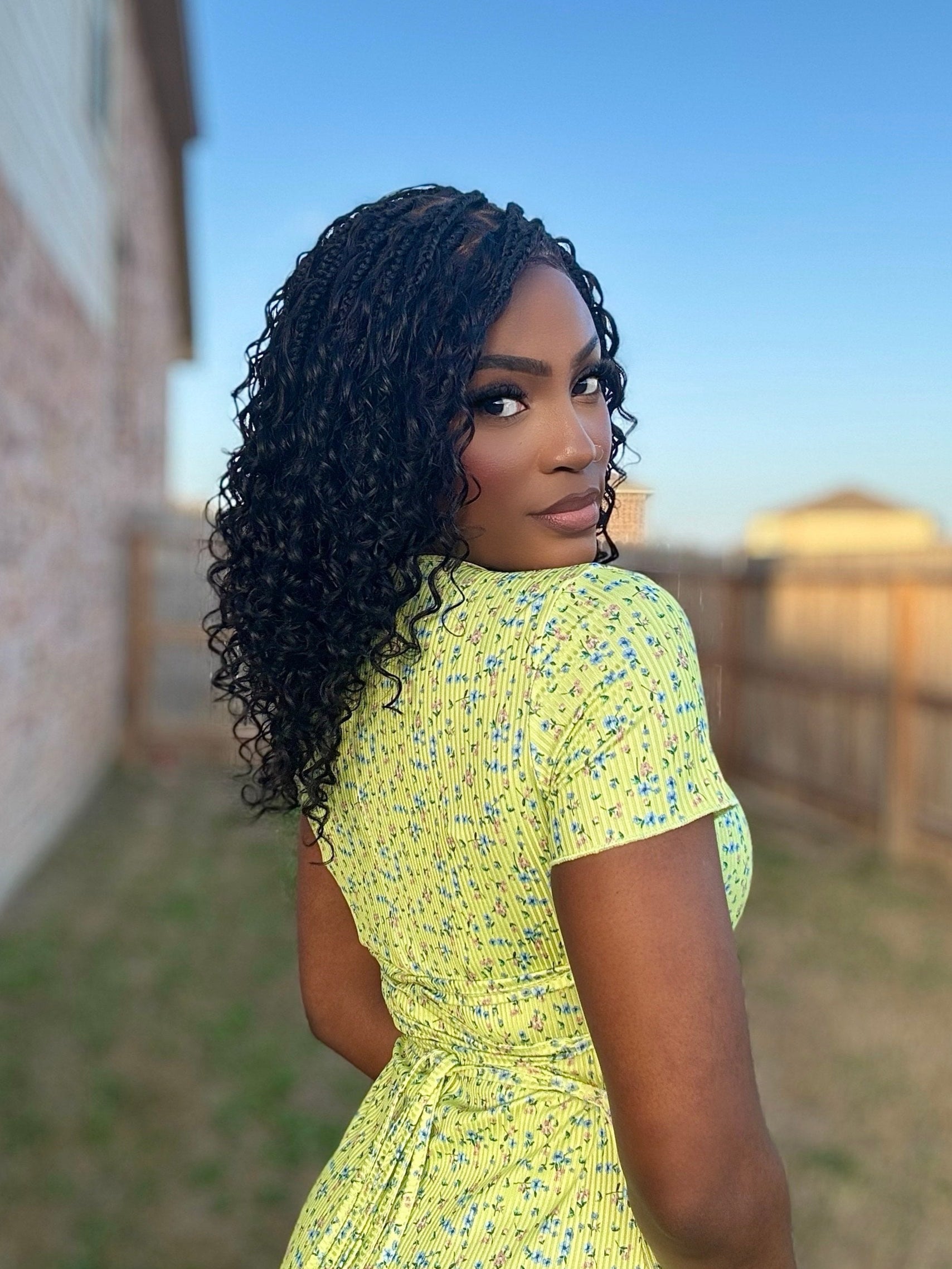
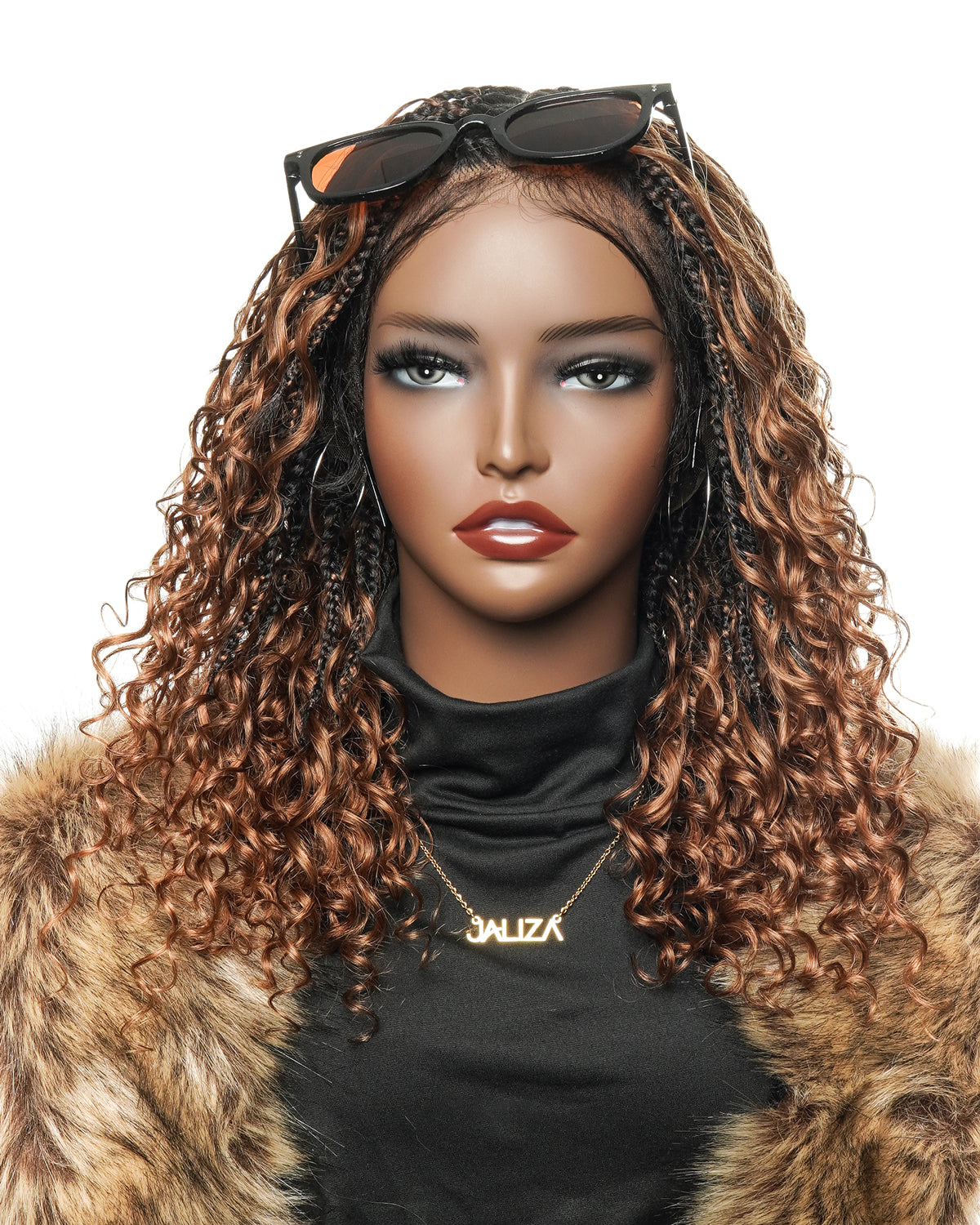
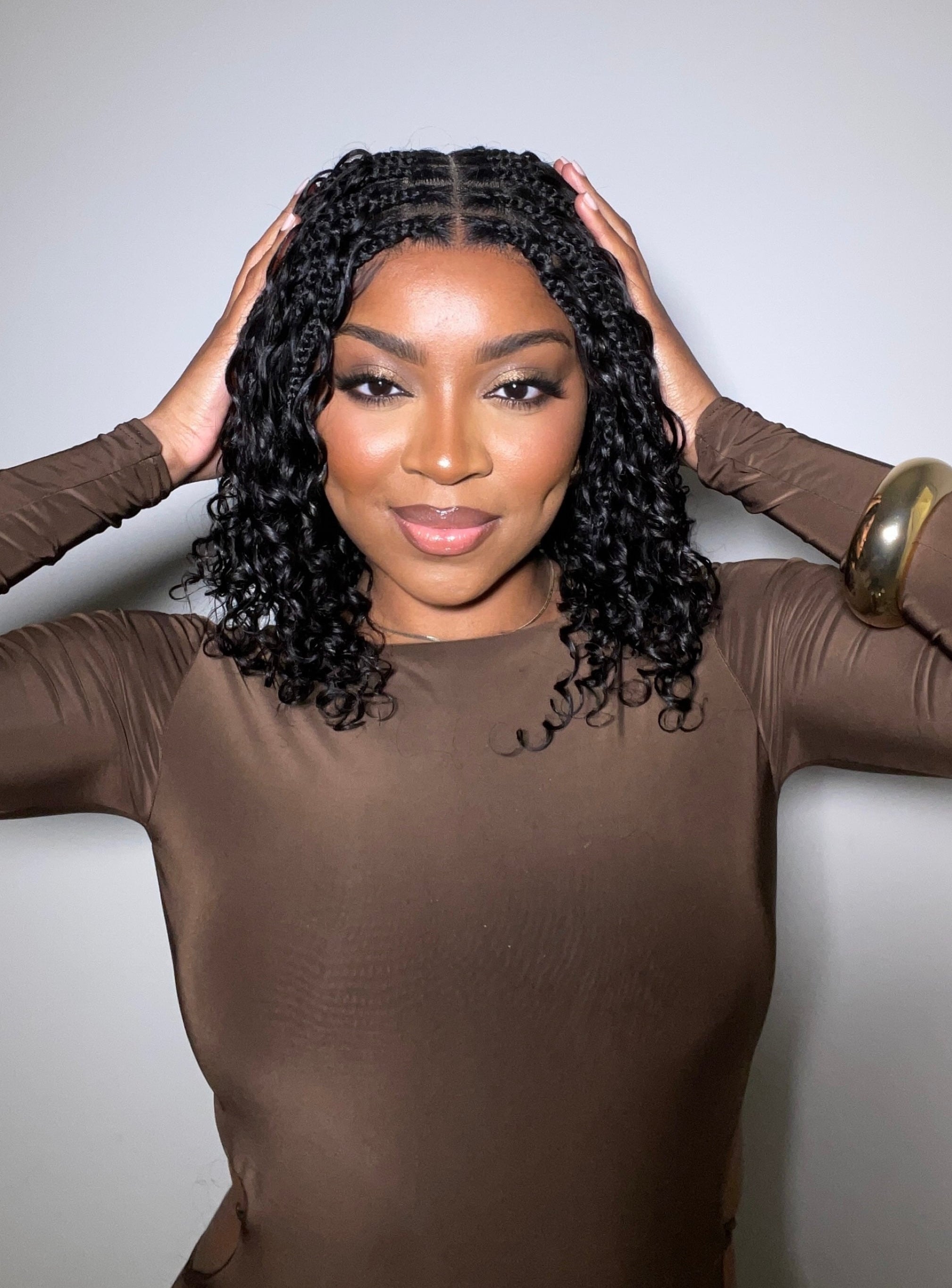
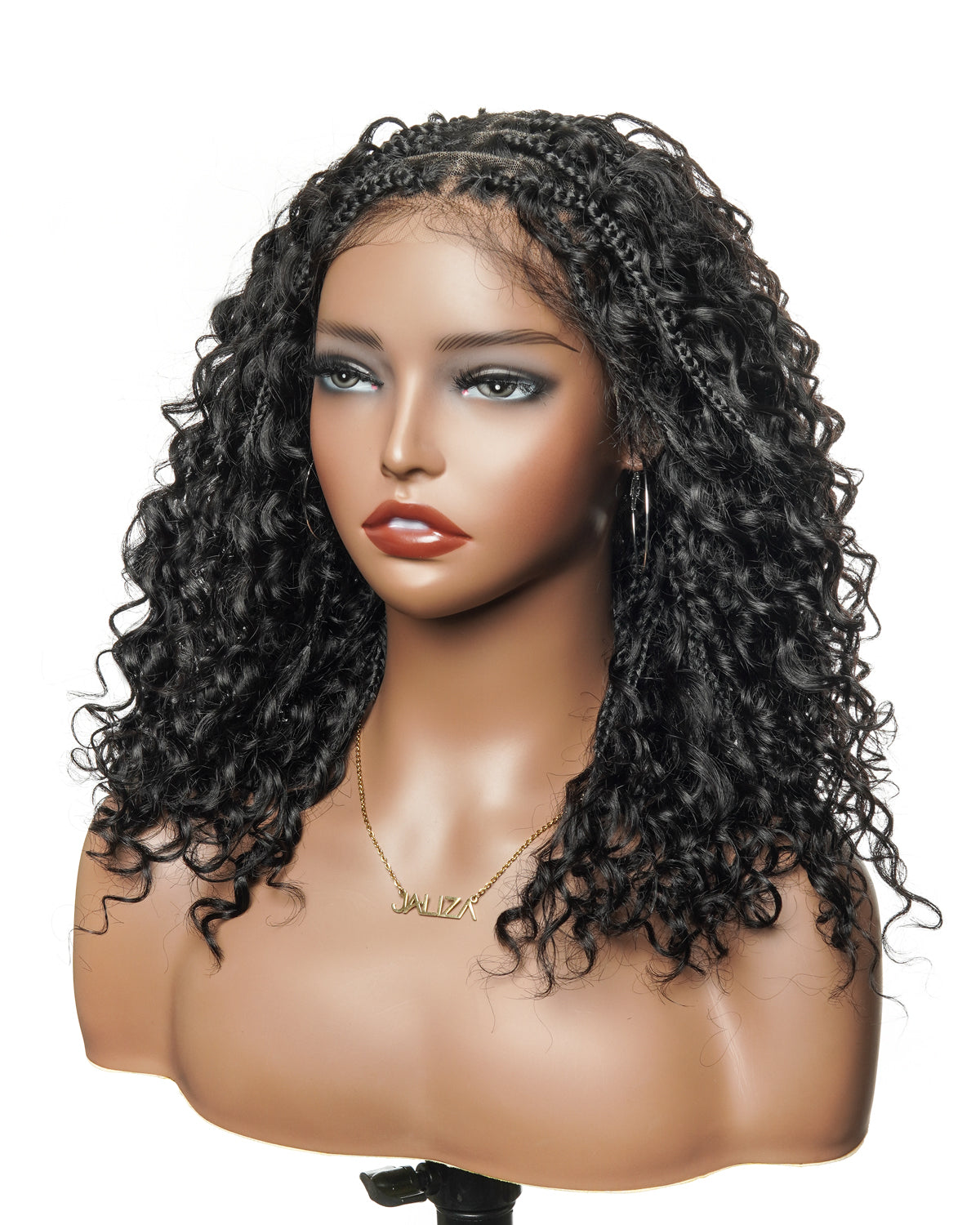




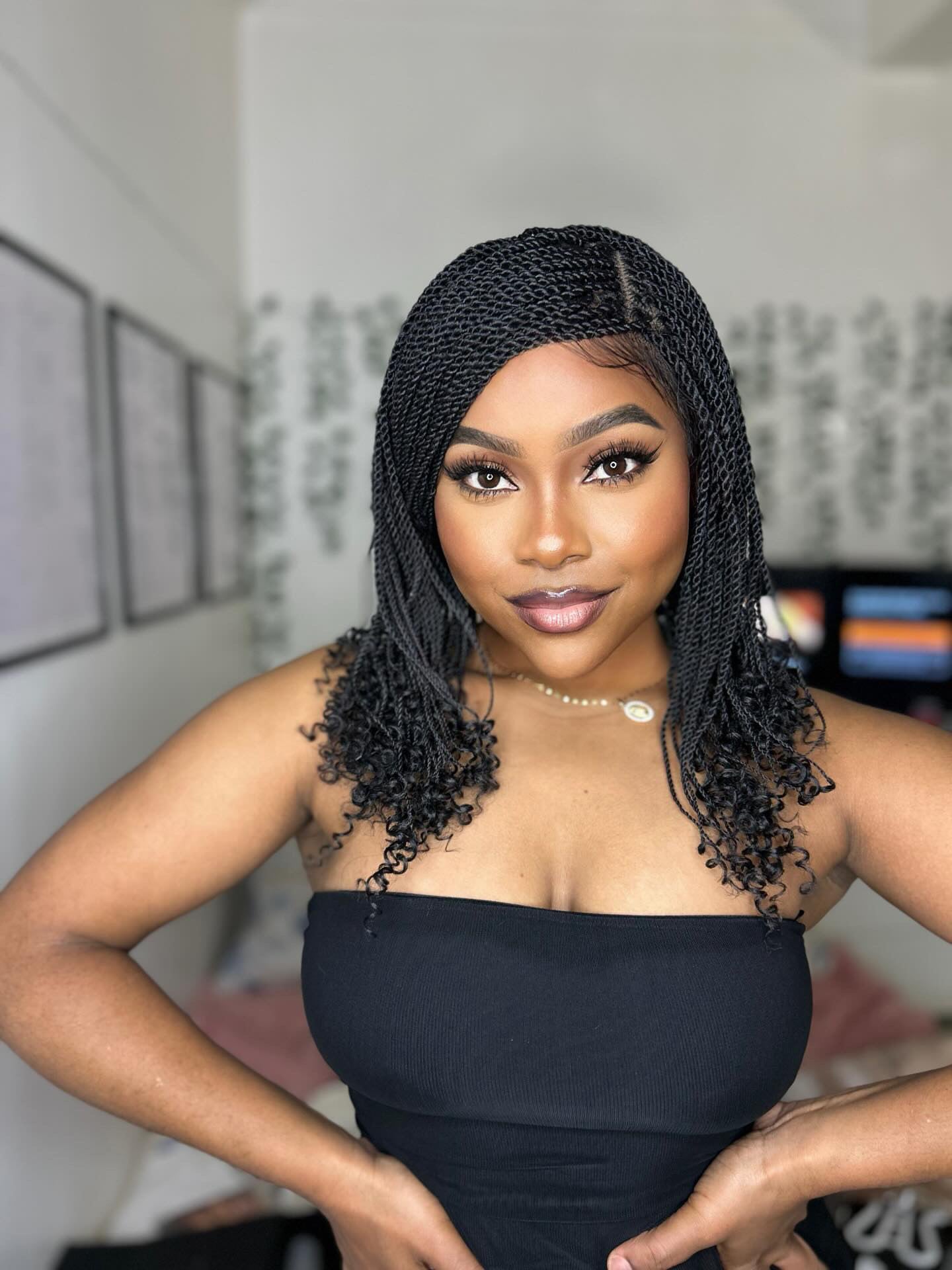
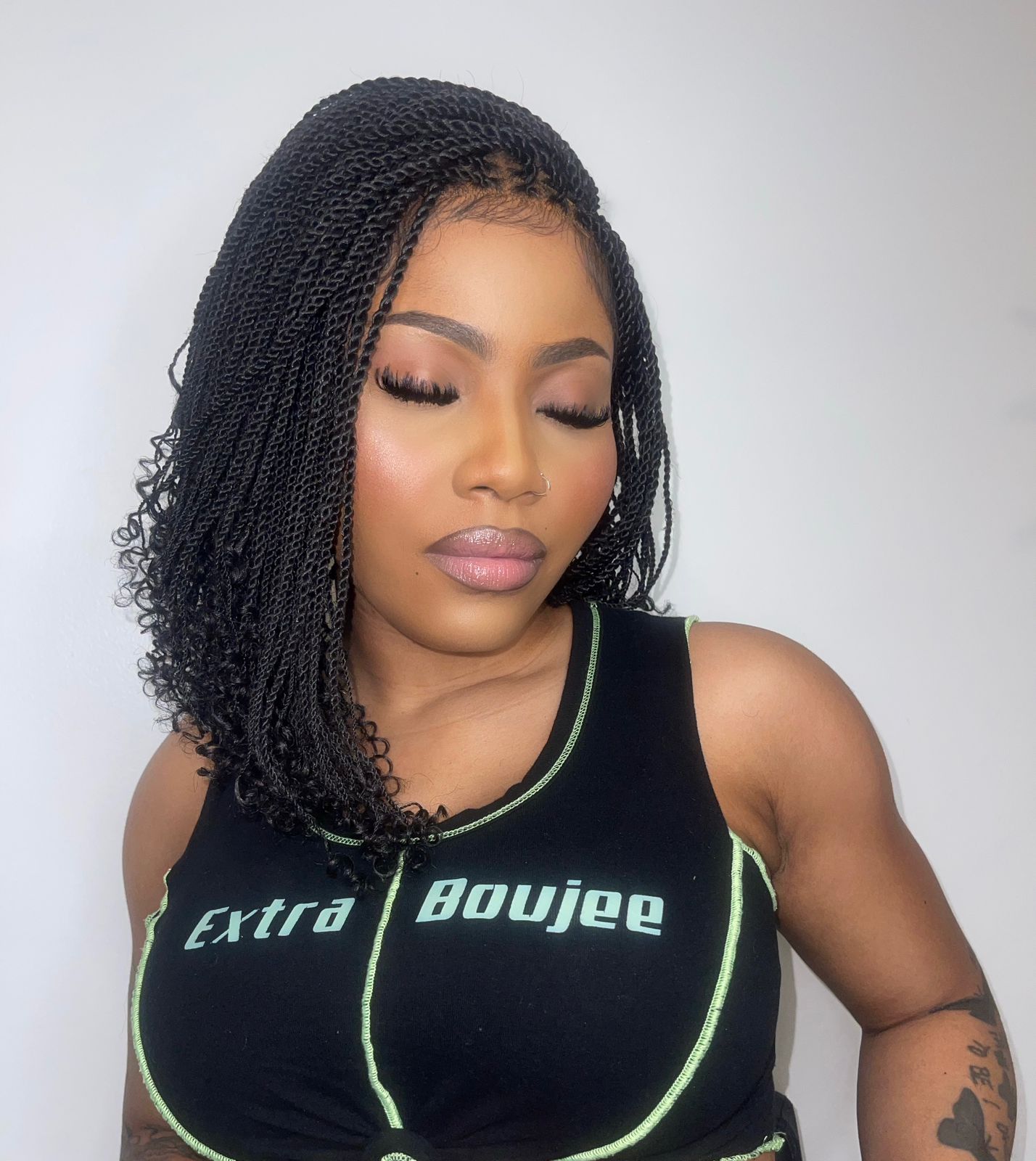
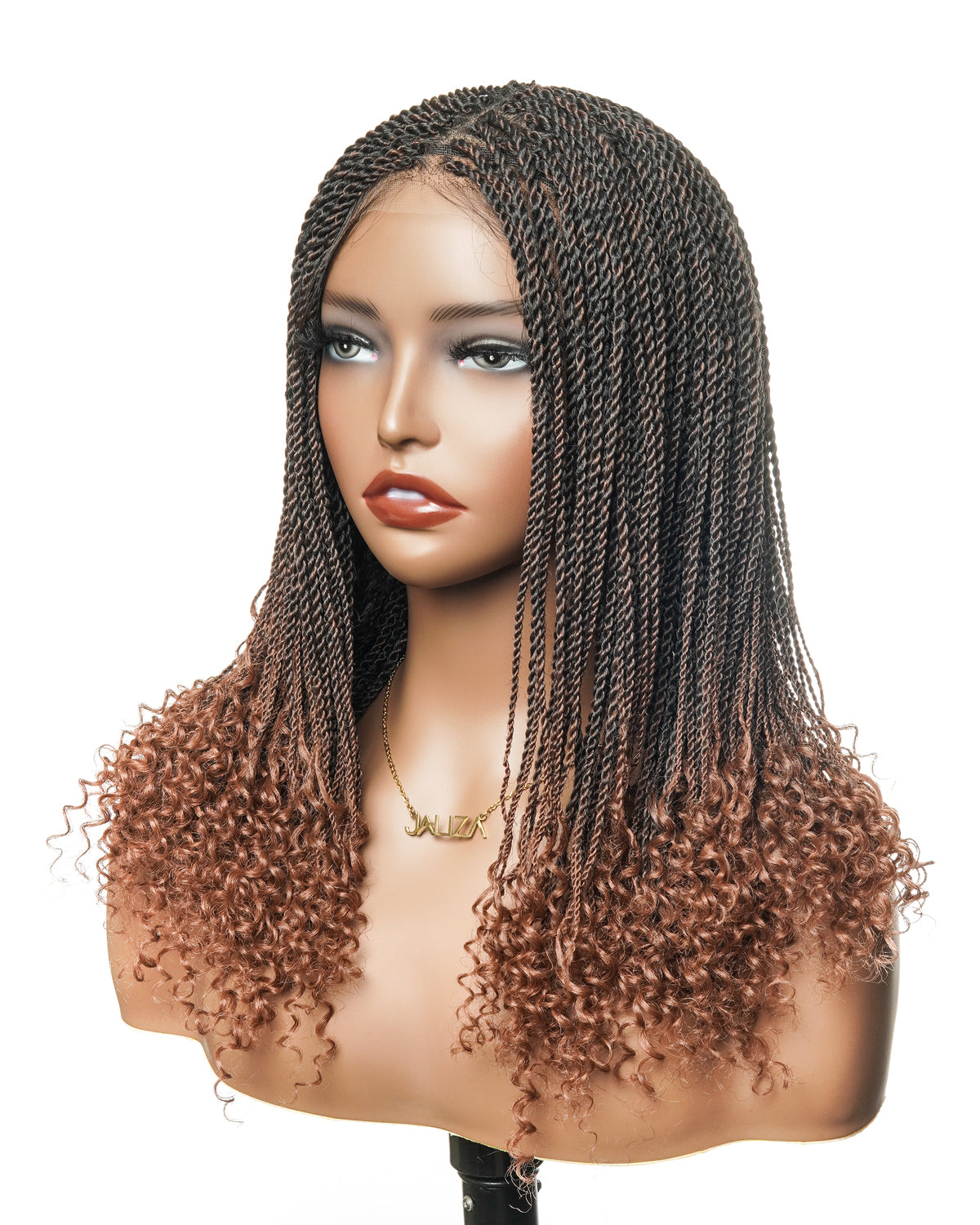
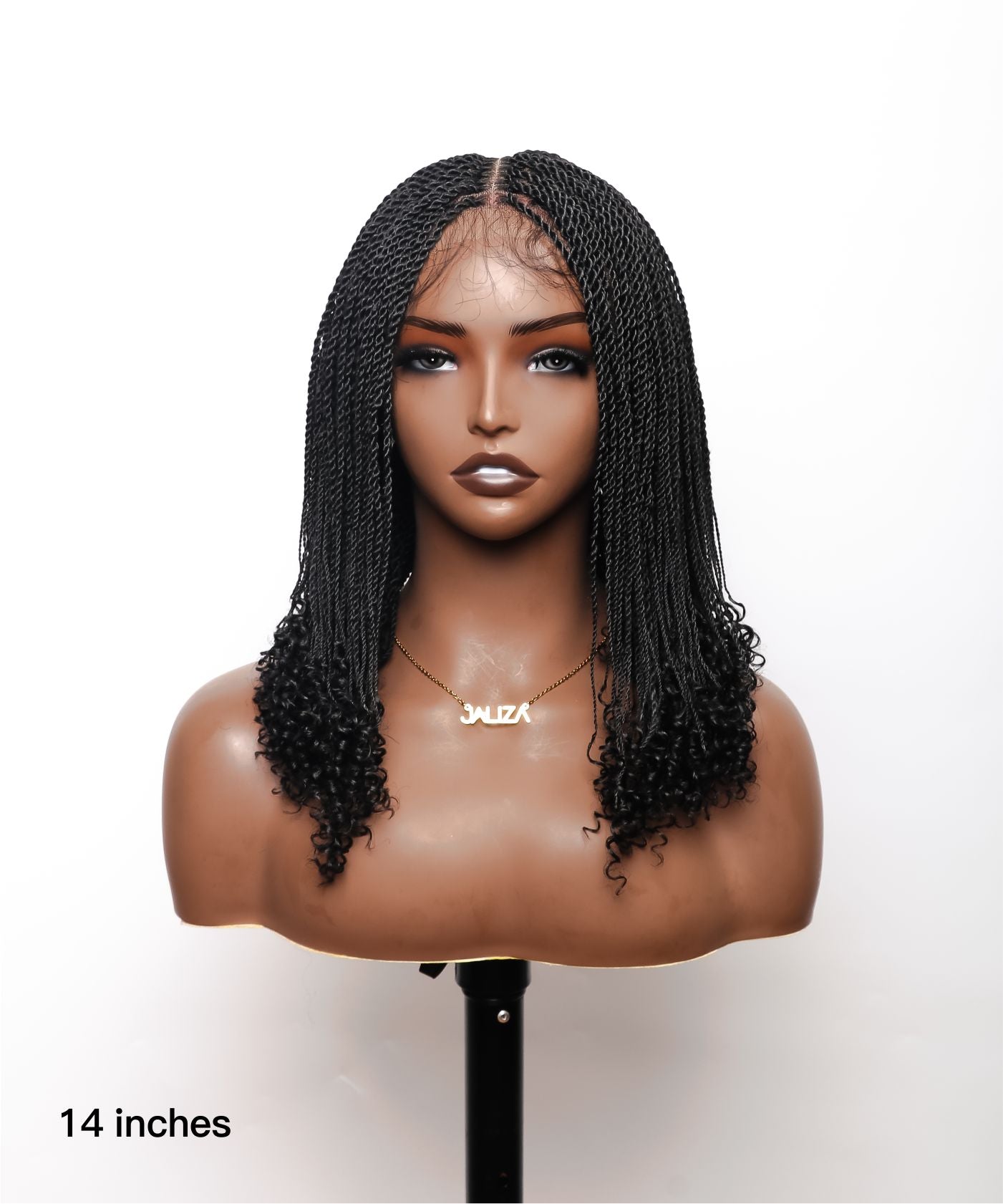
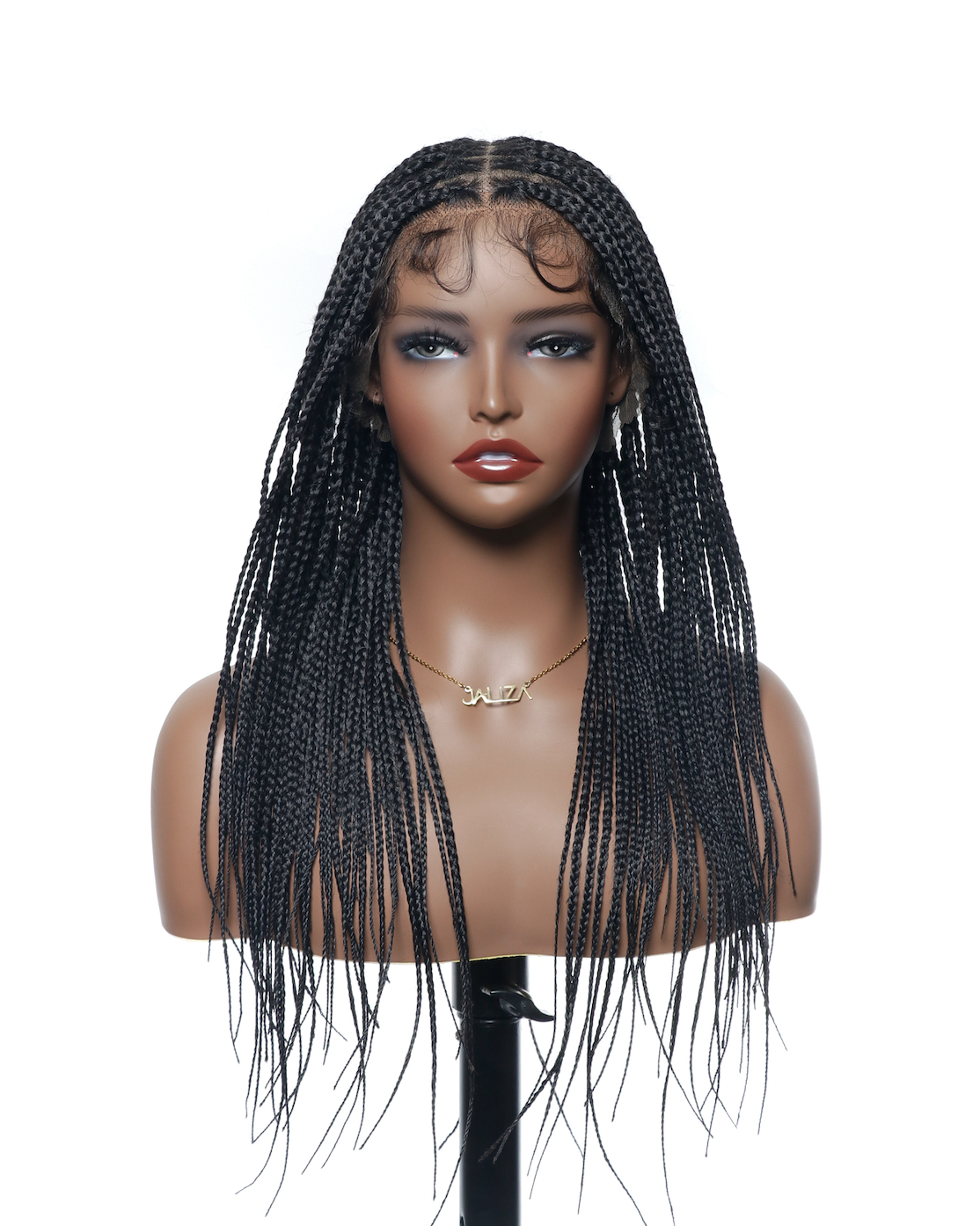
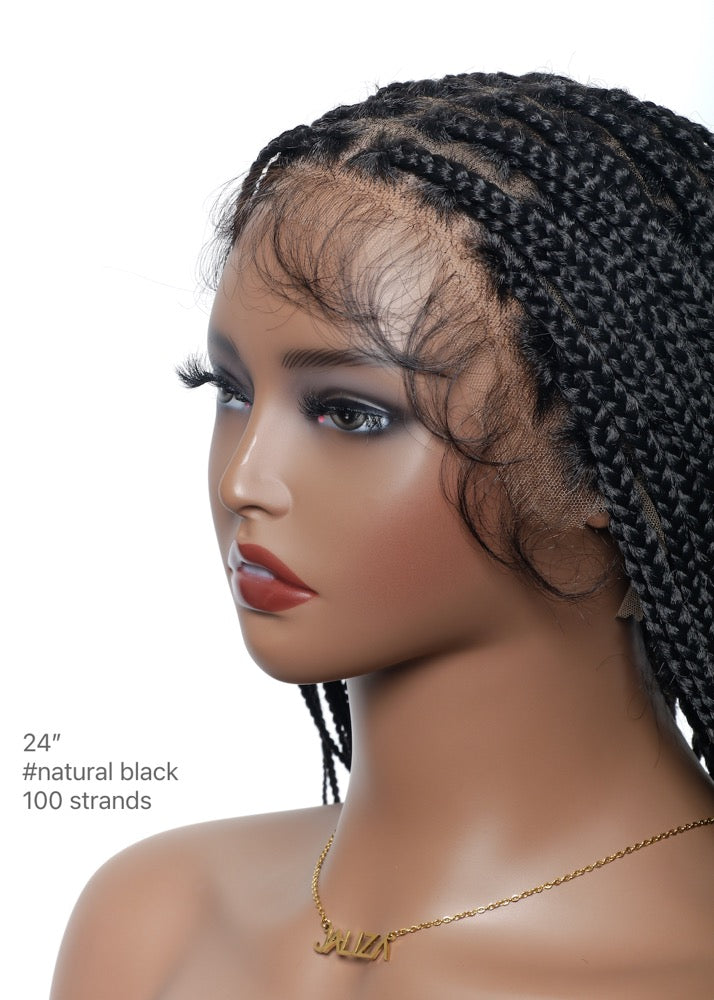
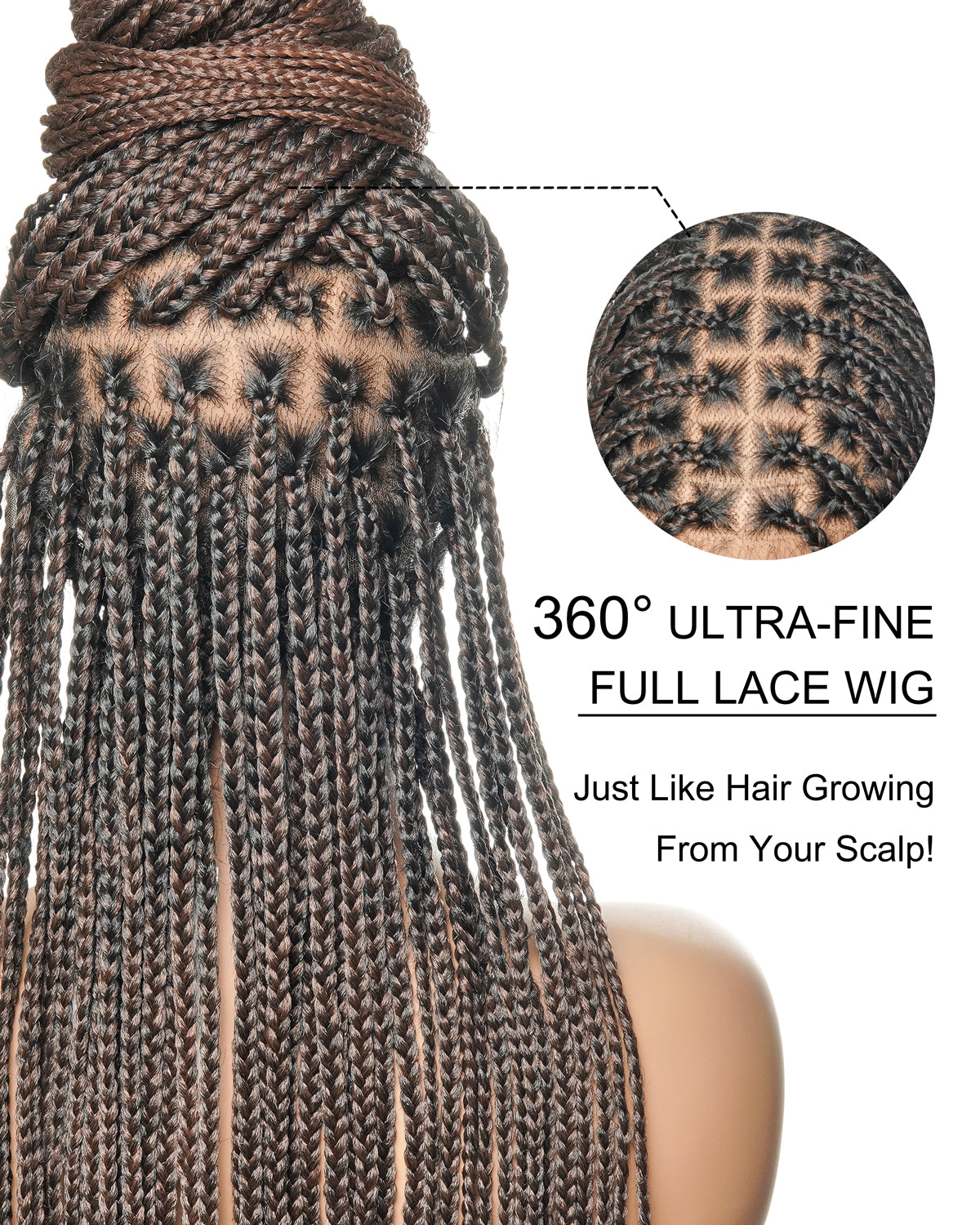
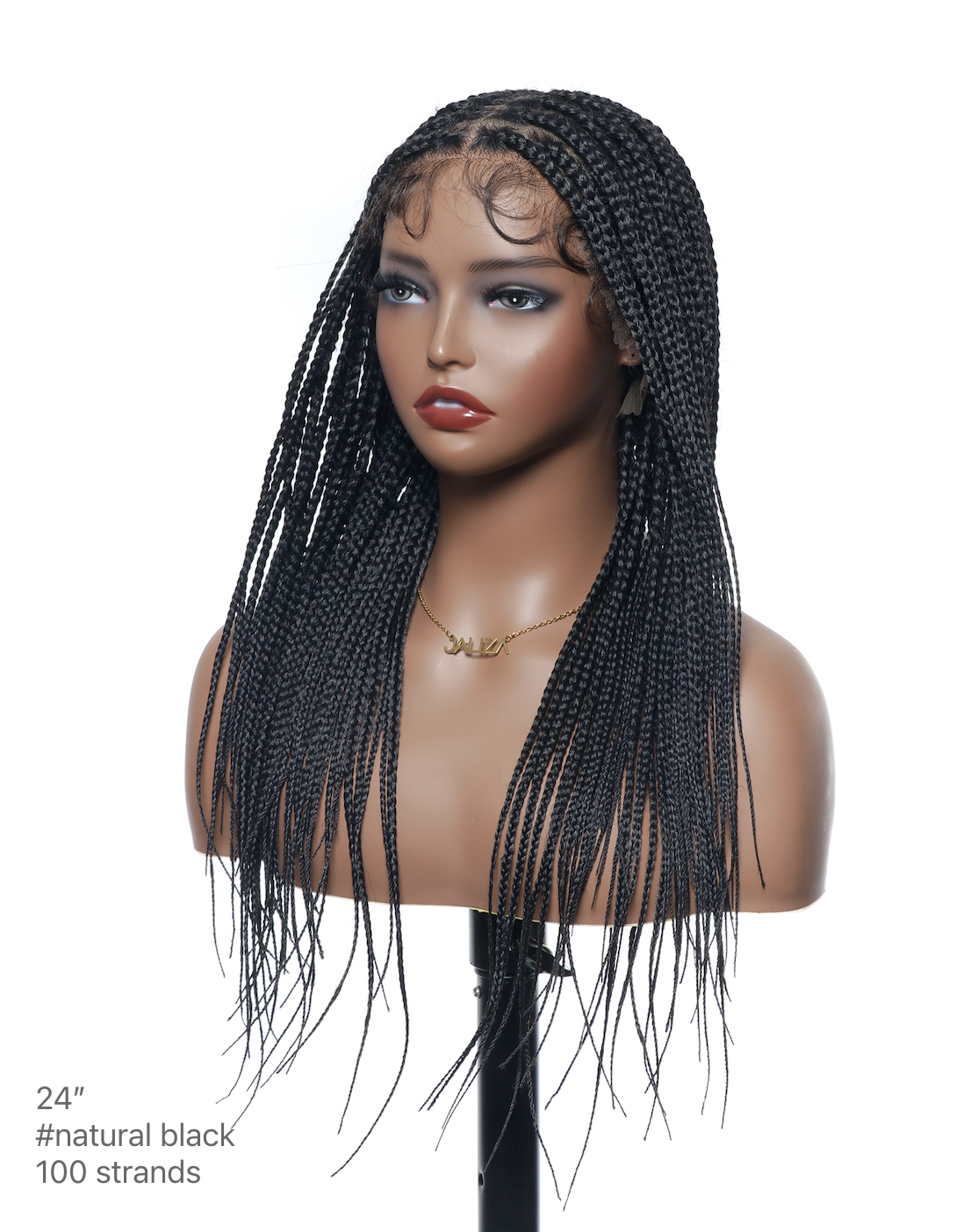
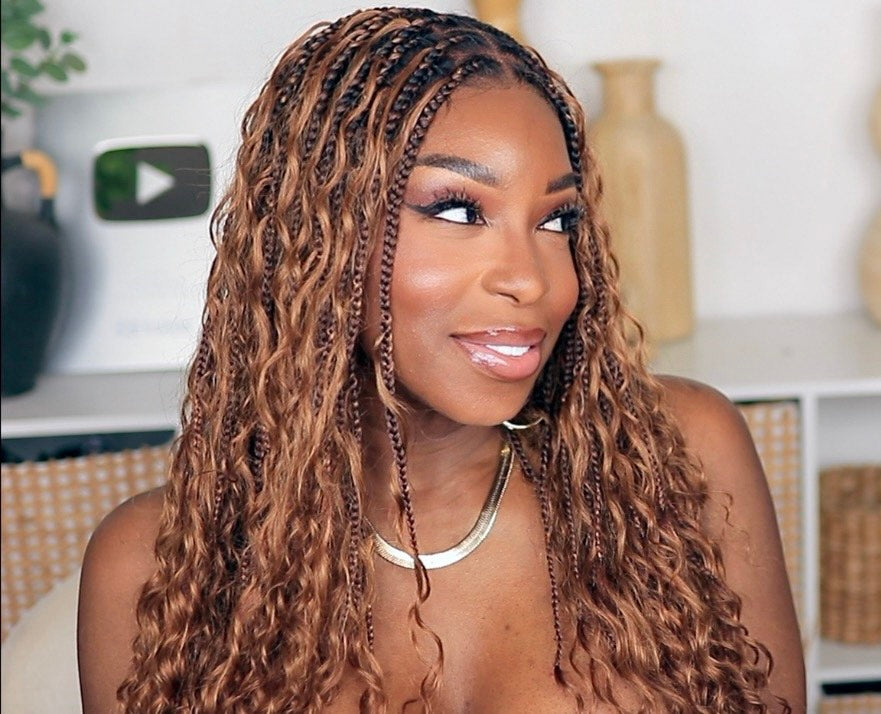
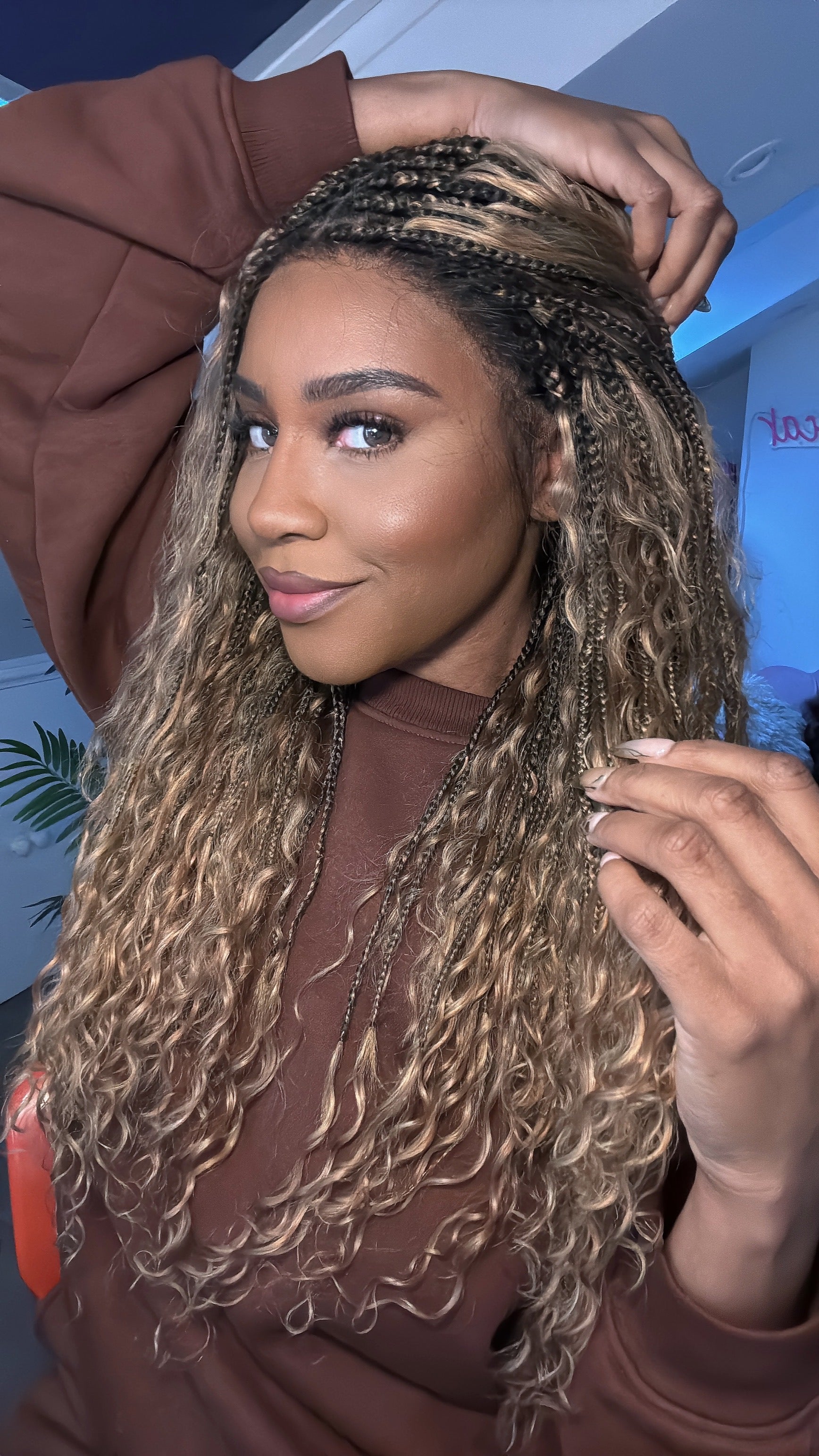
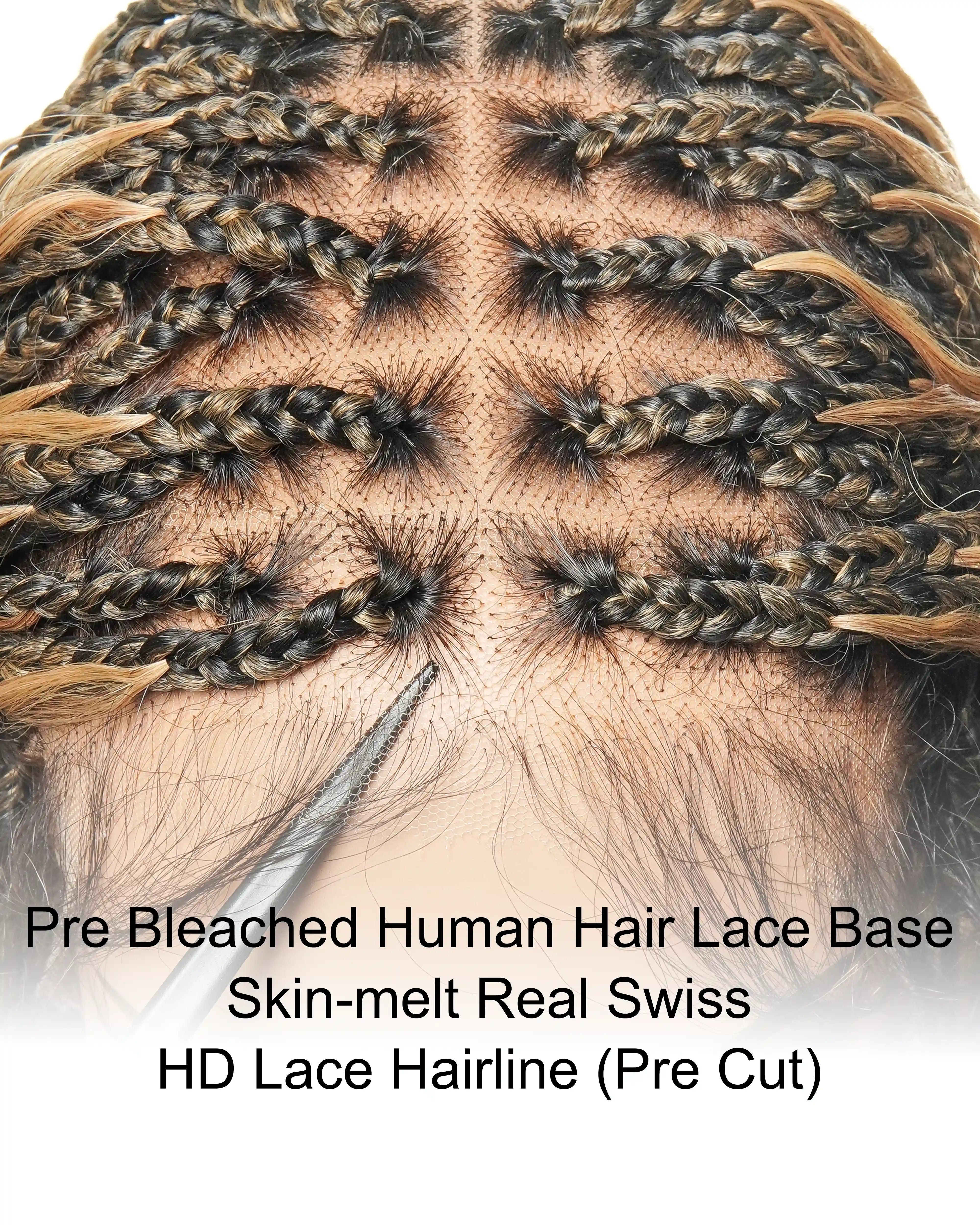




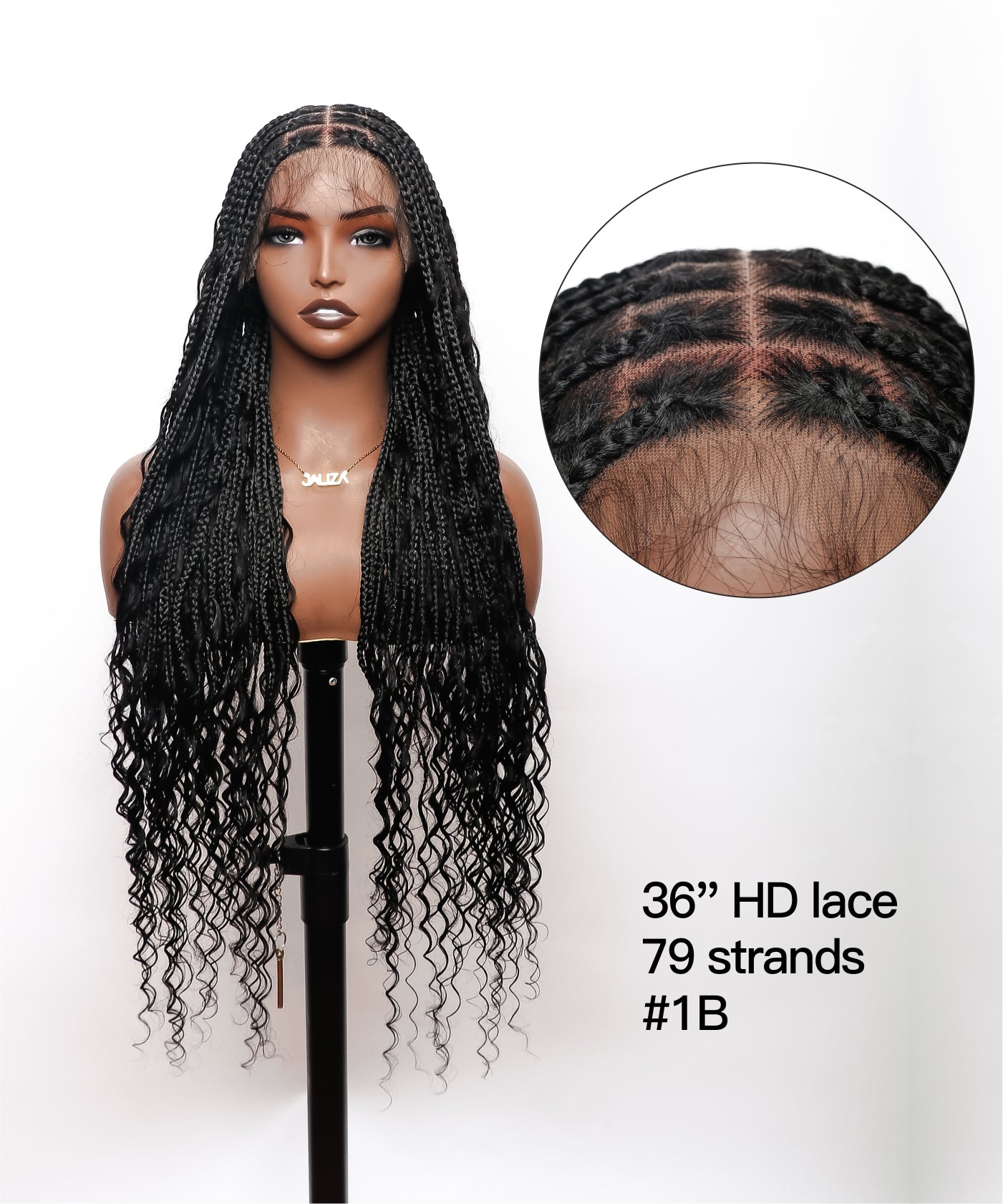
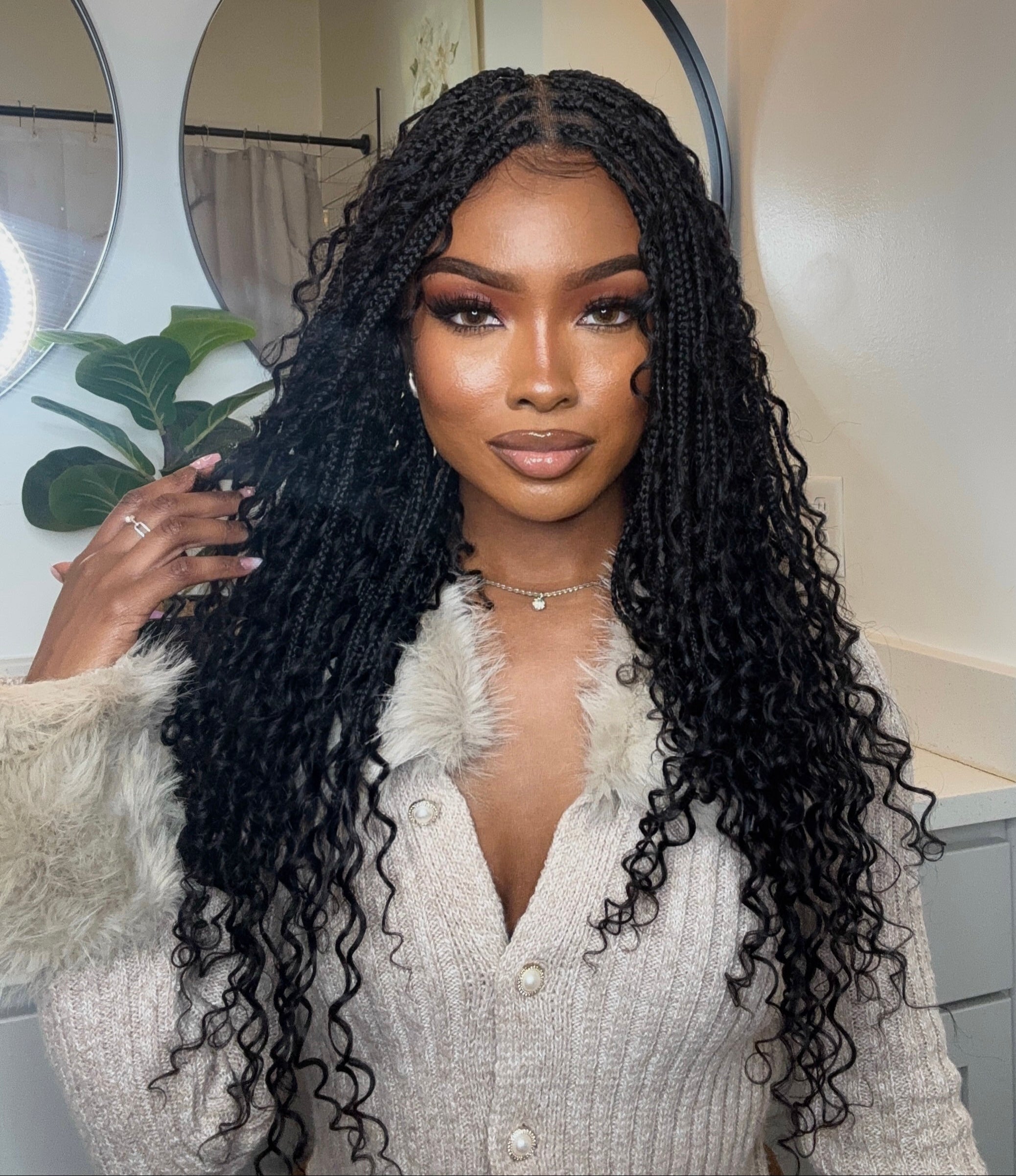
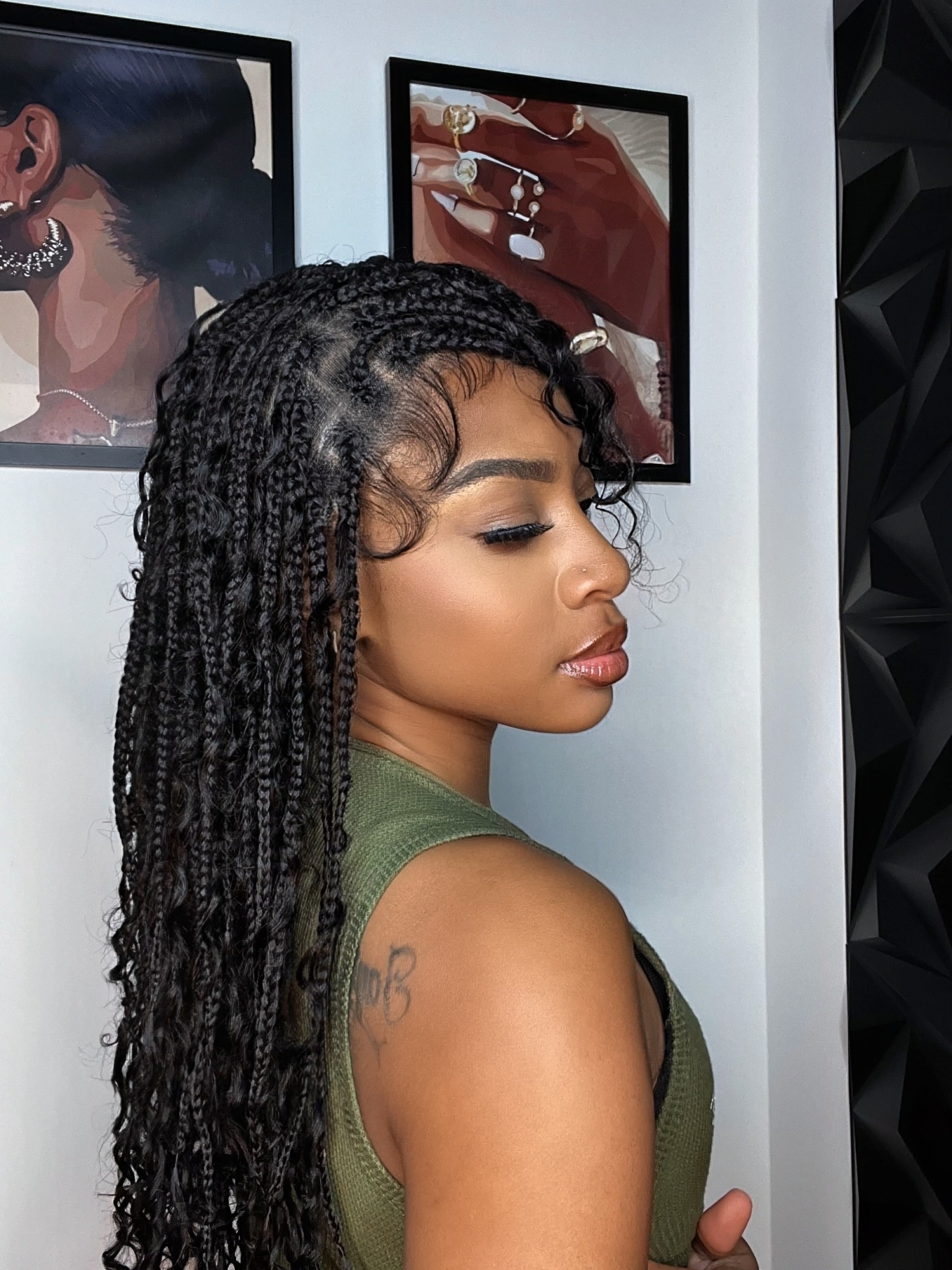
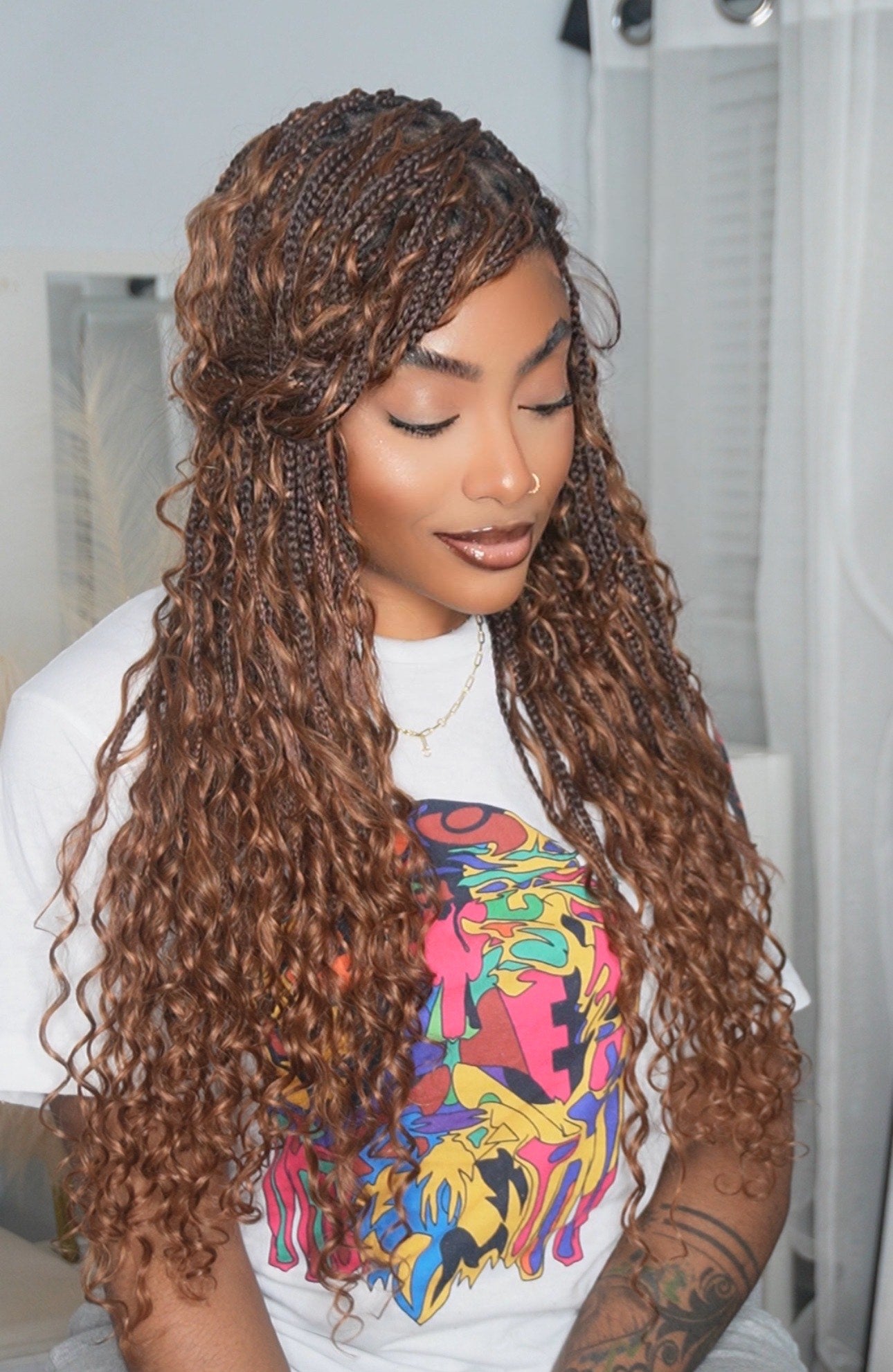
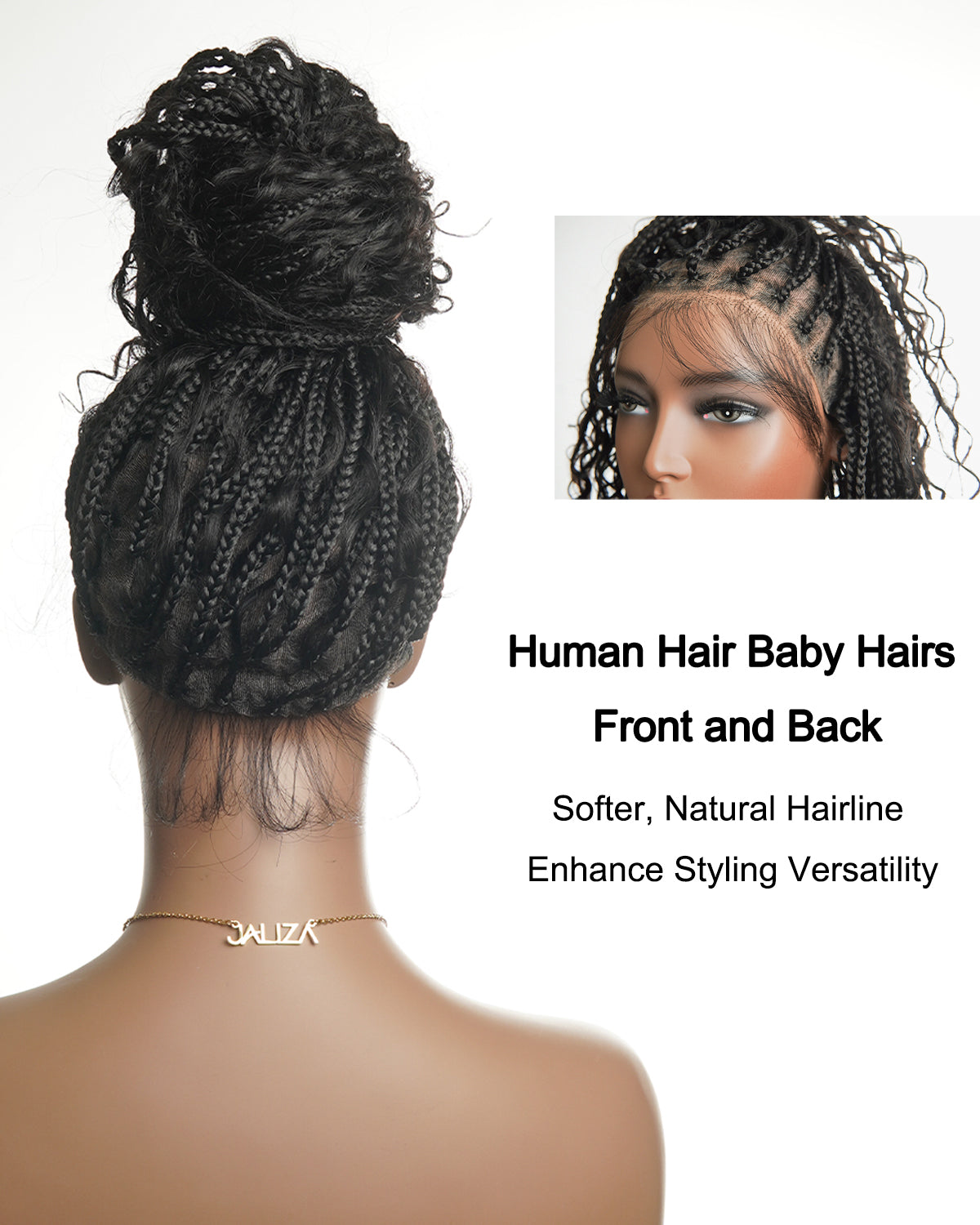
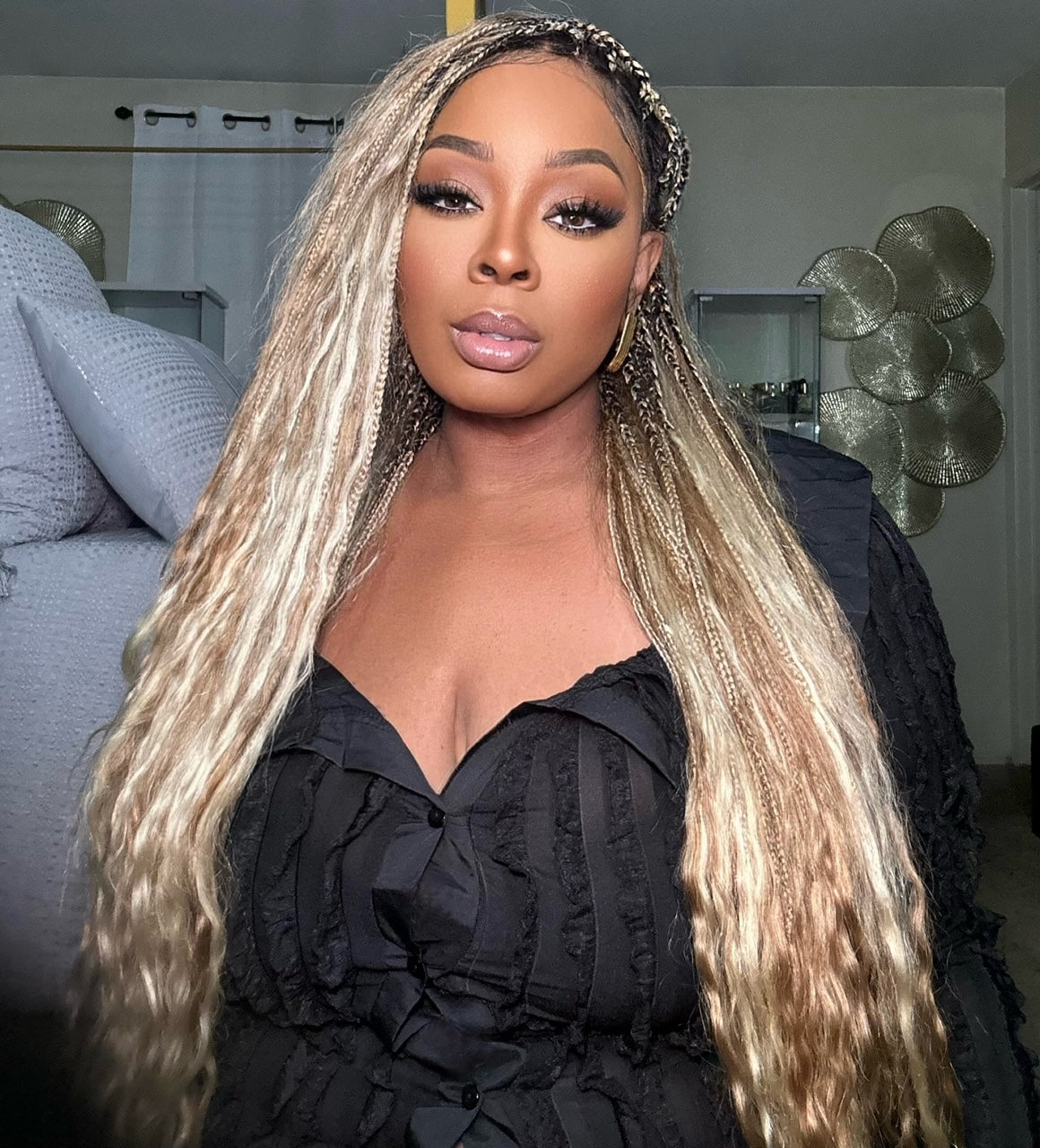

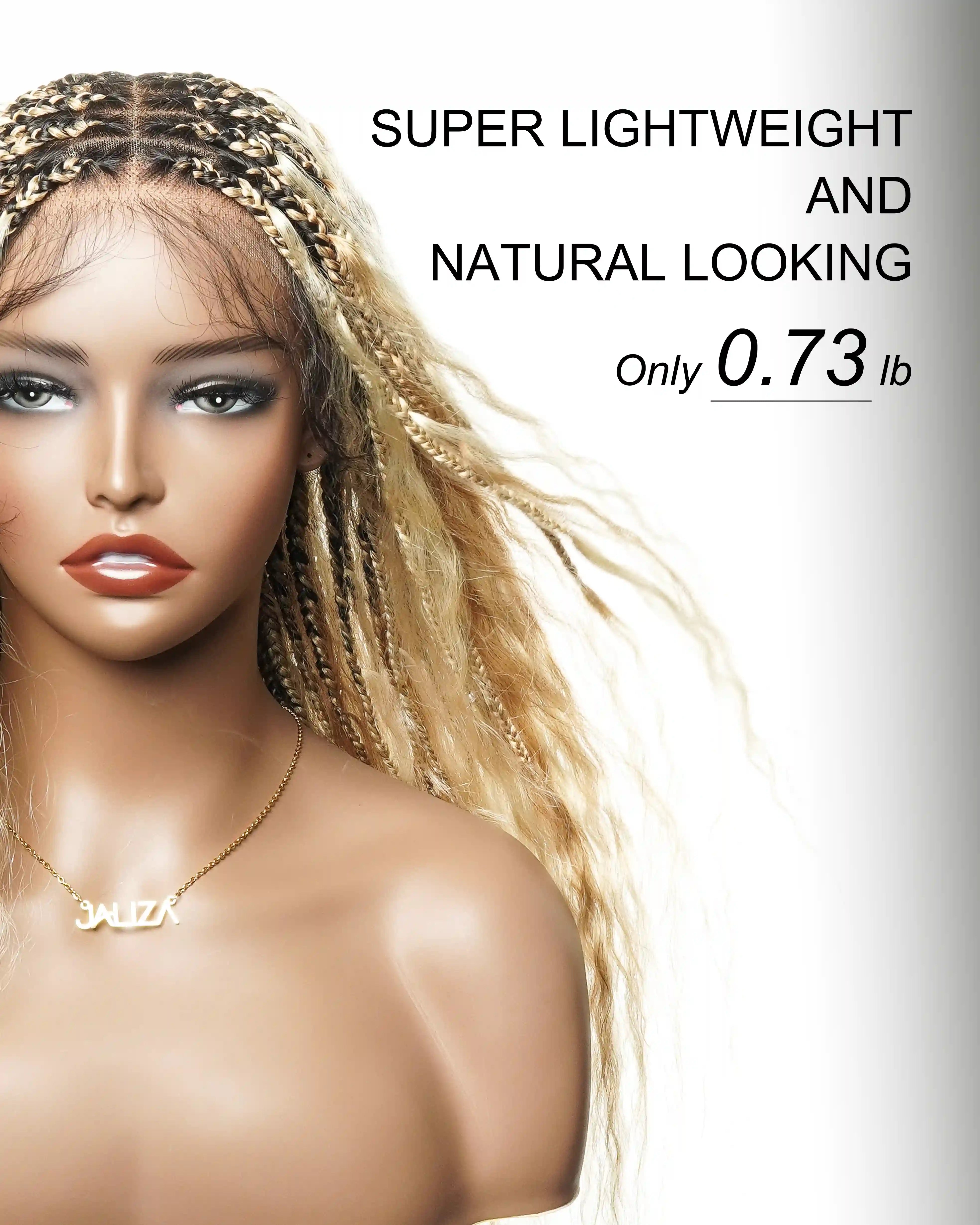
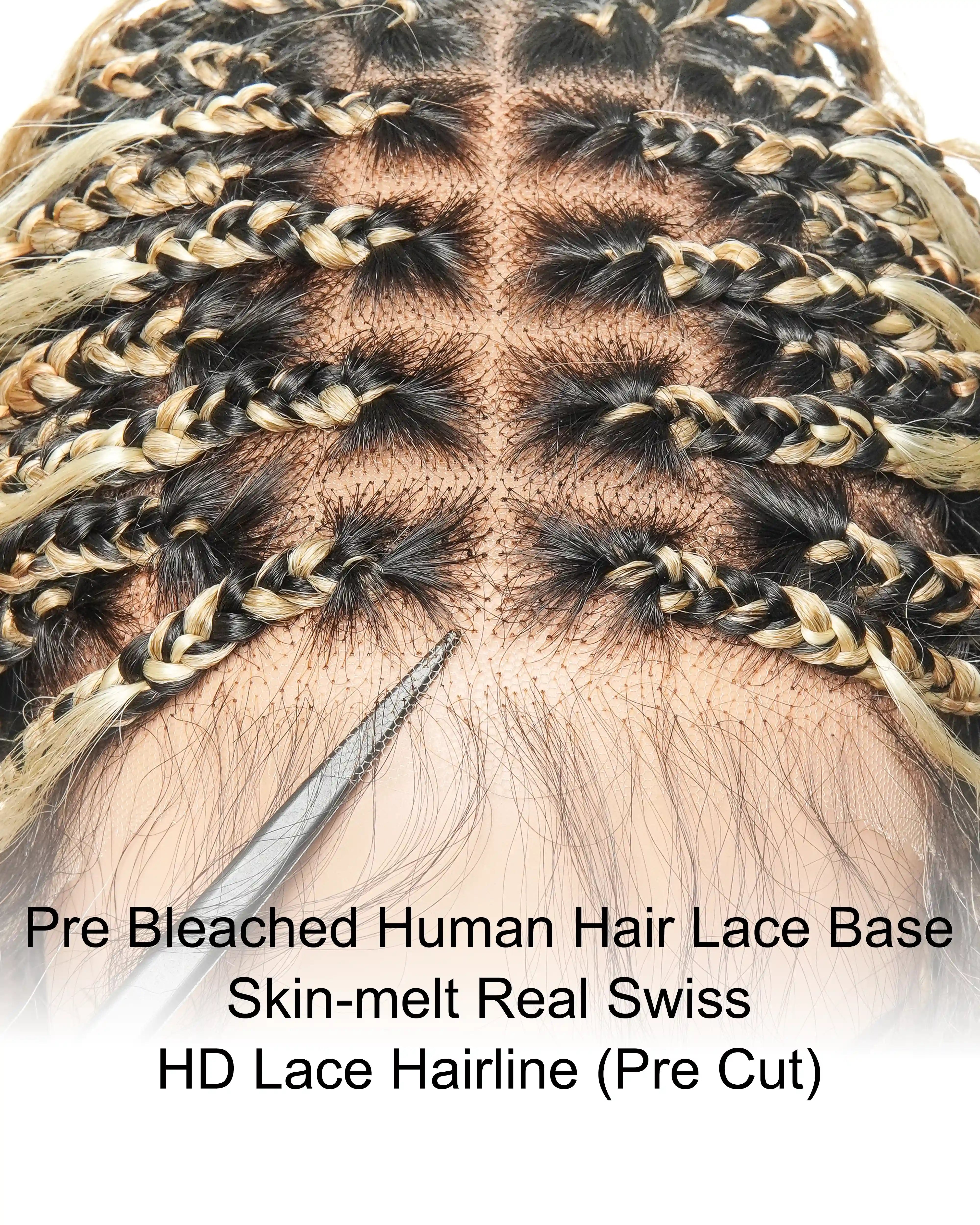




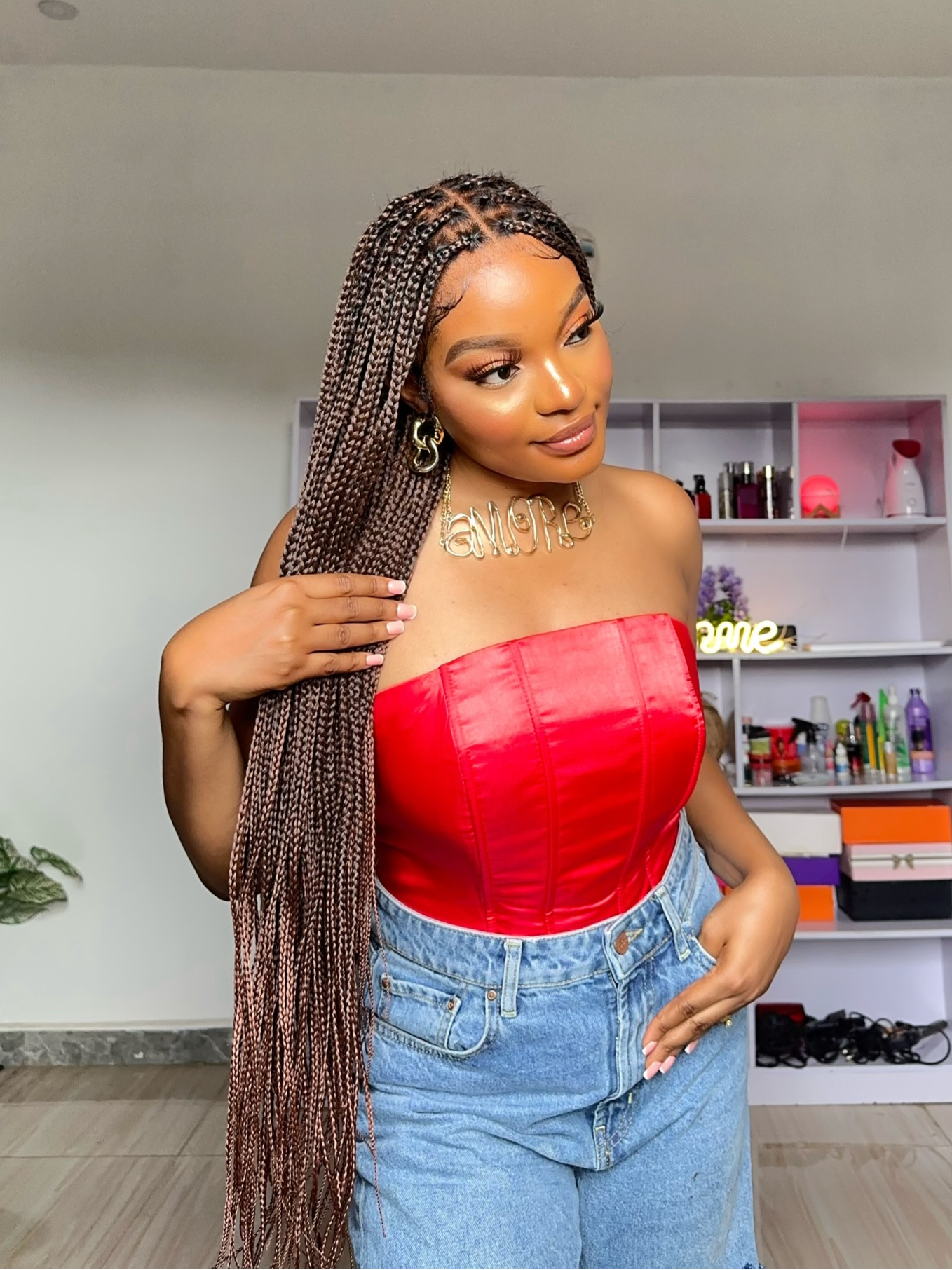
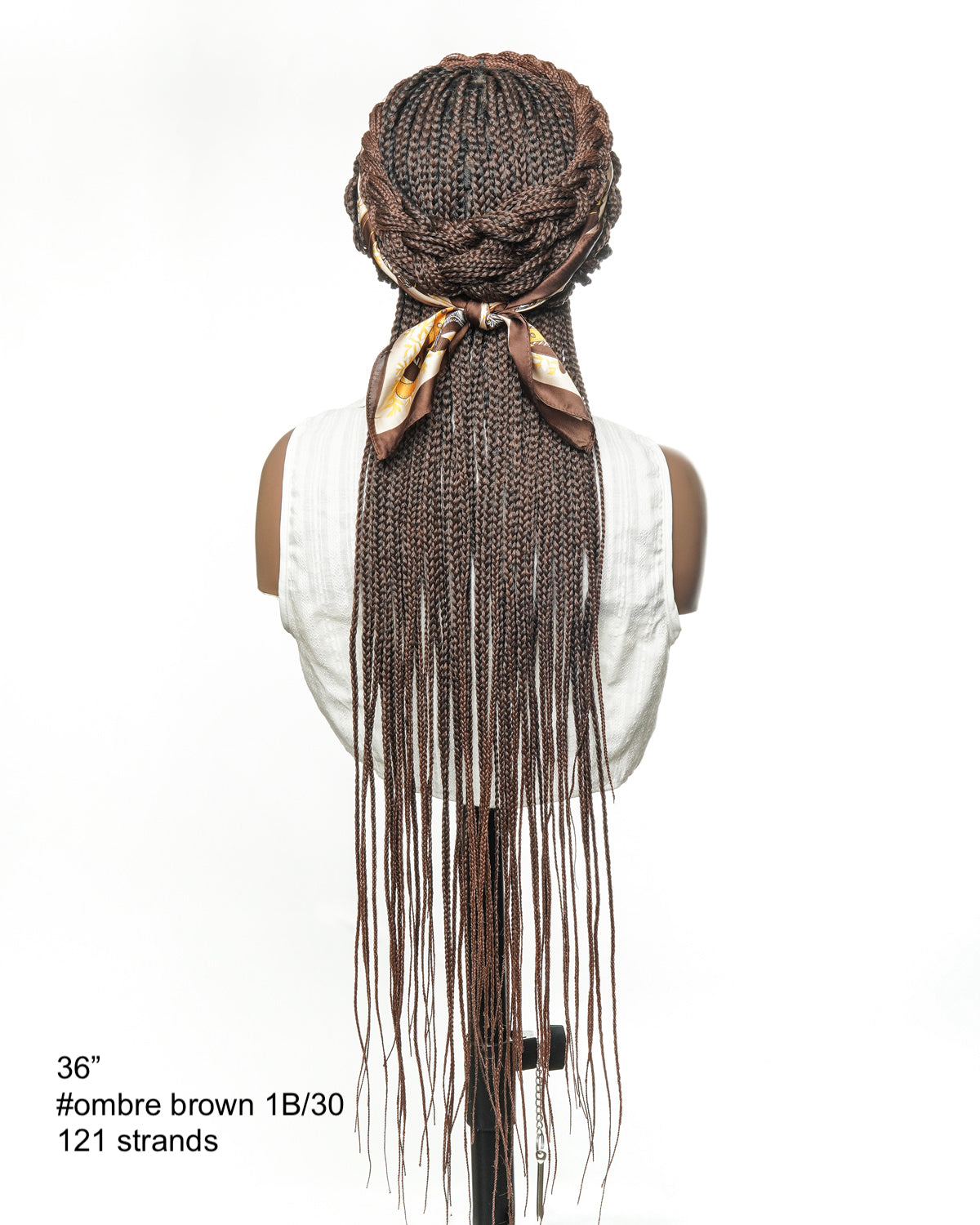
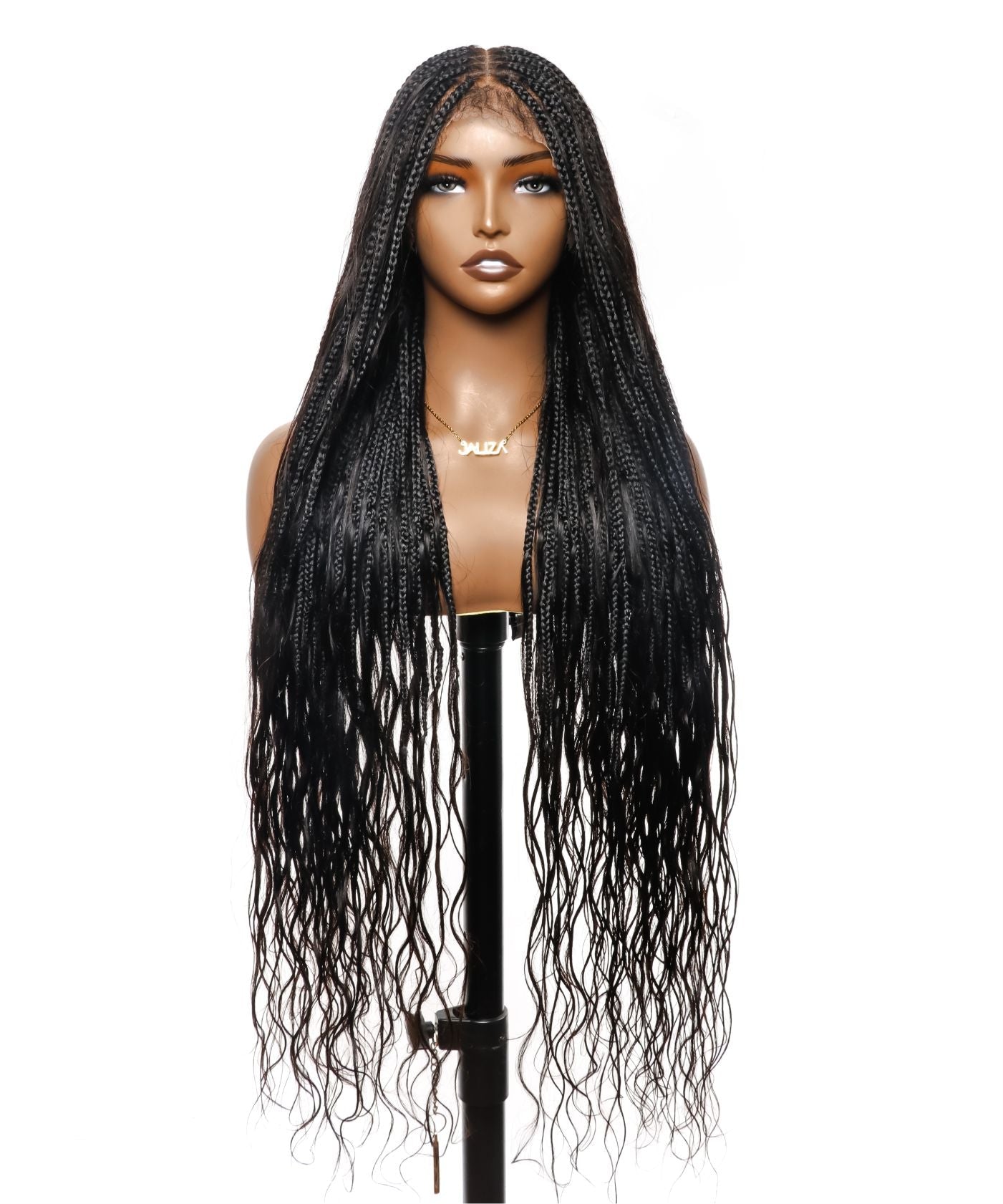
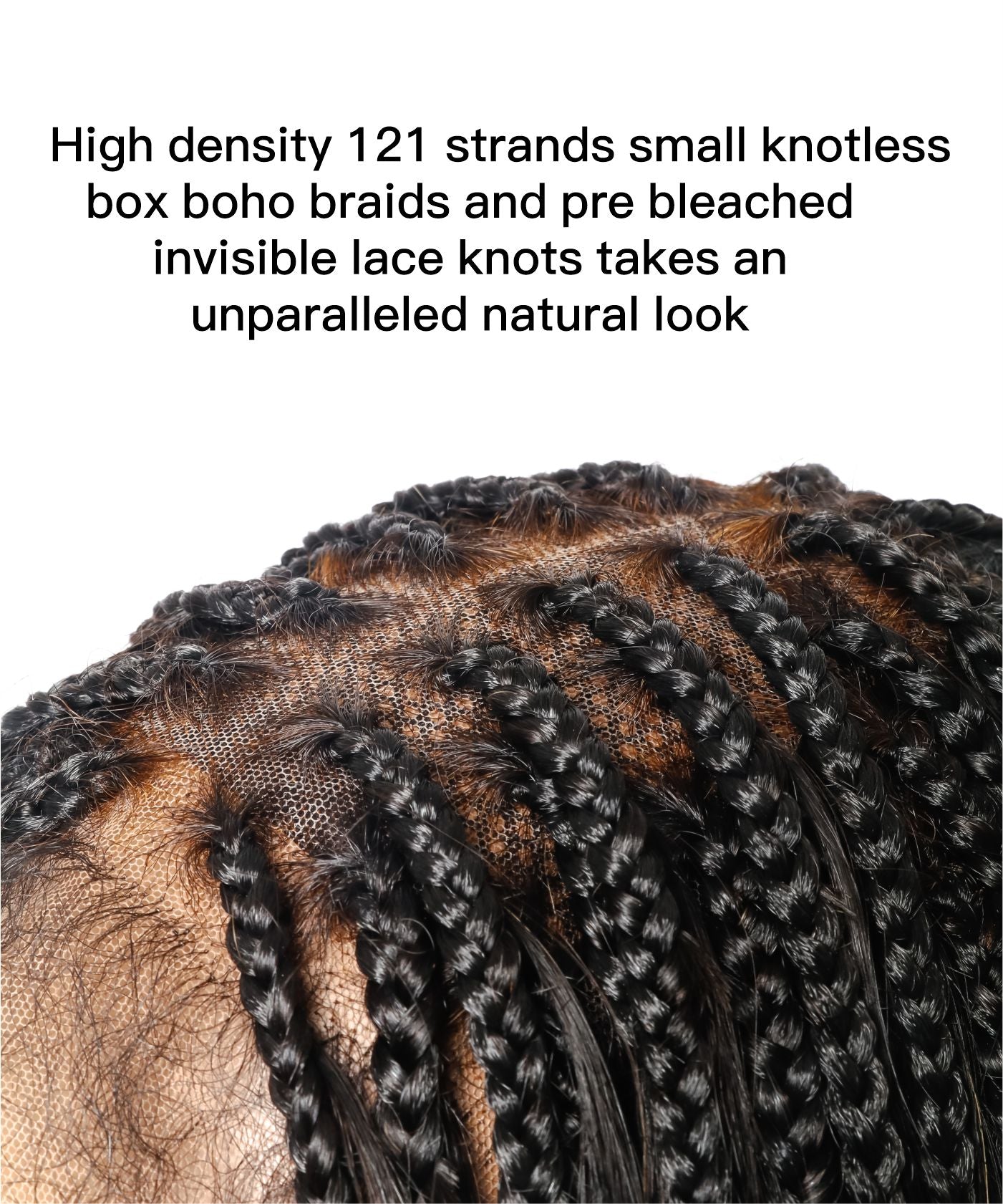
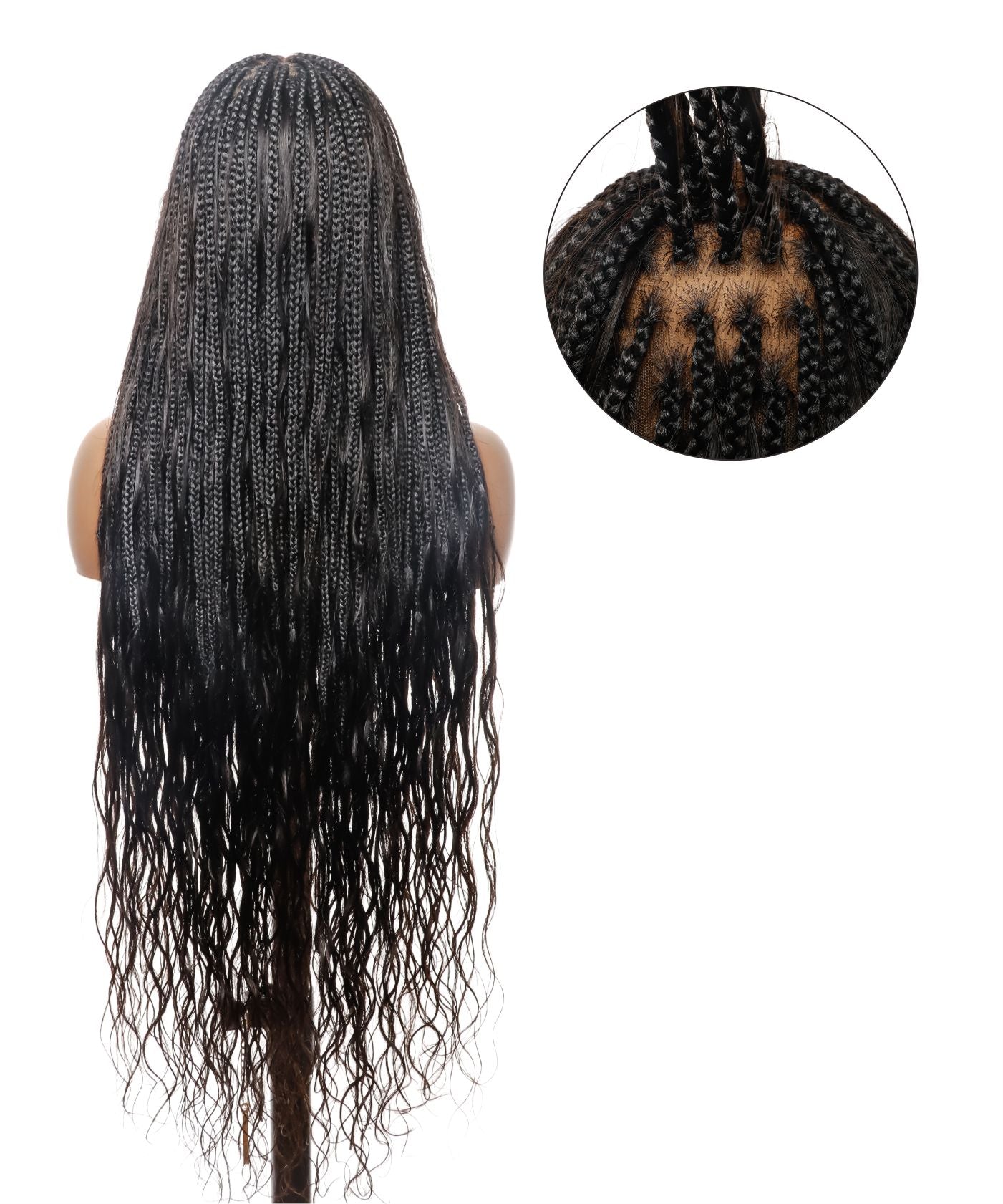
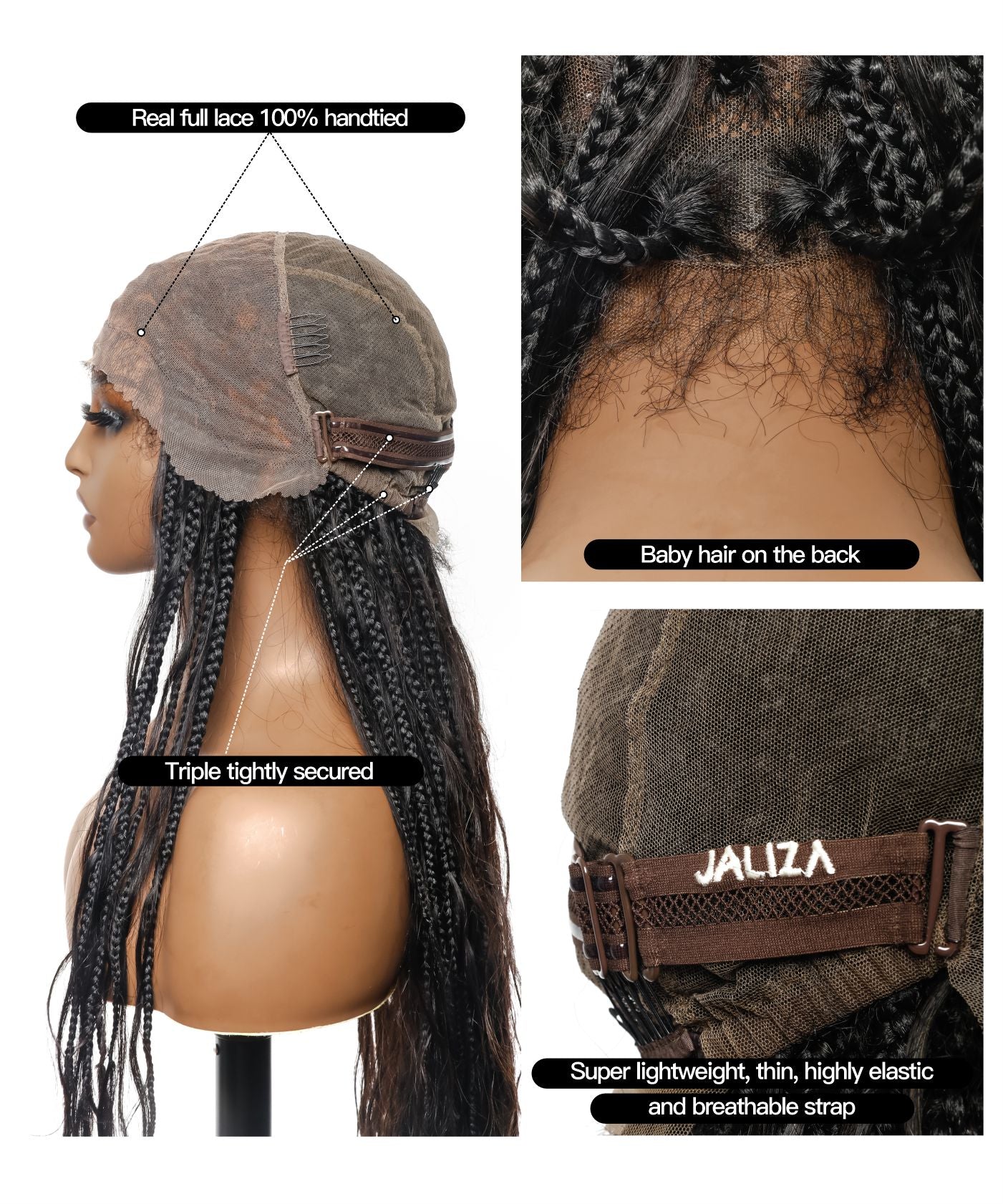
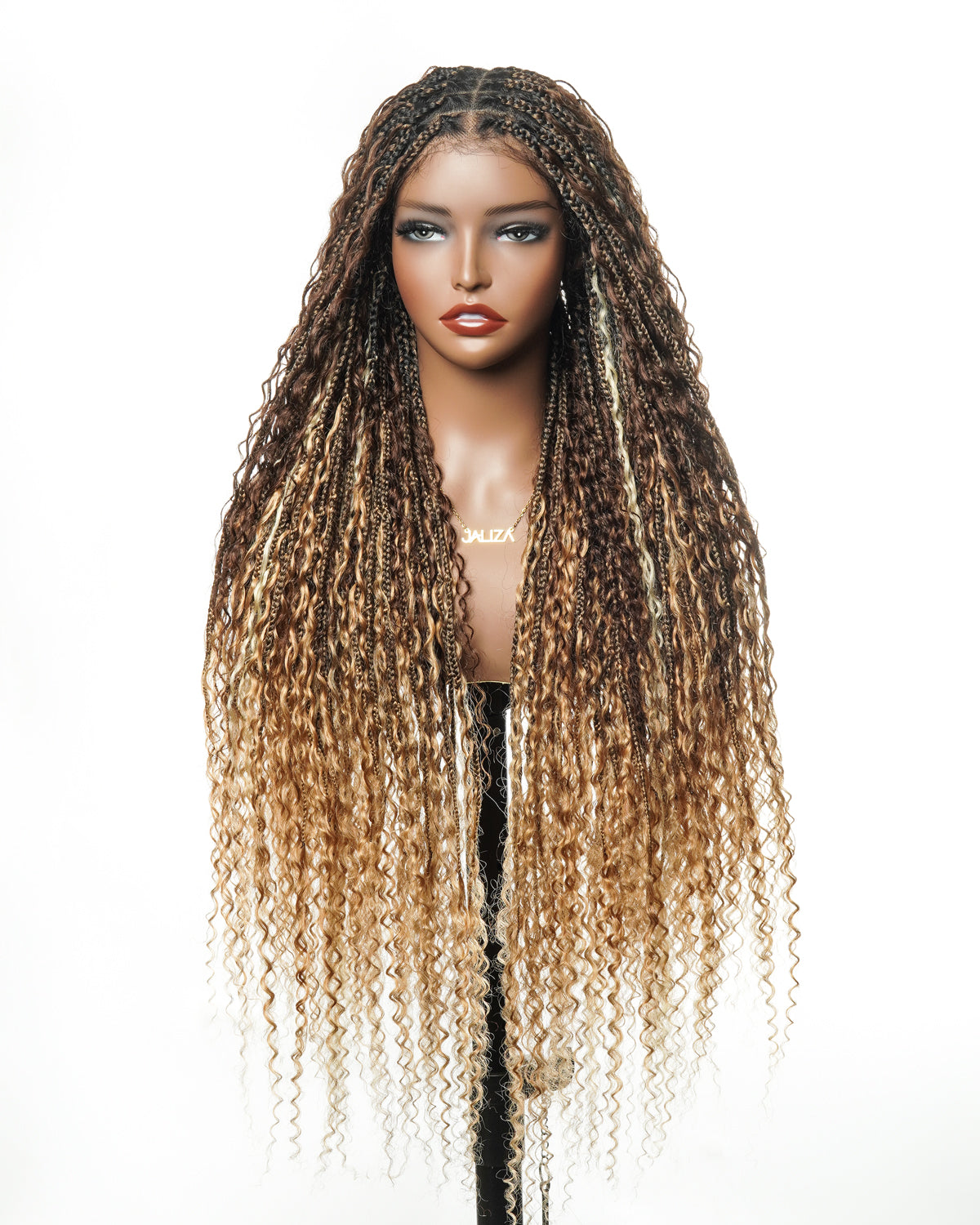
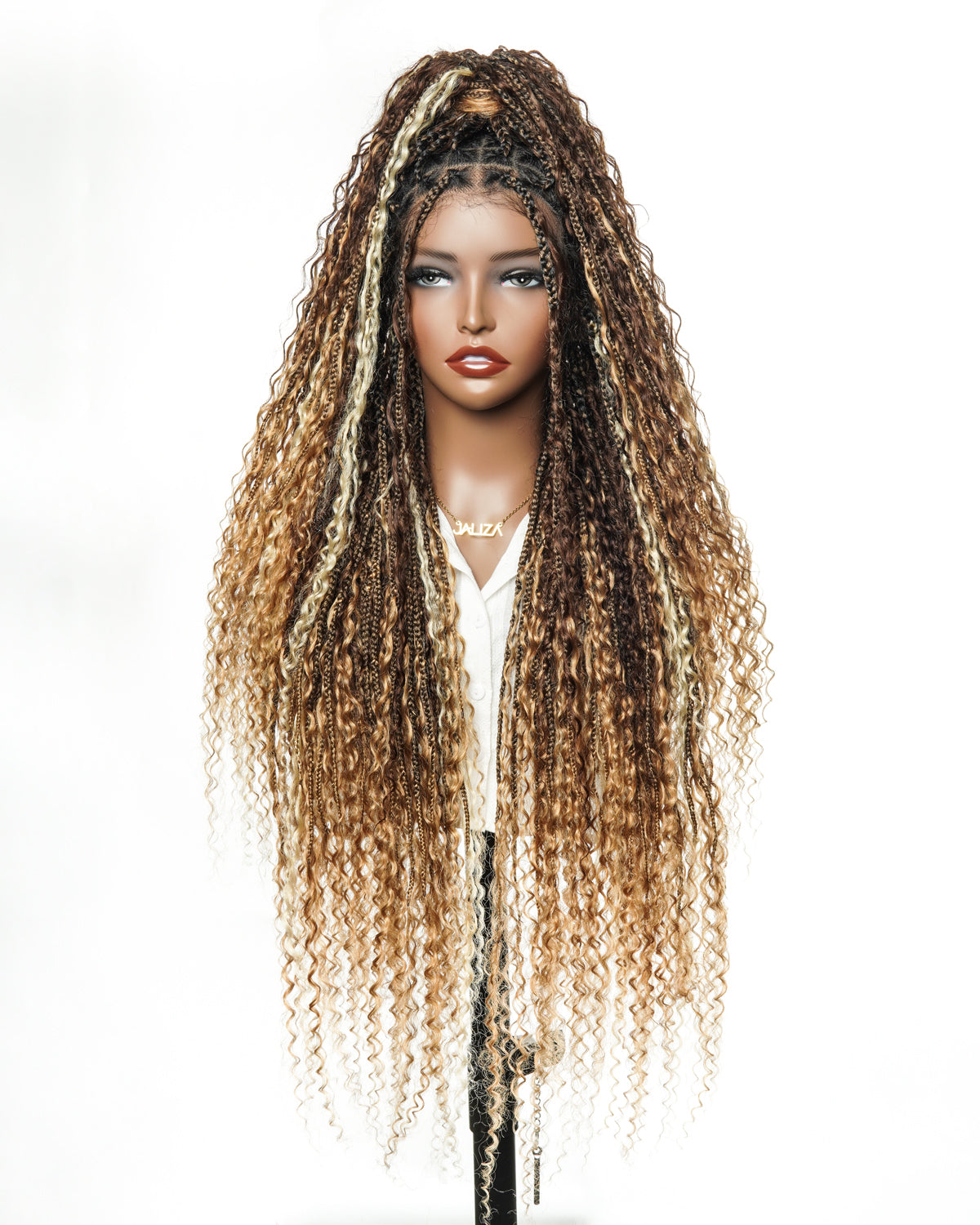
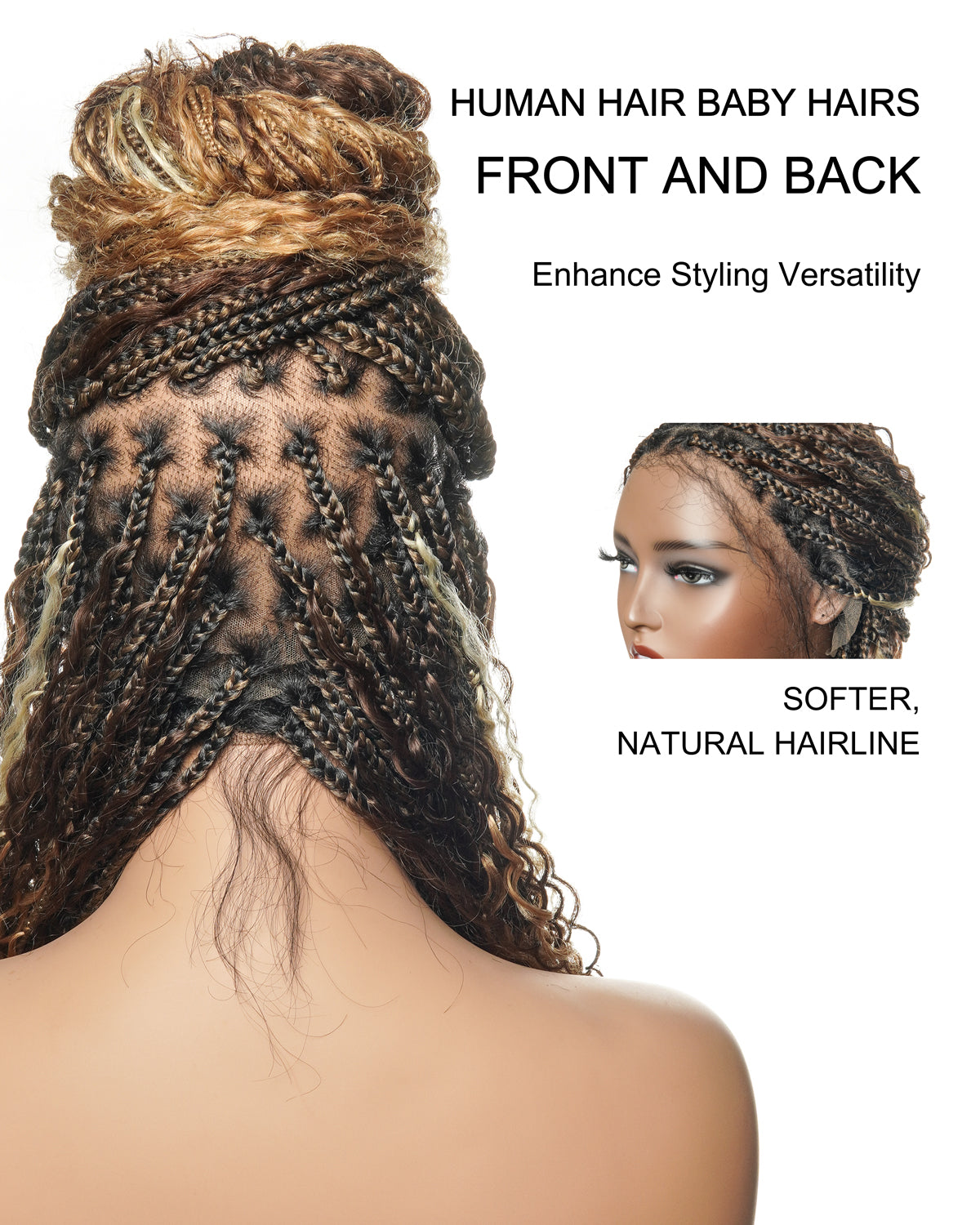
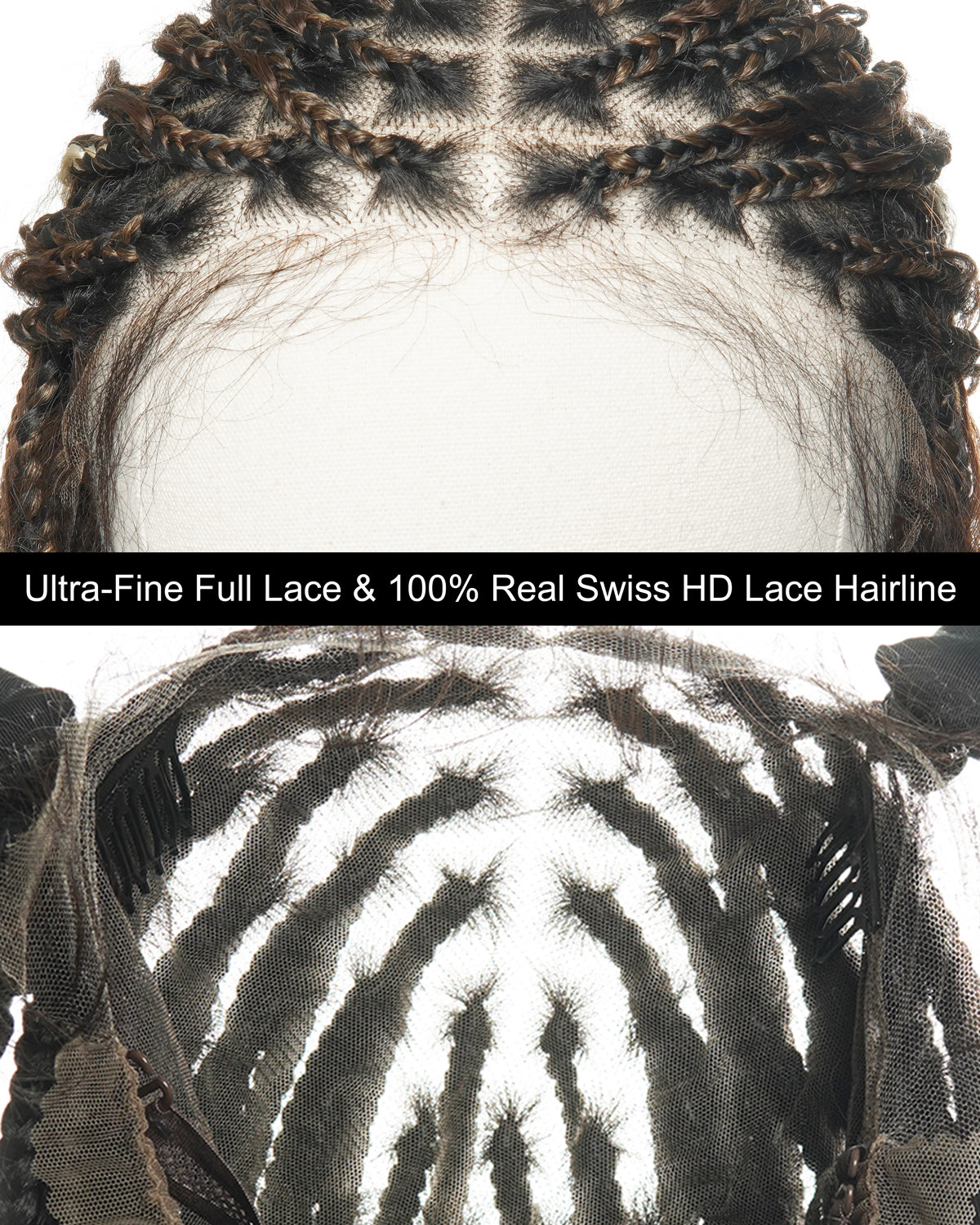
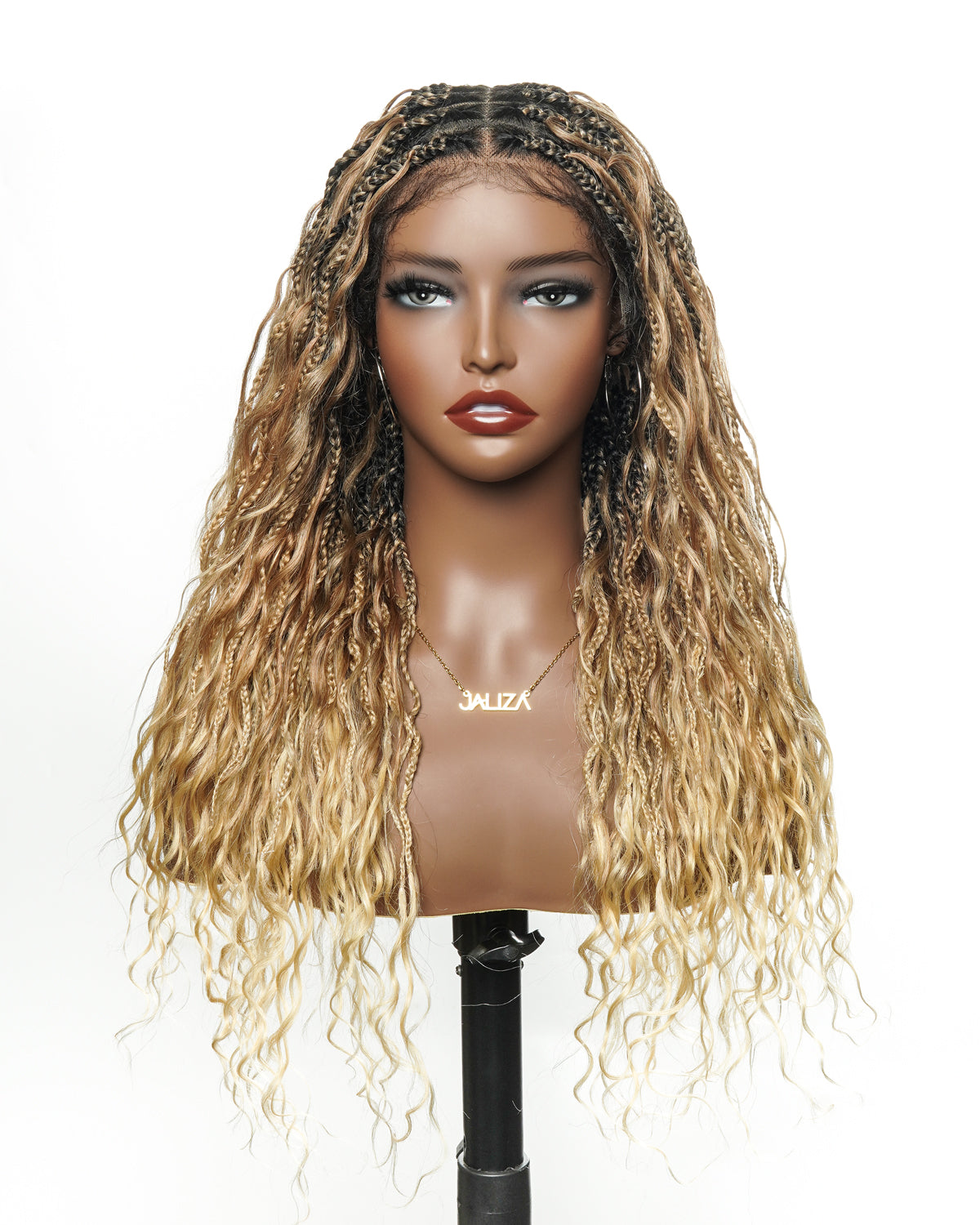

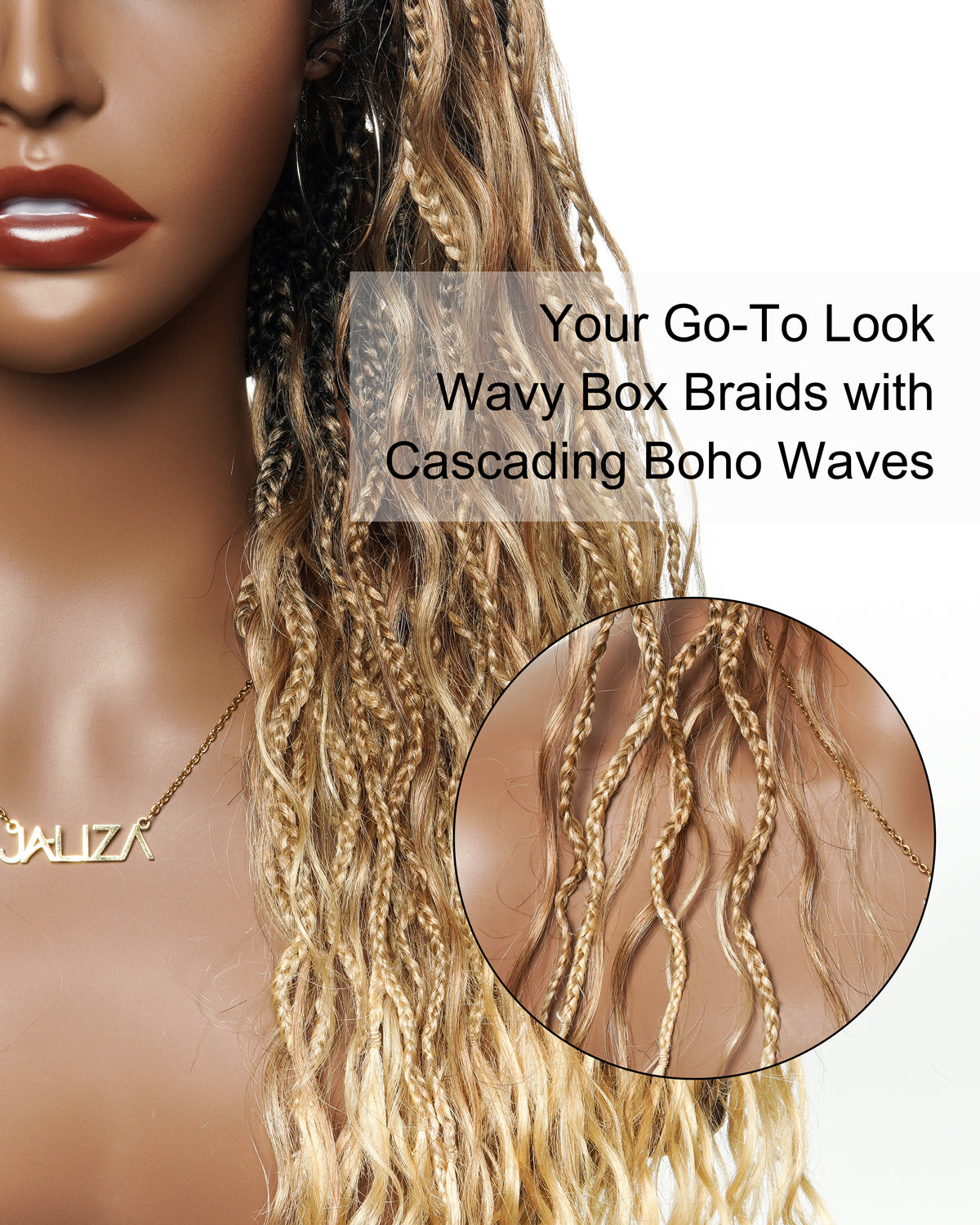
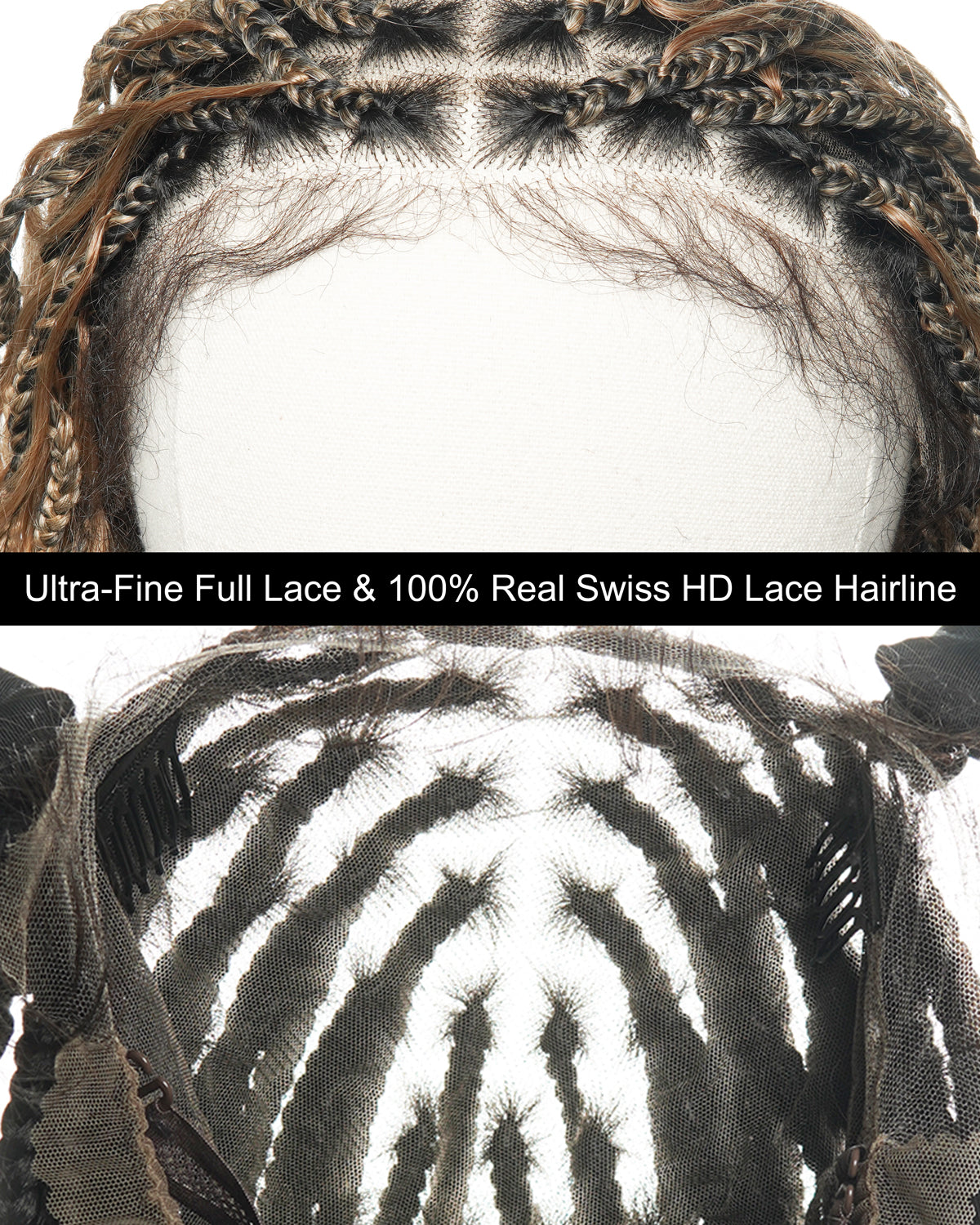
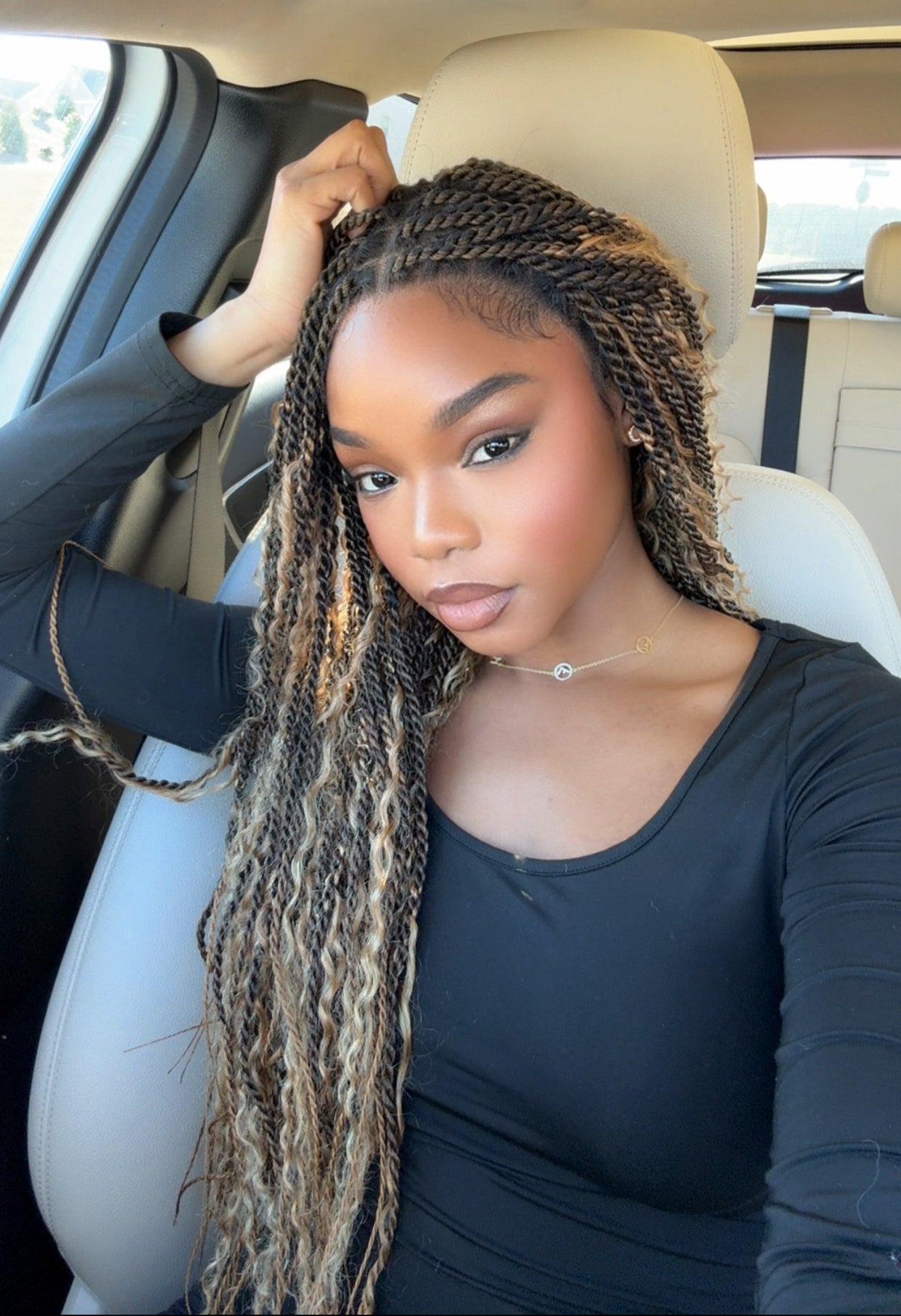

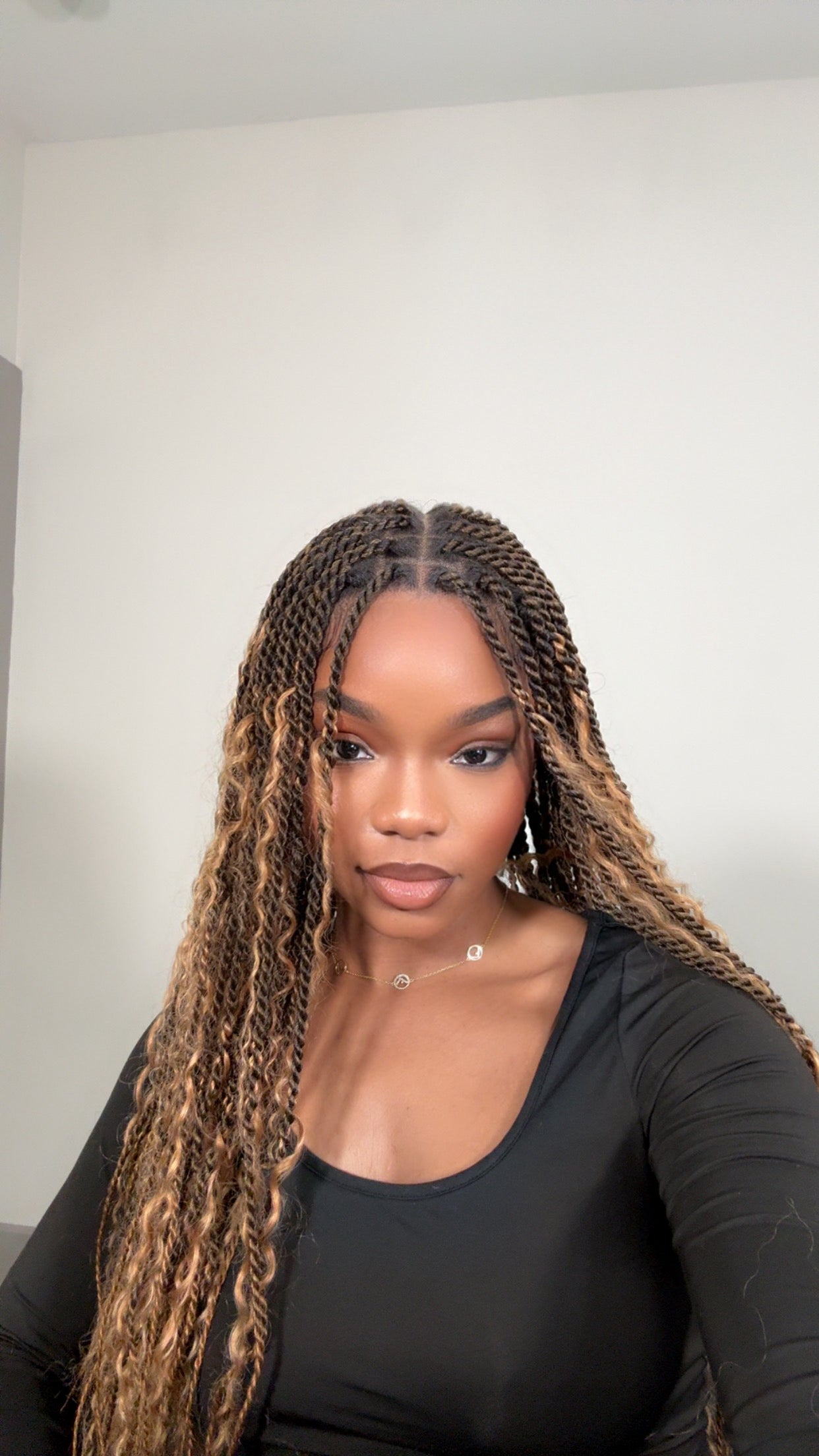

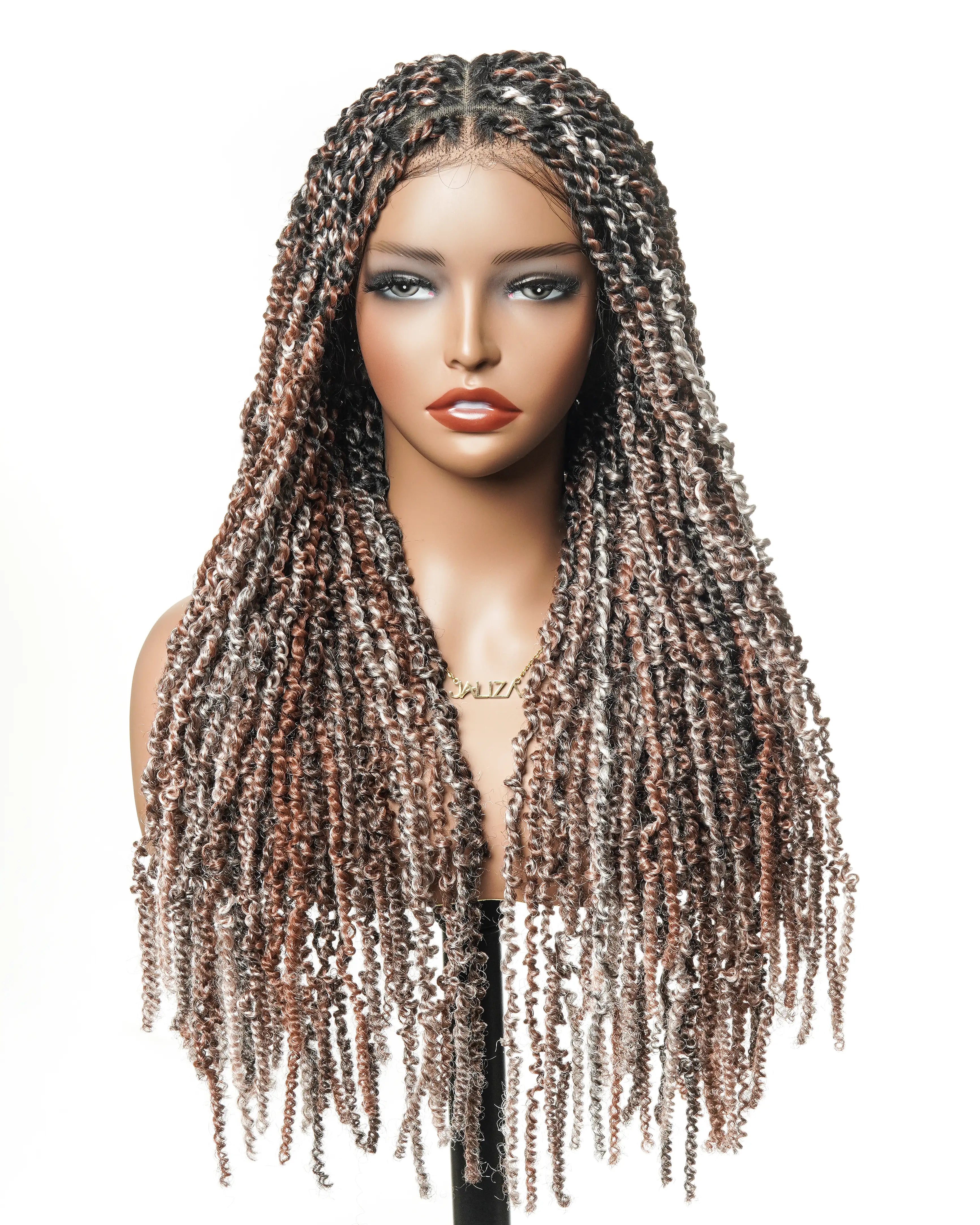
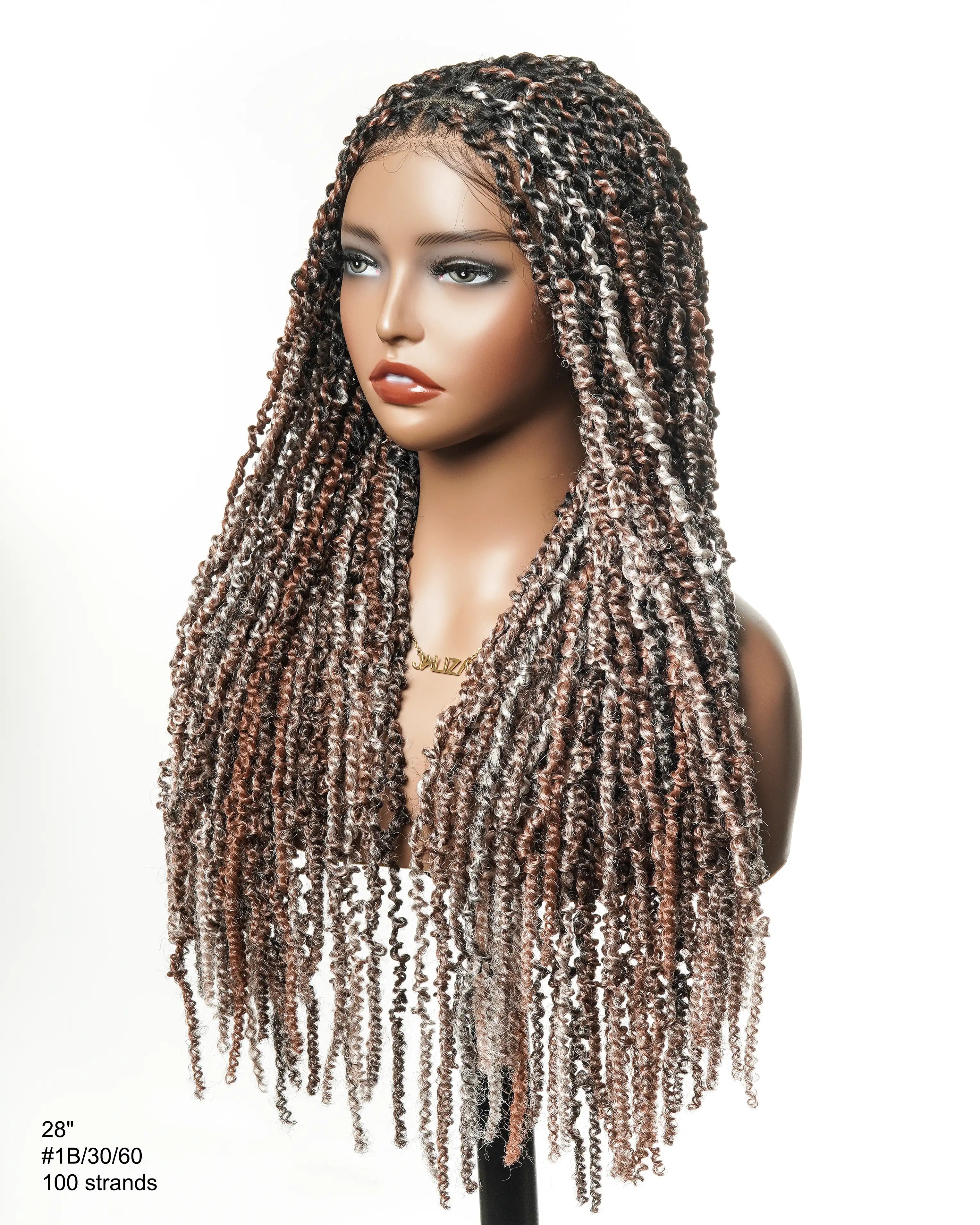
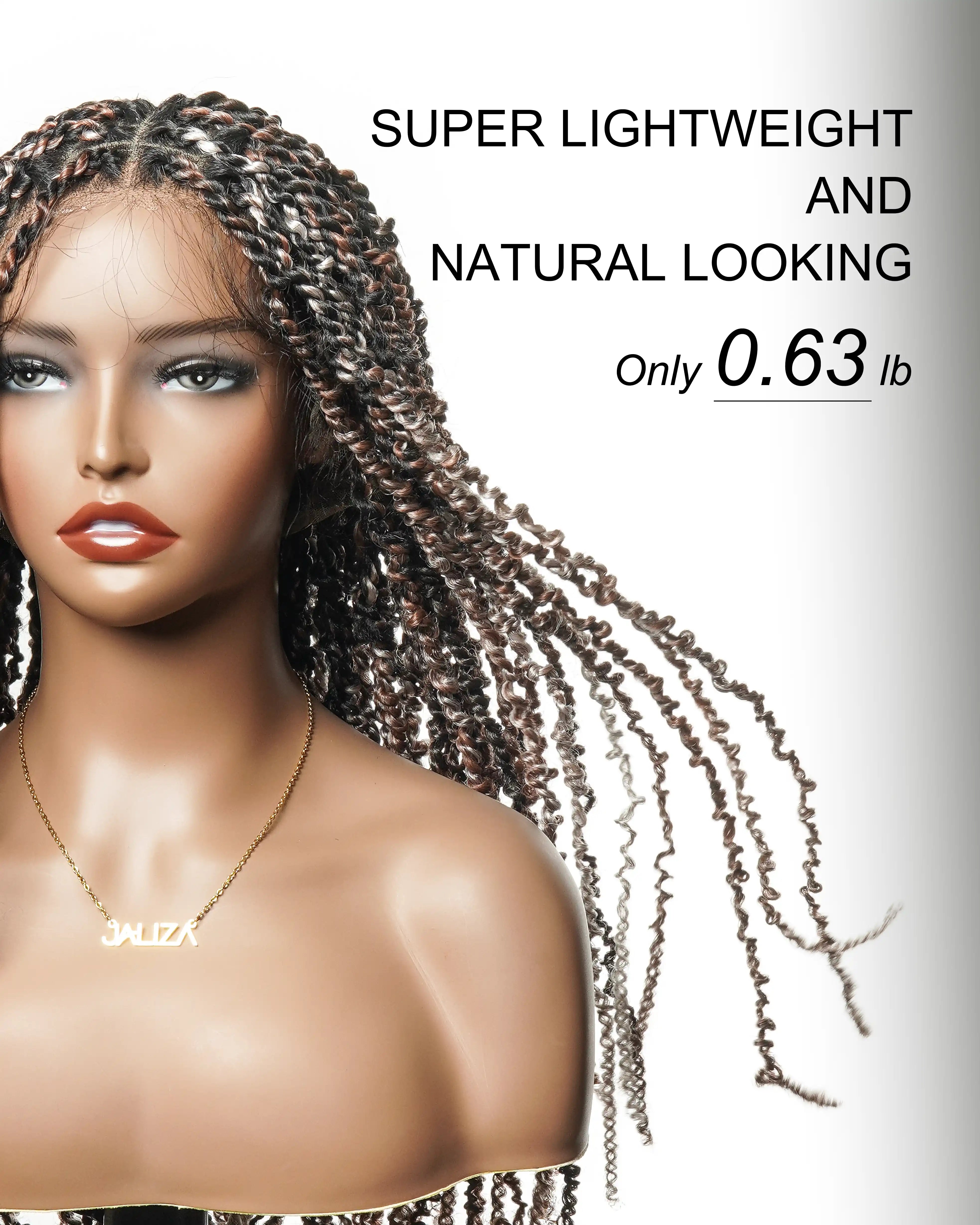
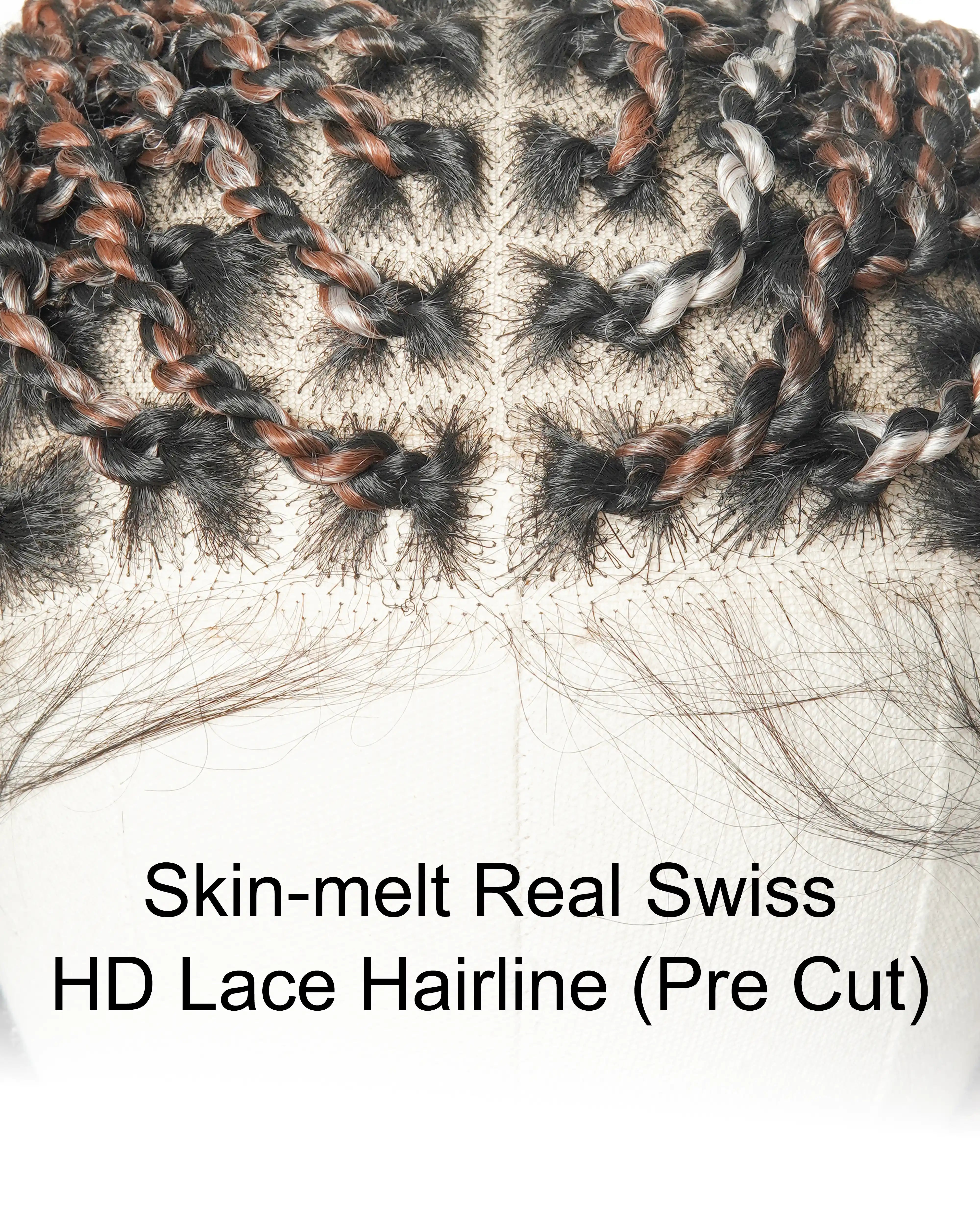
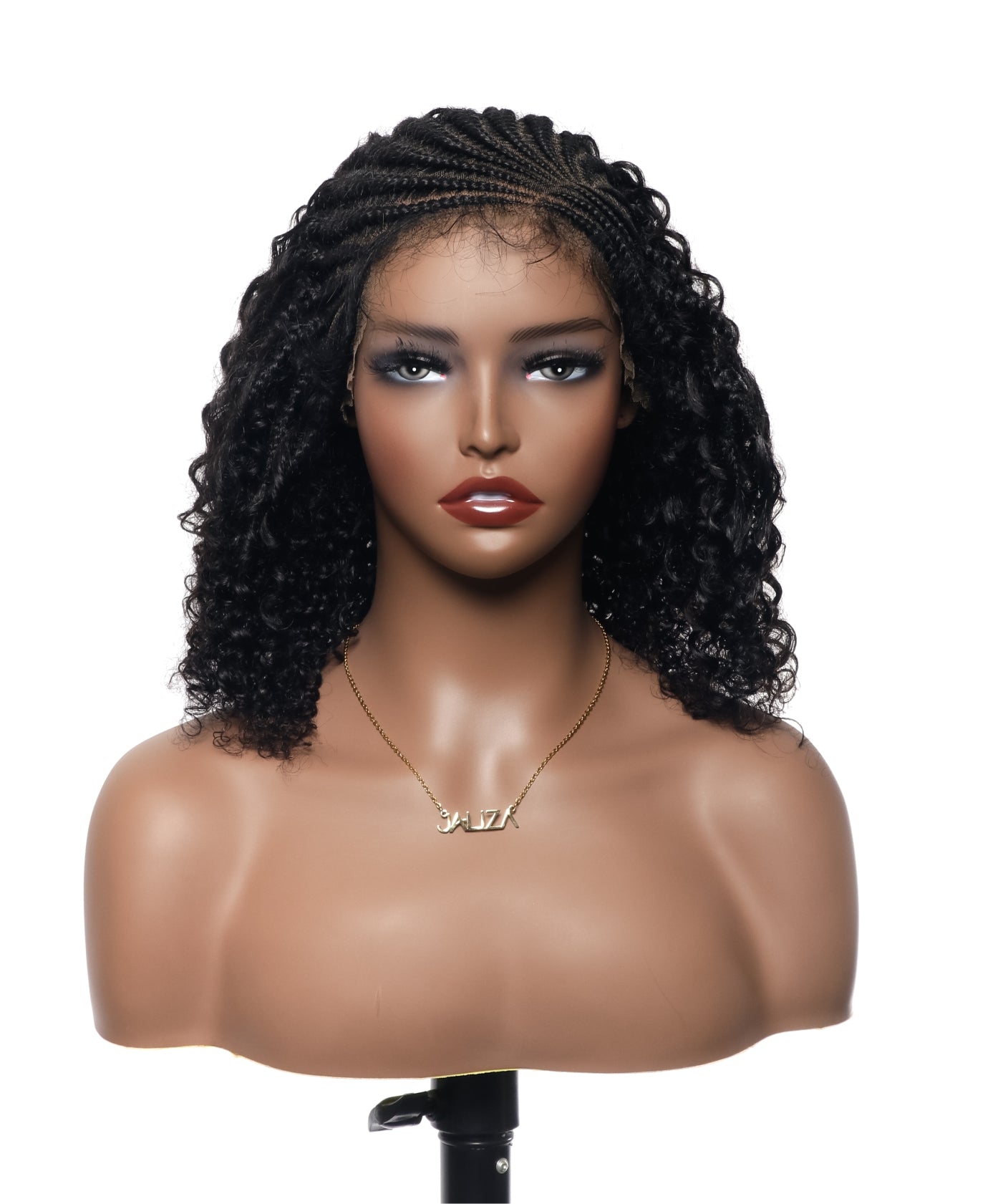
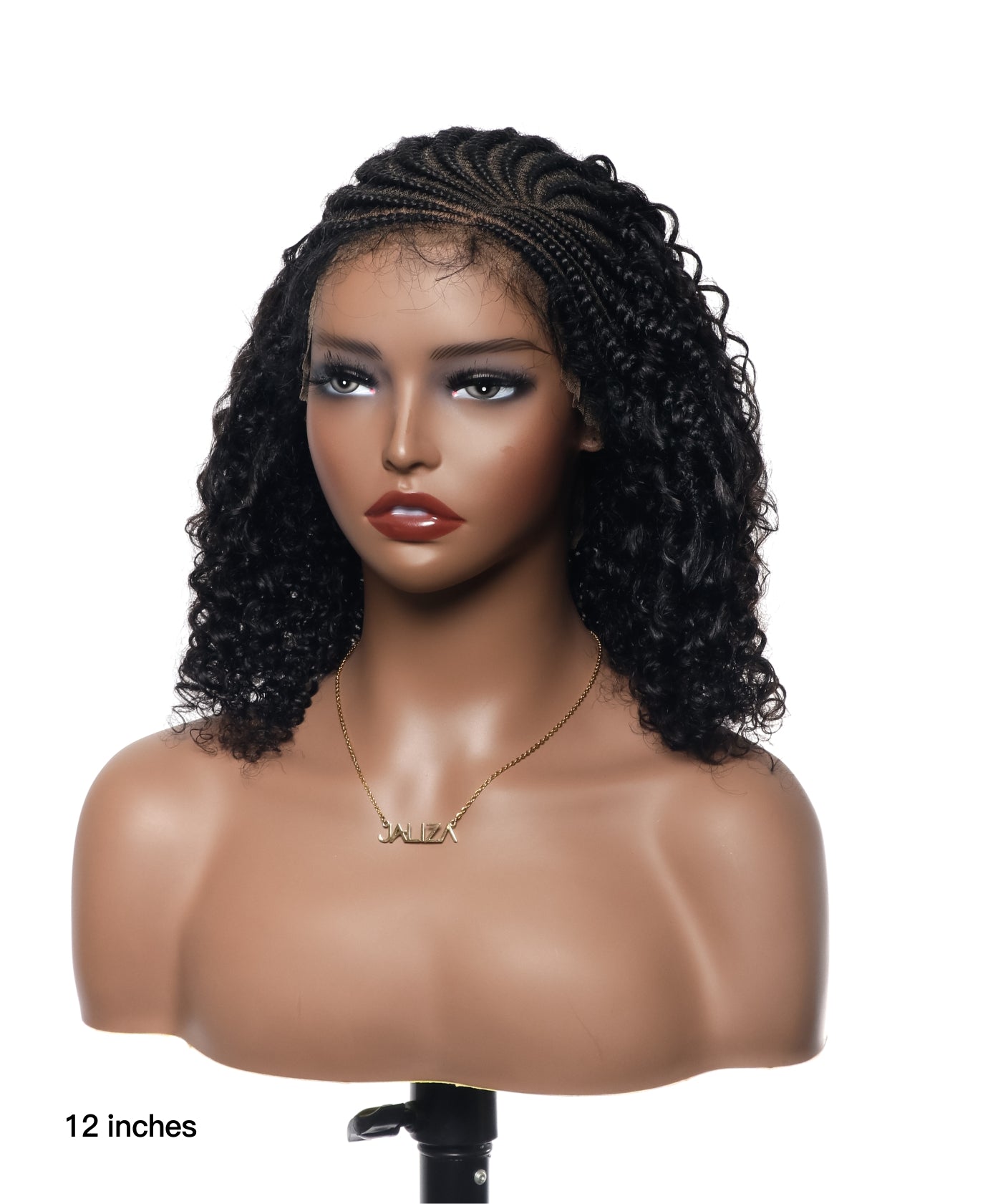
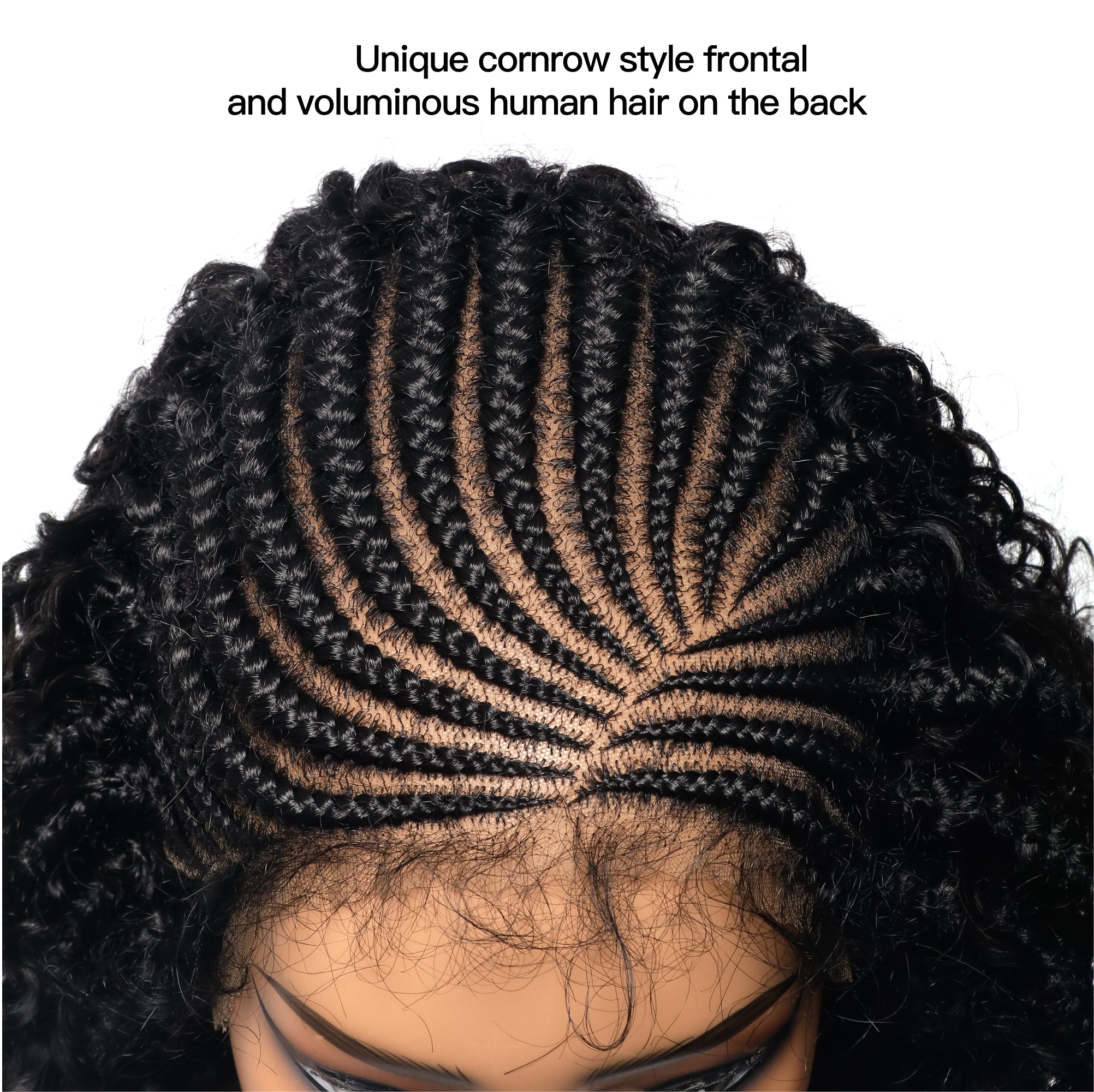
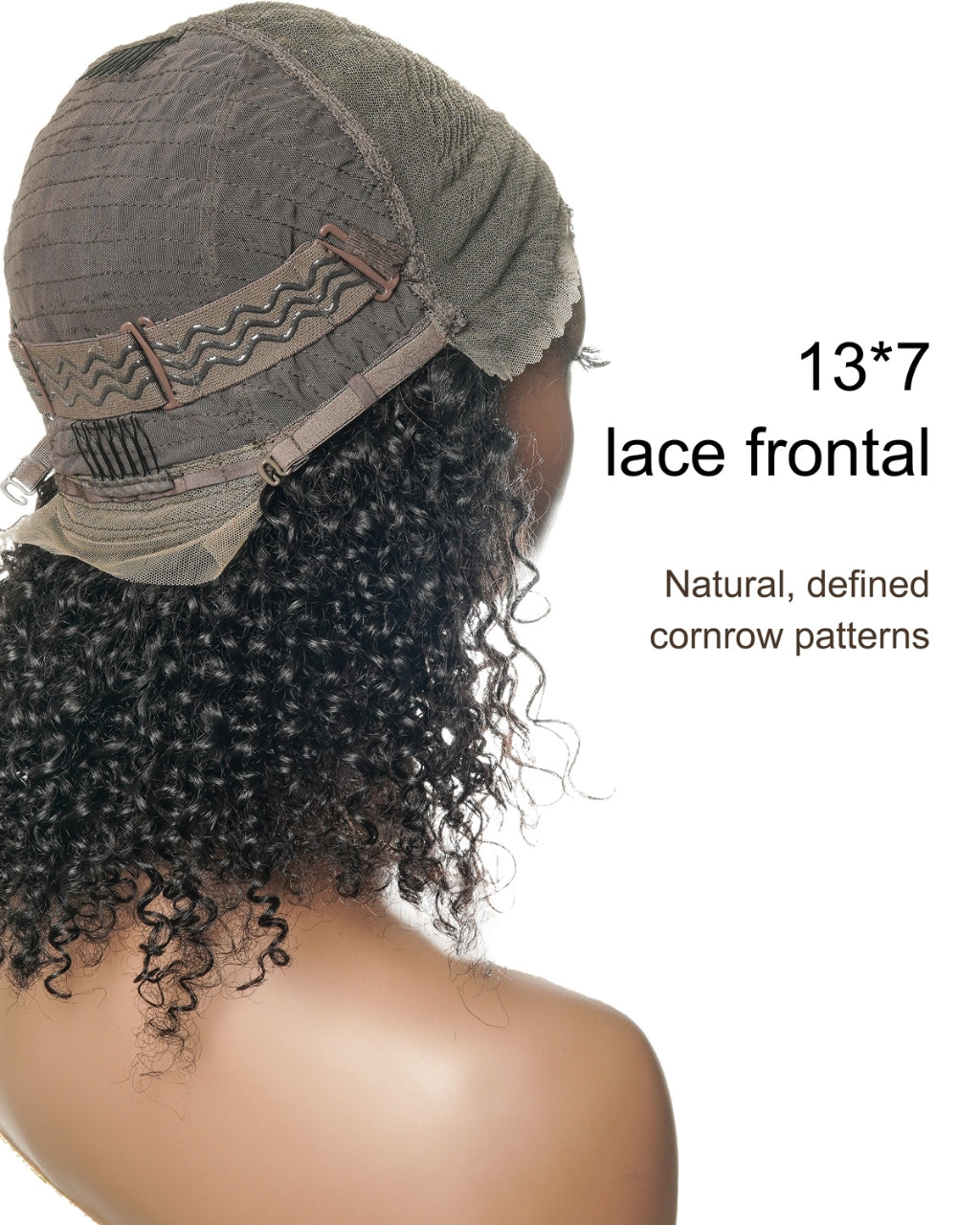
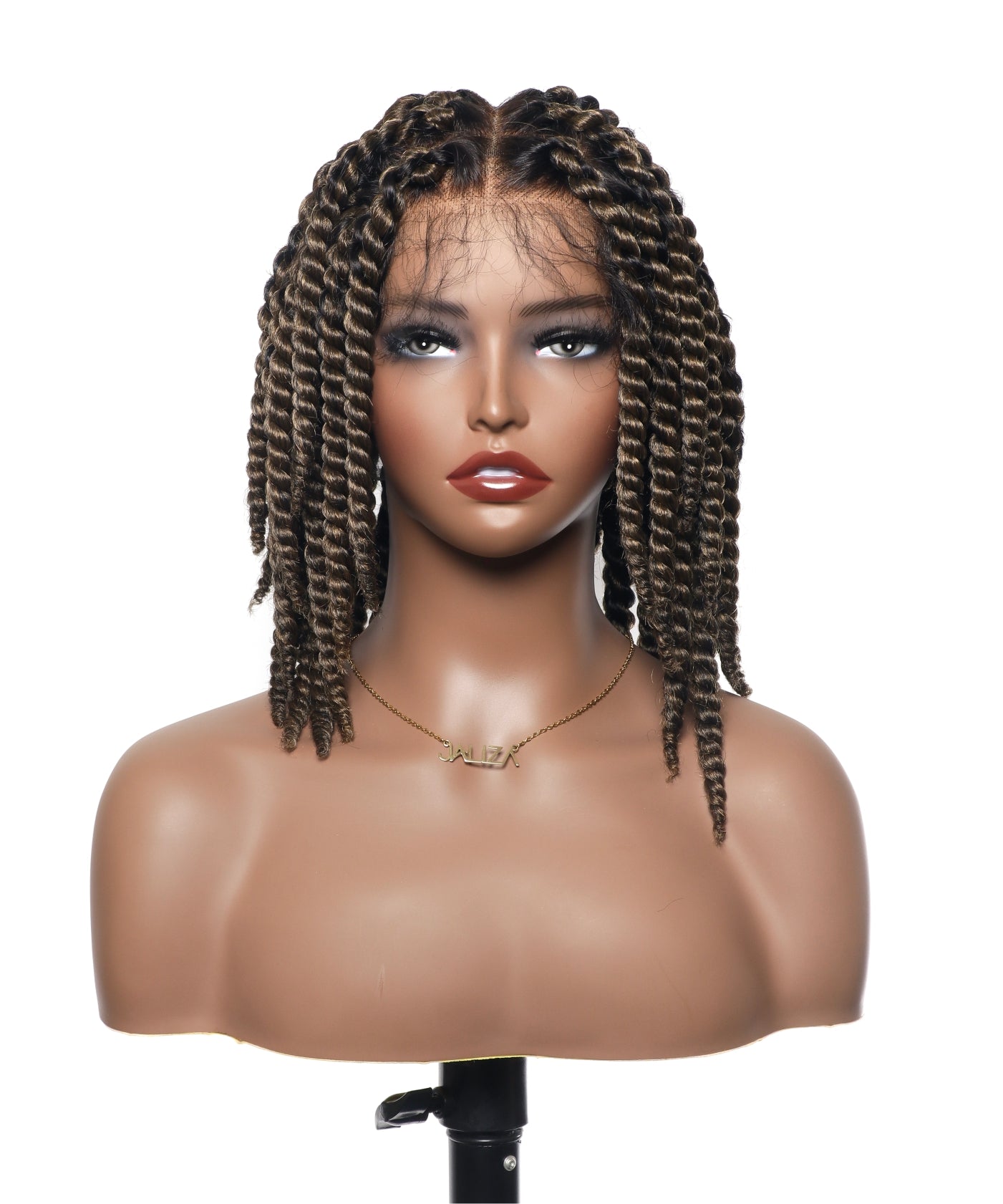
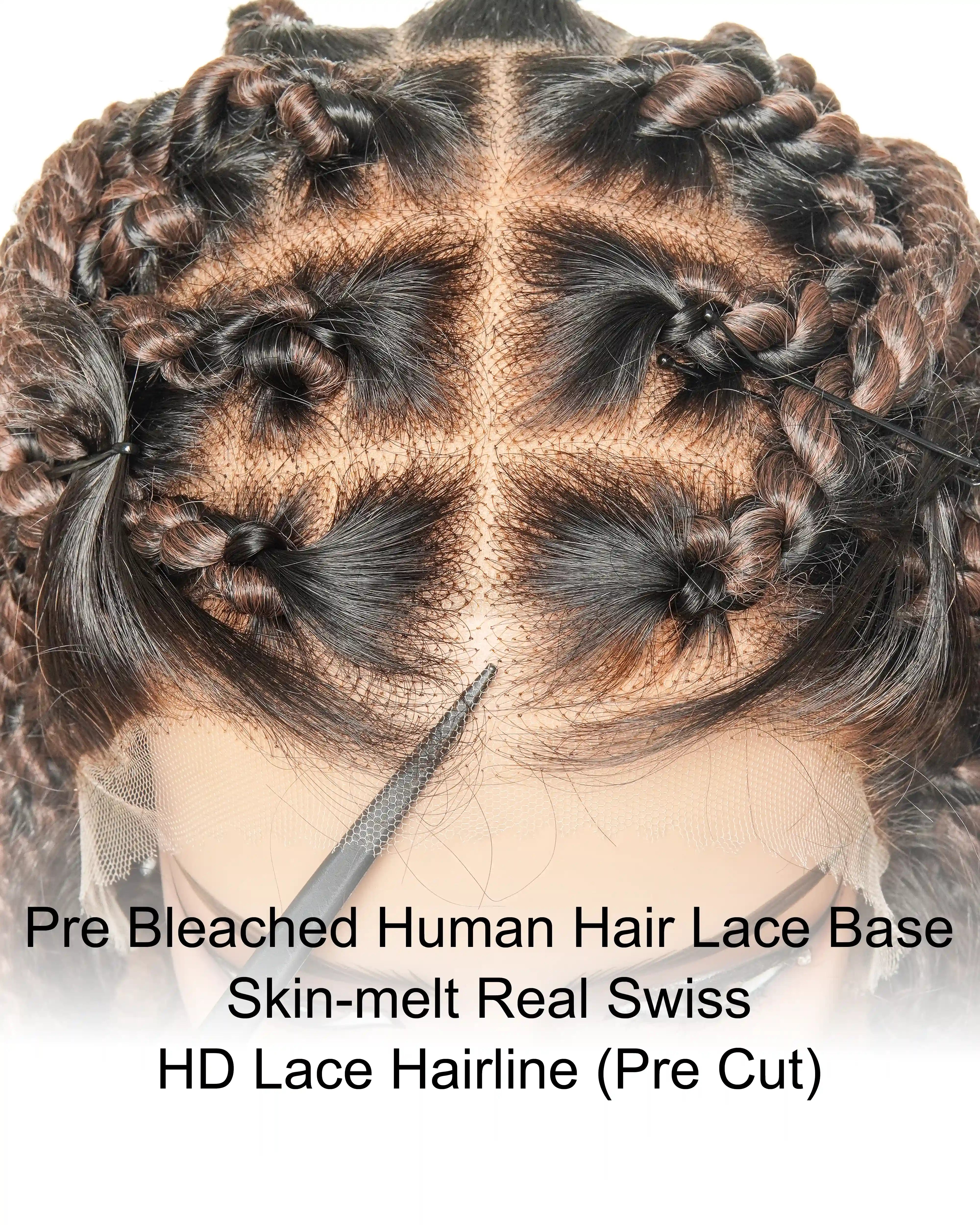
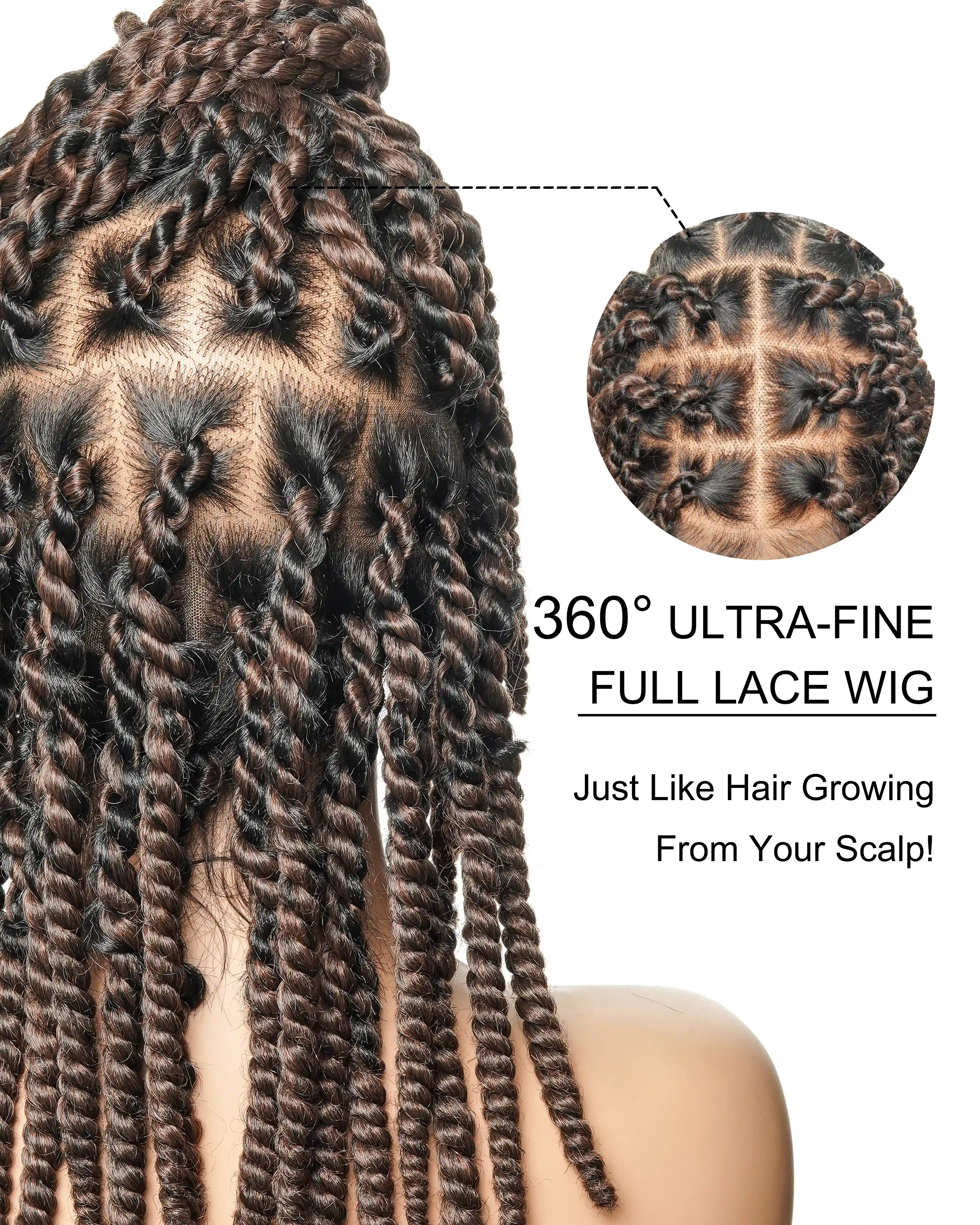
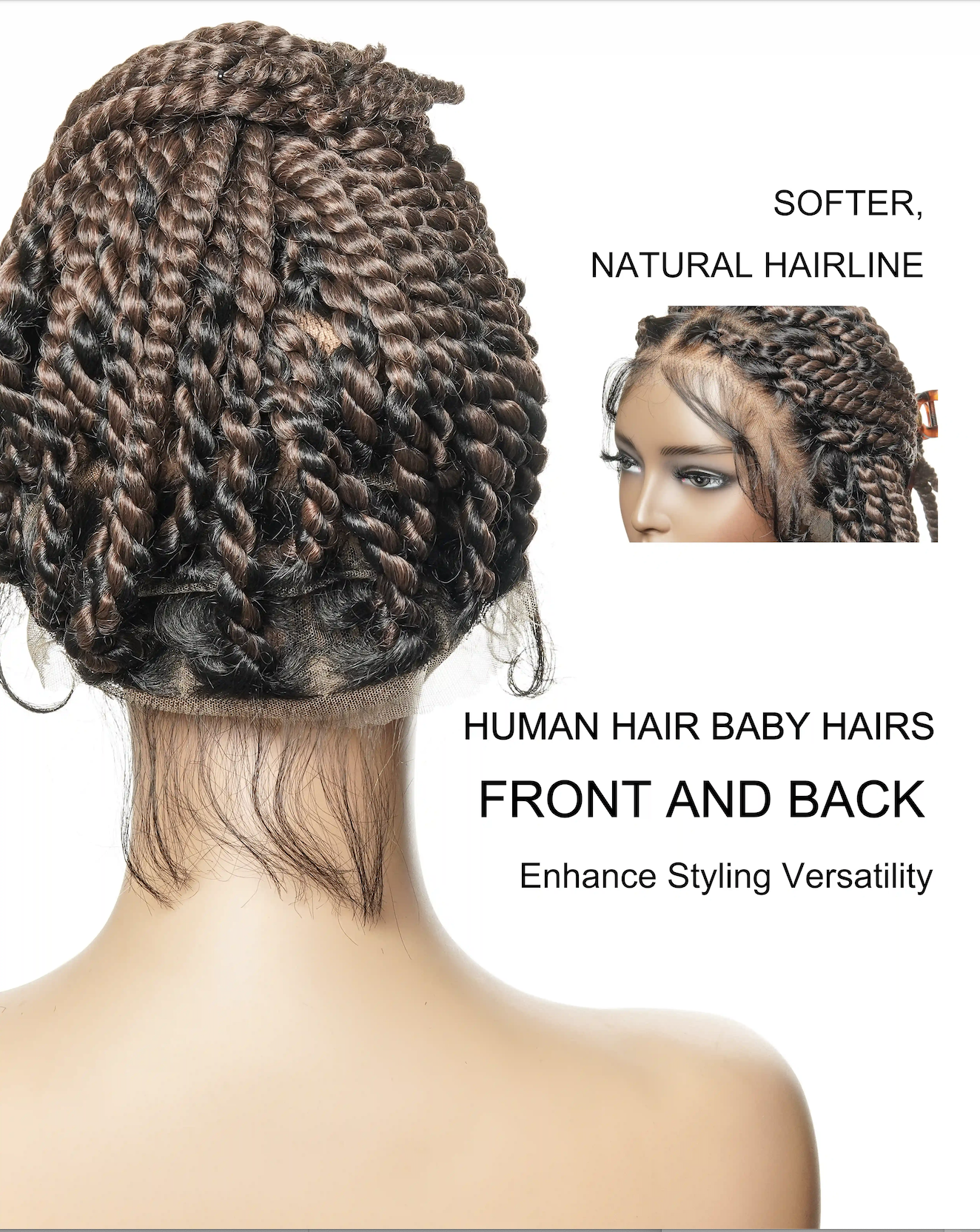
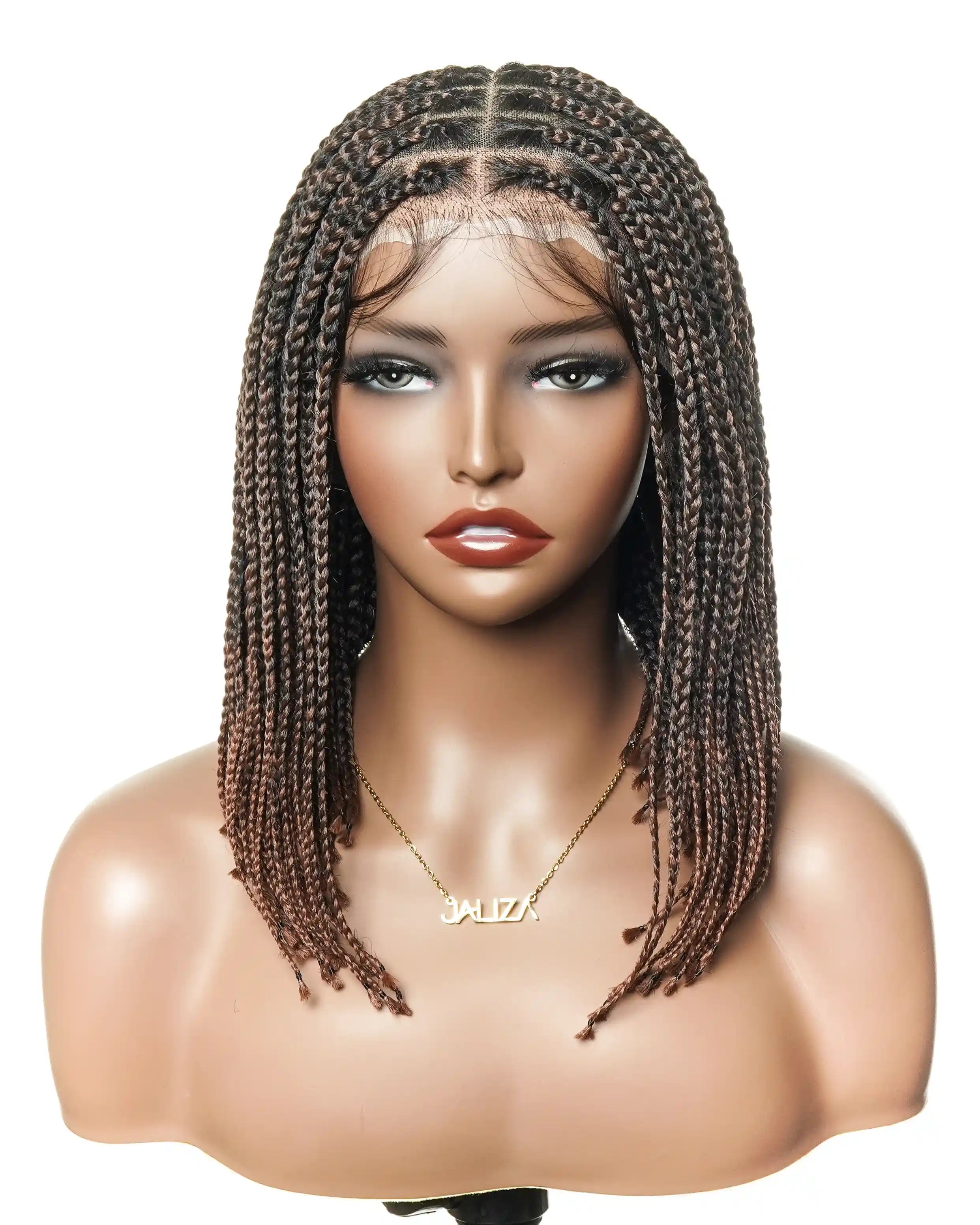
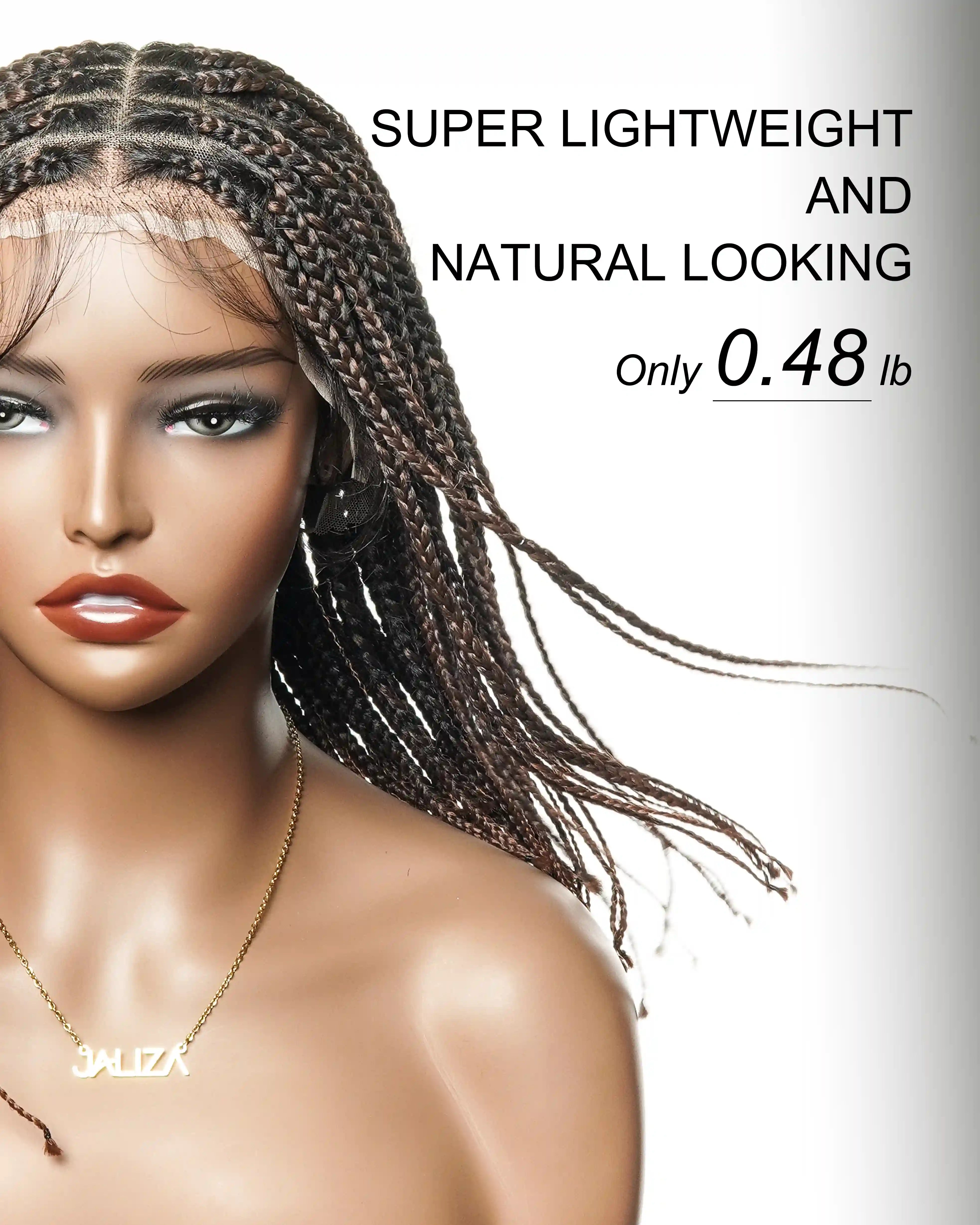
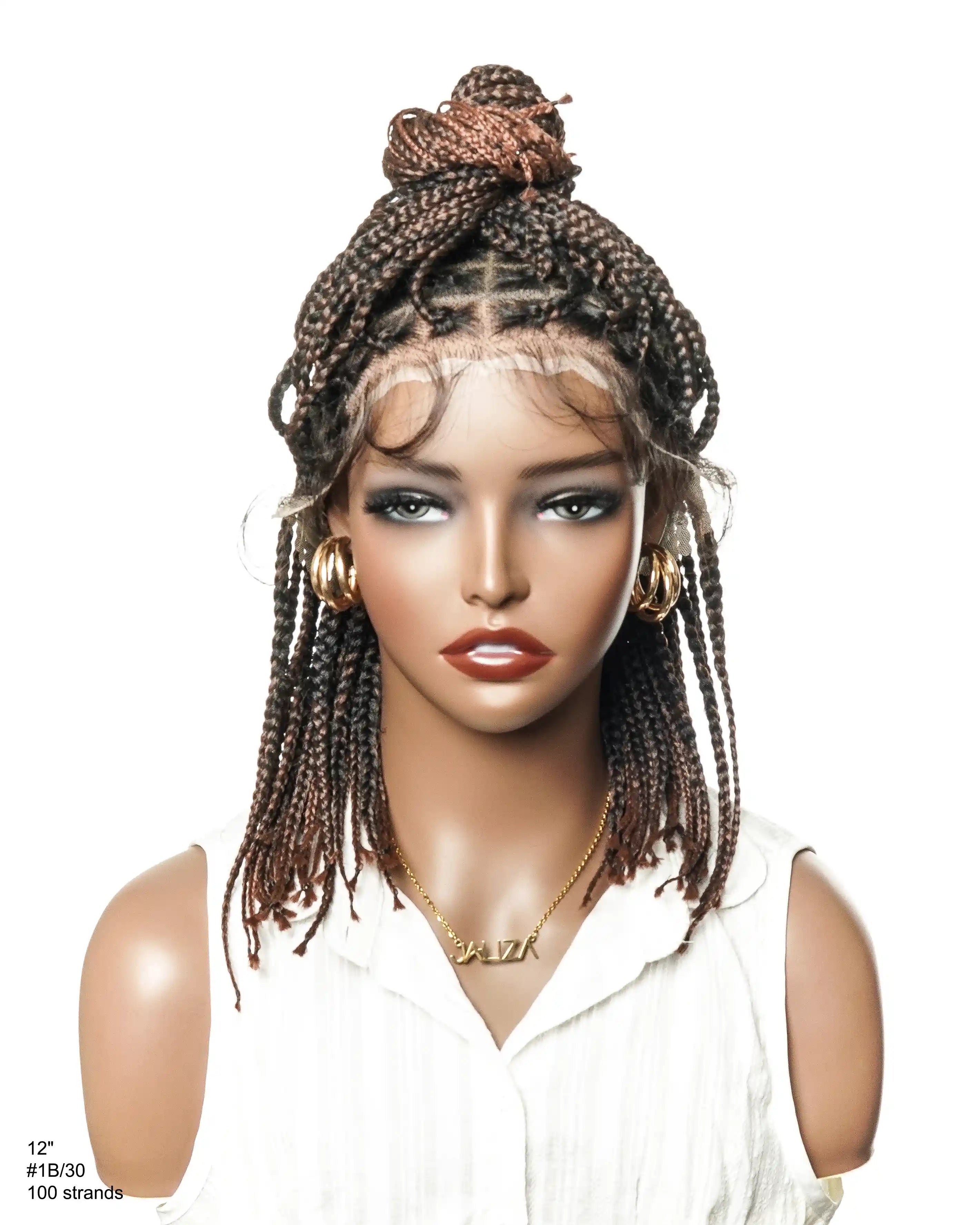
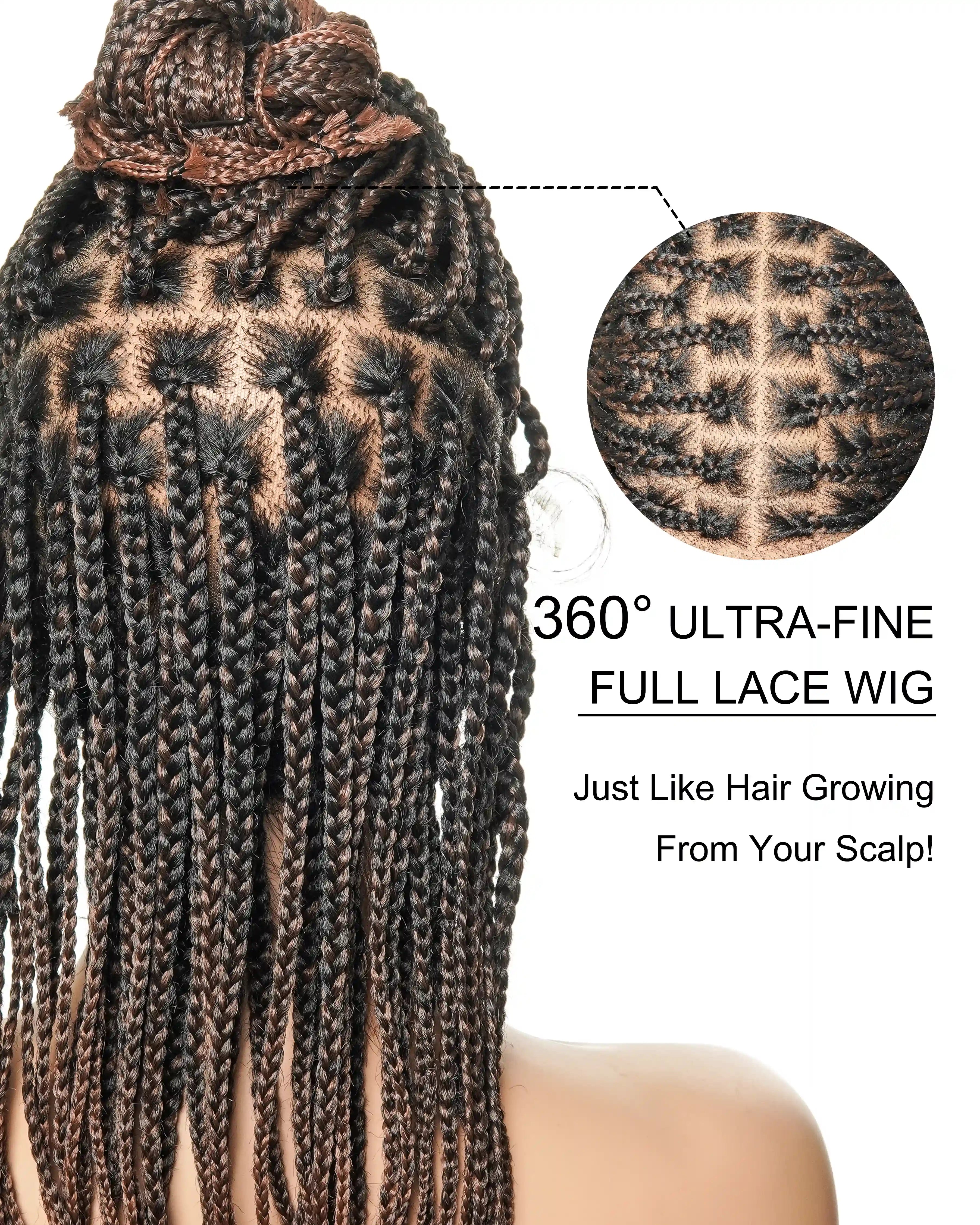
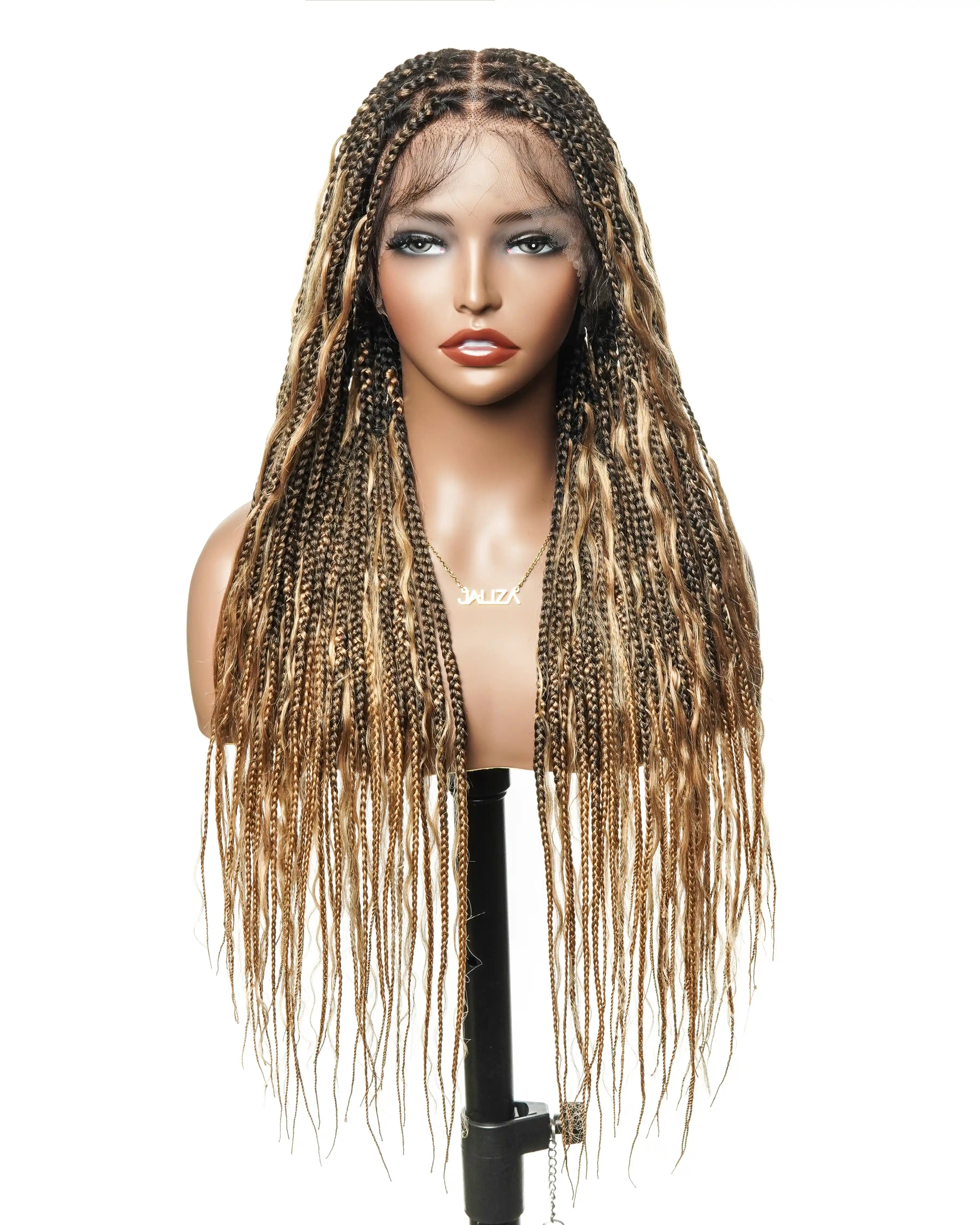
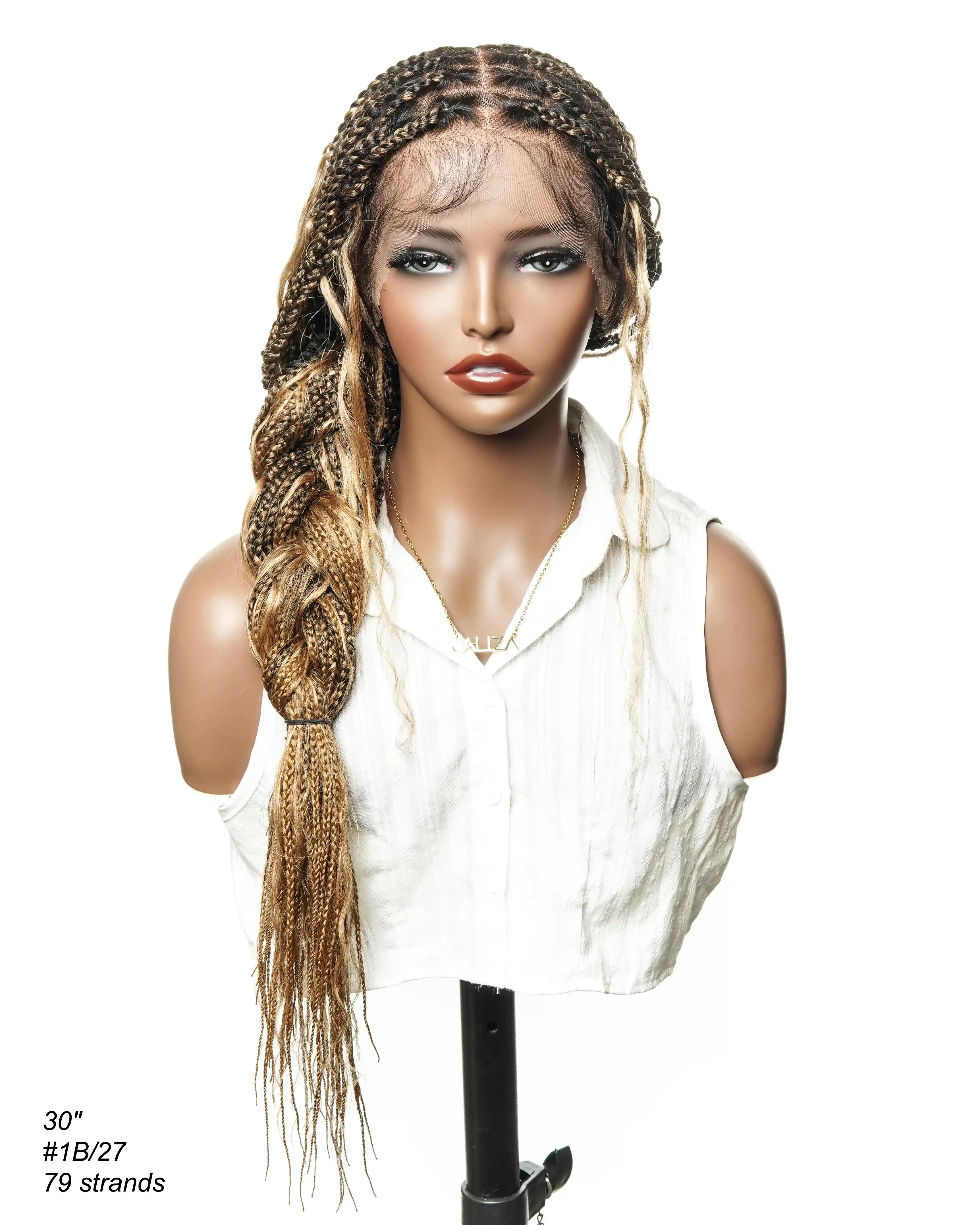
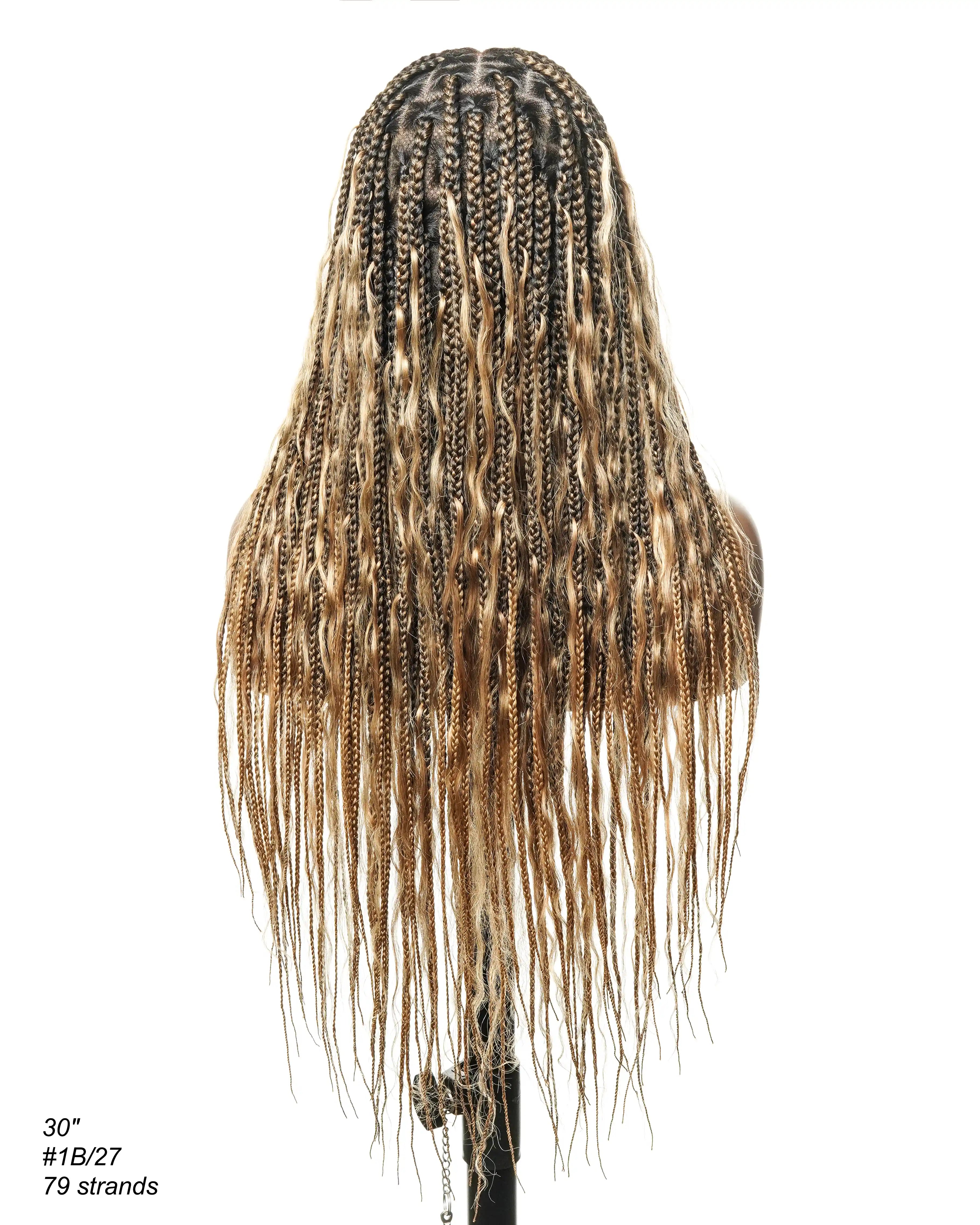
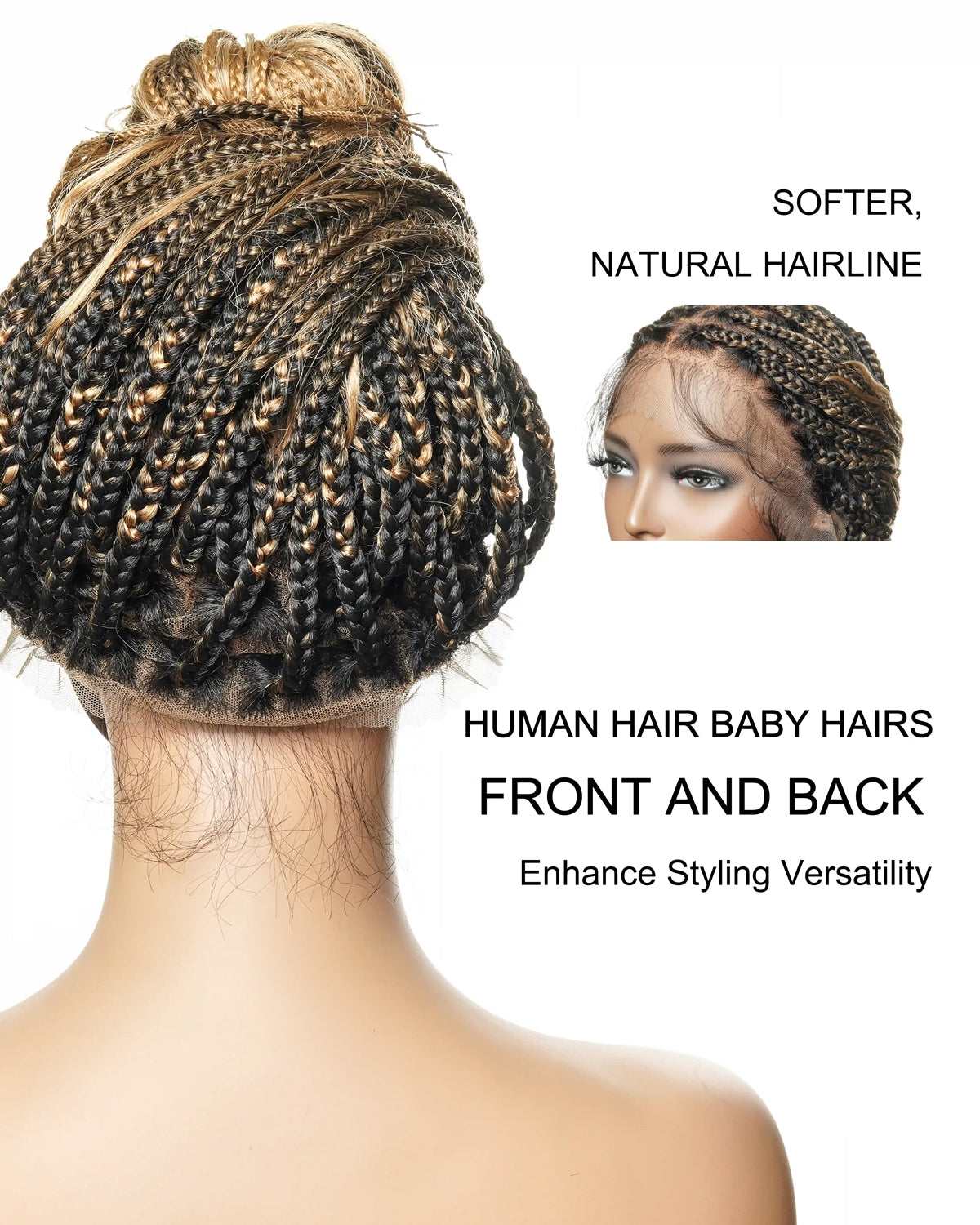
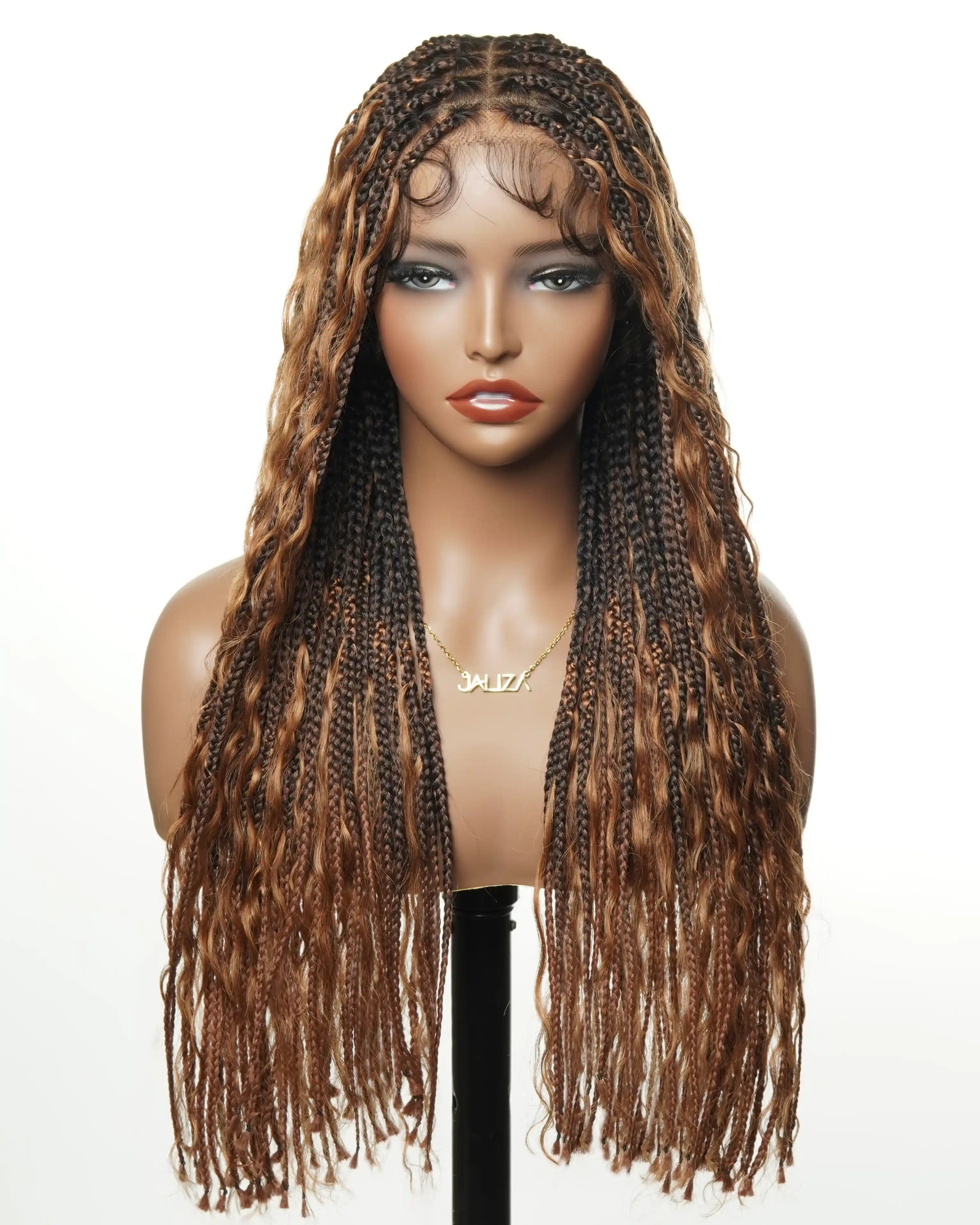
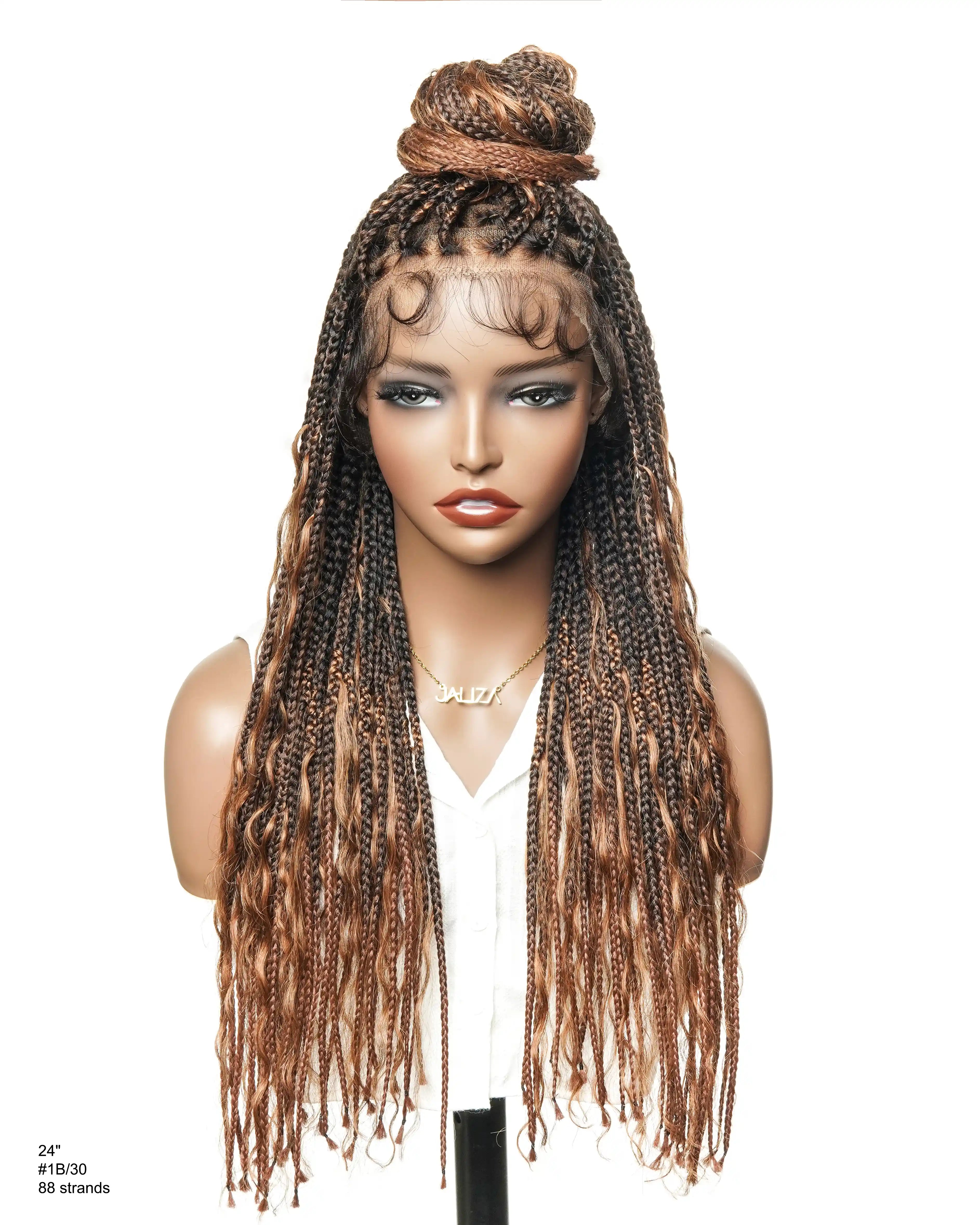
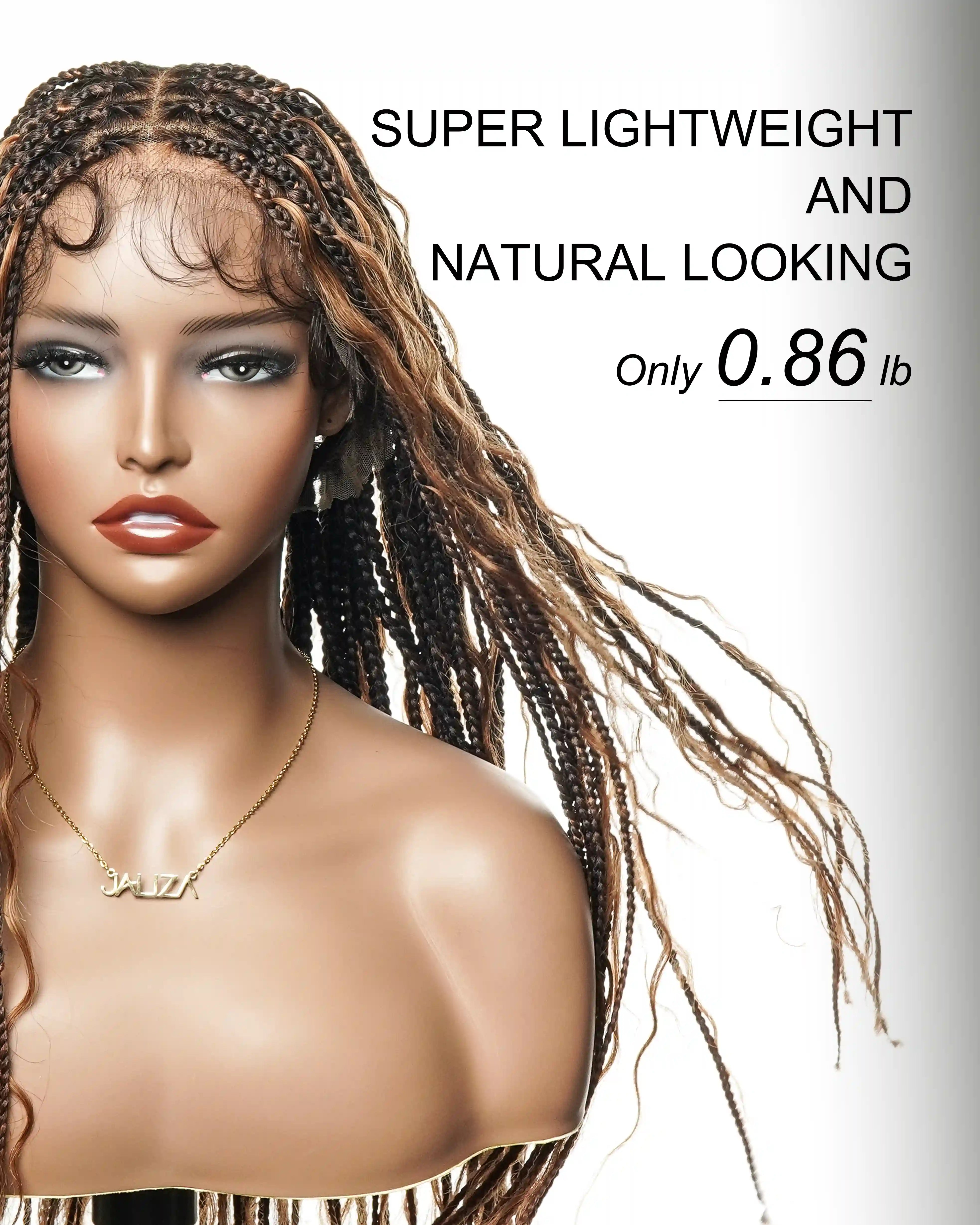
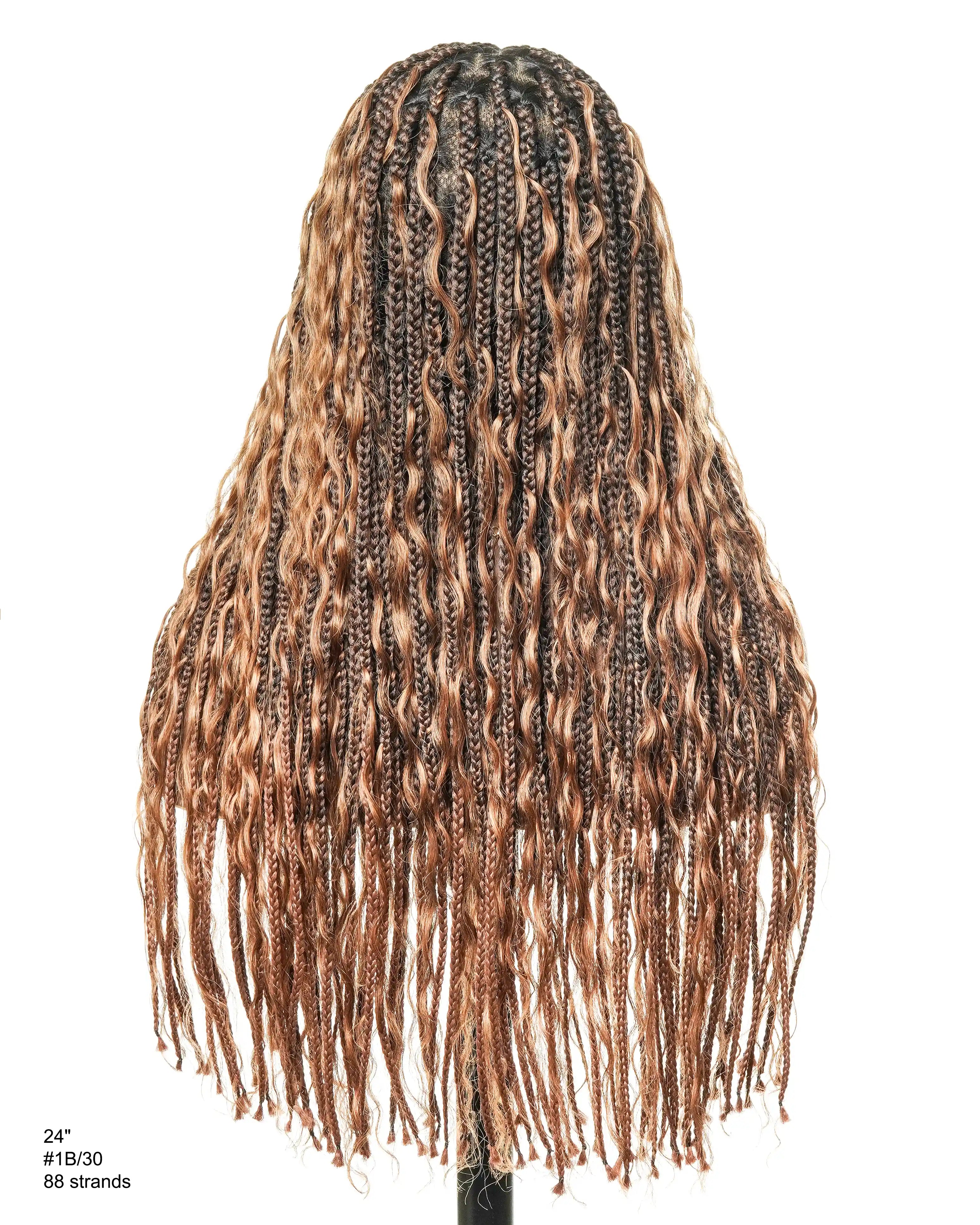
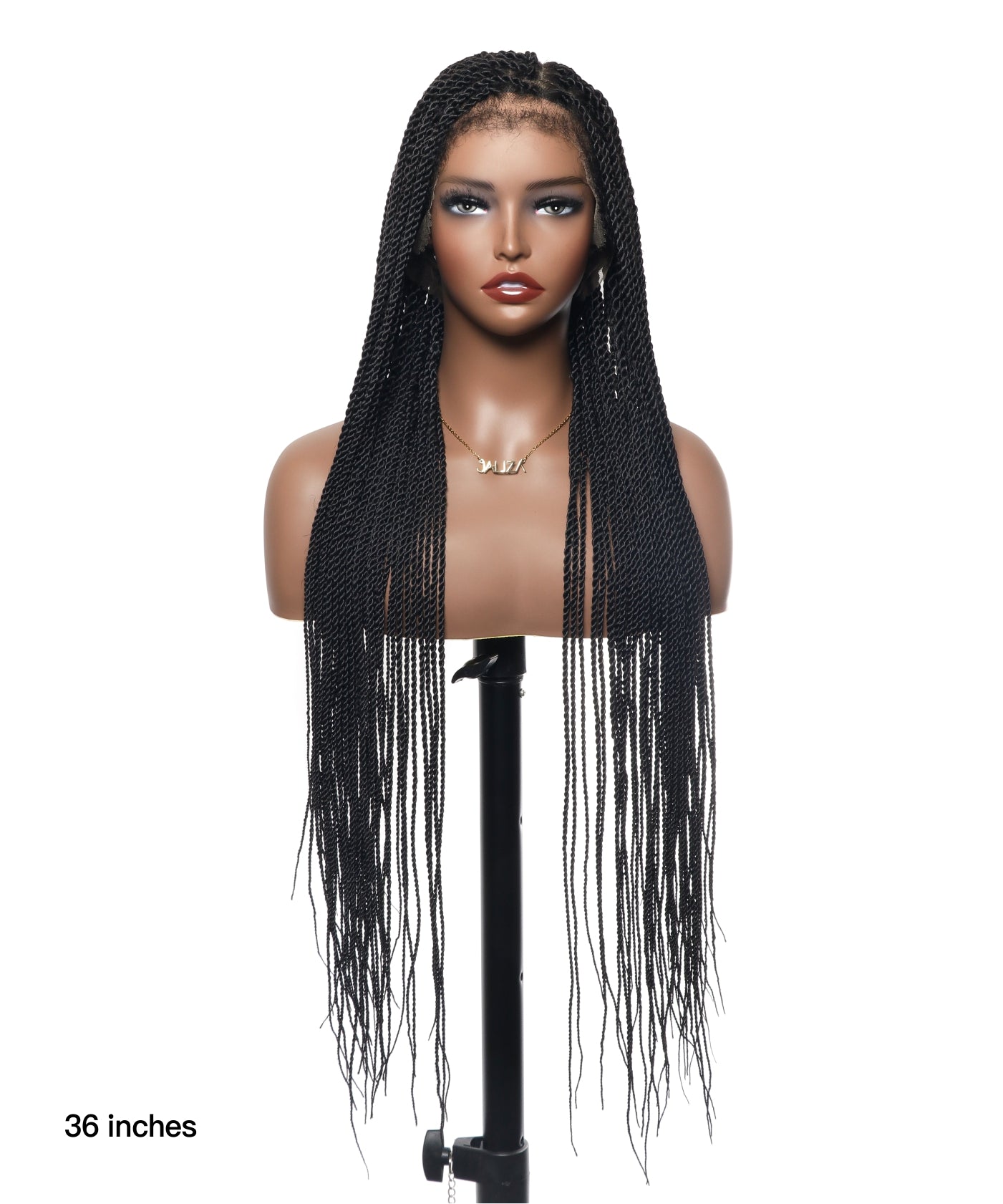
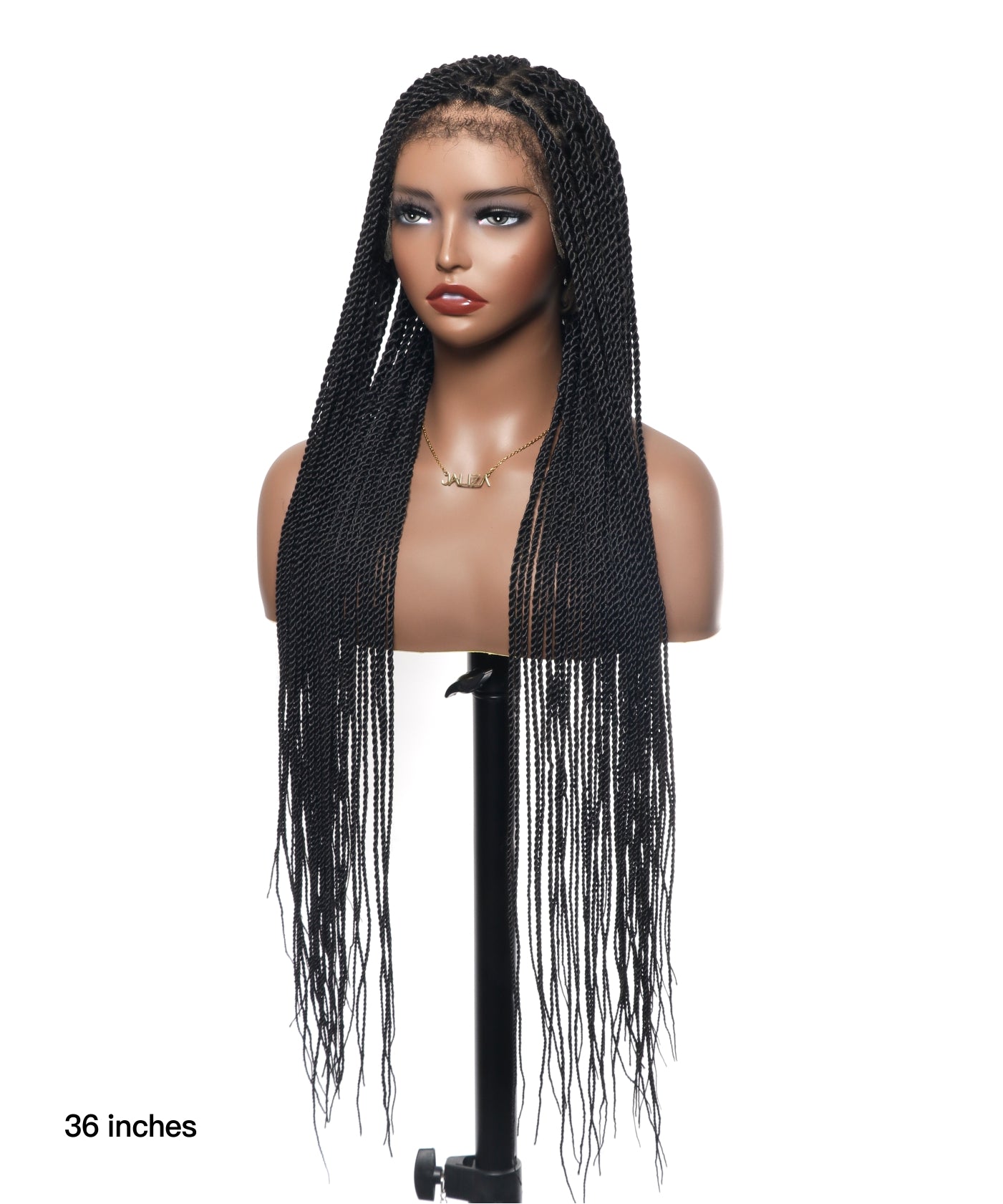
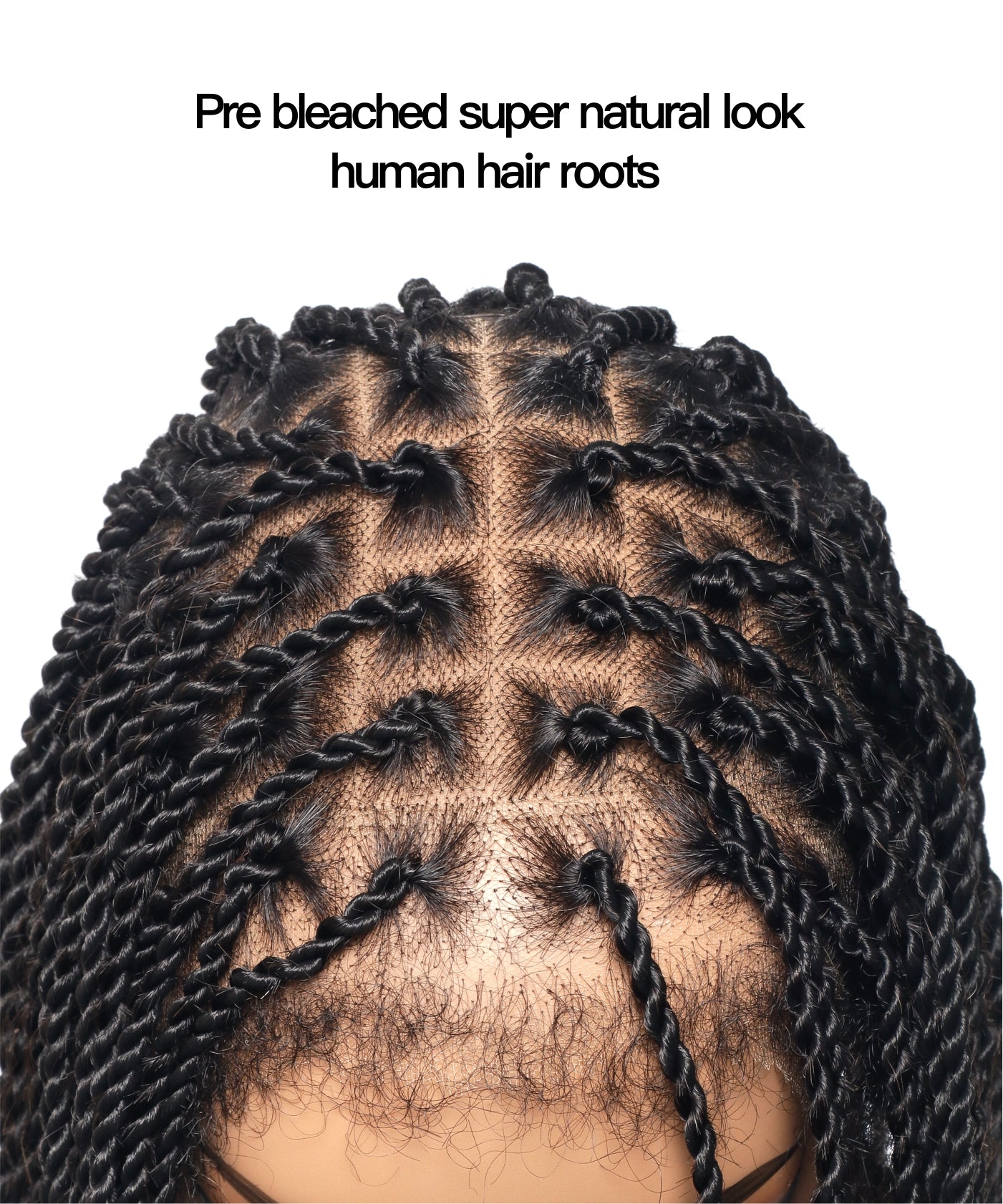
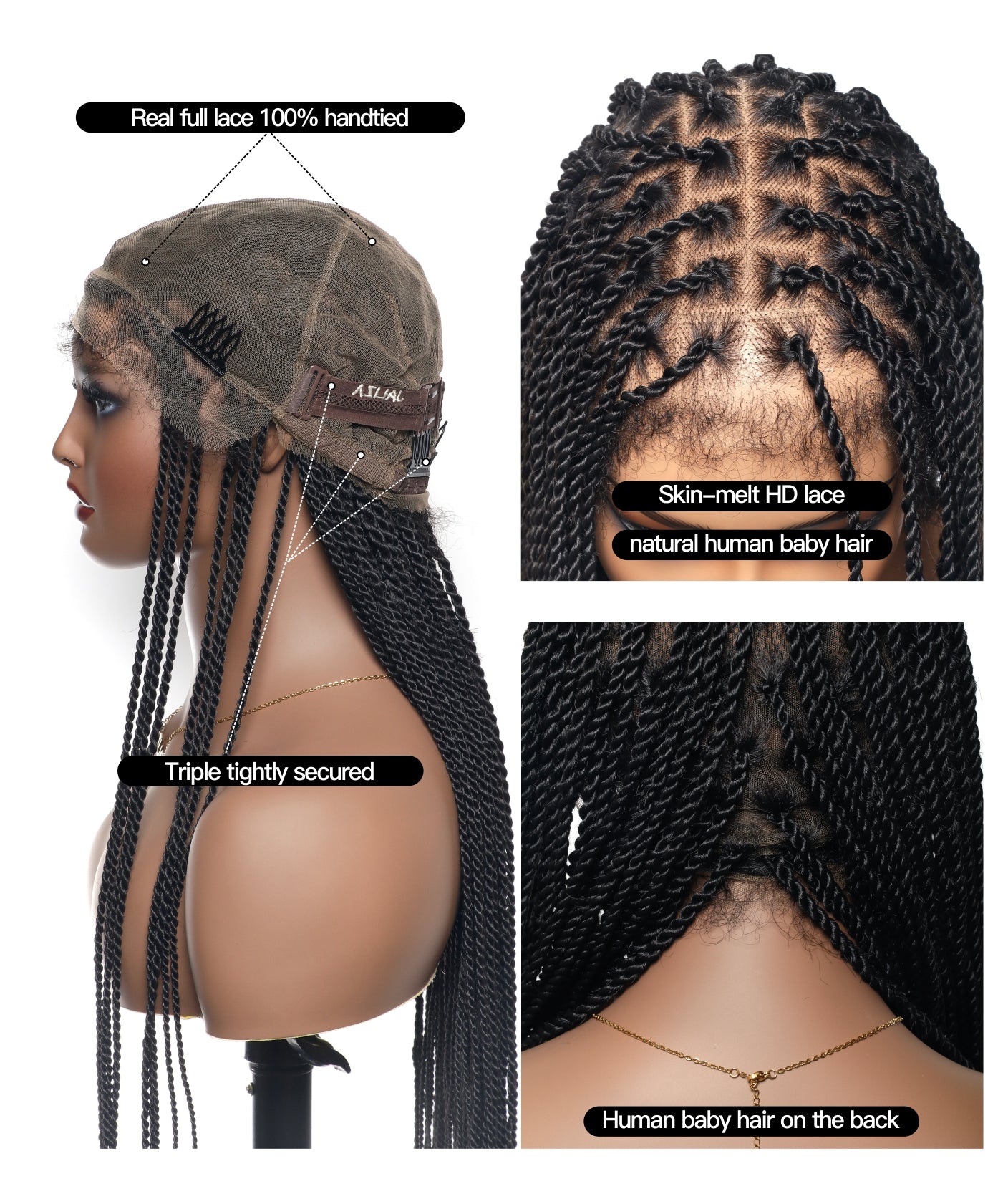
Share:
Unlocking the Secrets to Fuller Knotless Braids: Avoiding the Scalpy Look
Selecting the Perfect Hair Extensions for Flawless Cornrow Braids